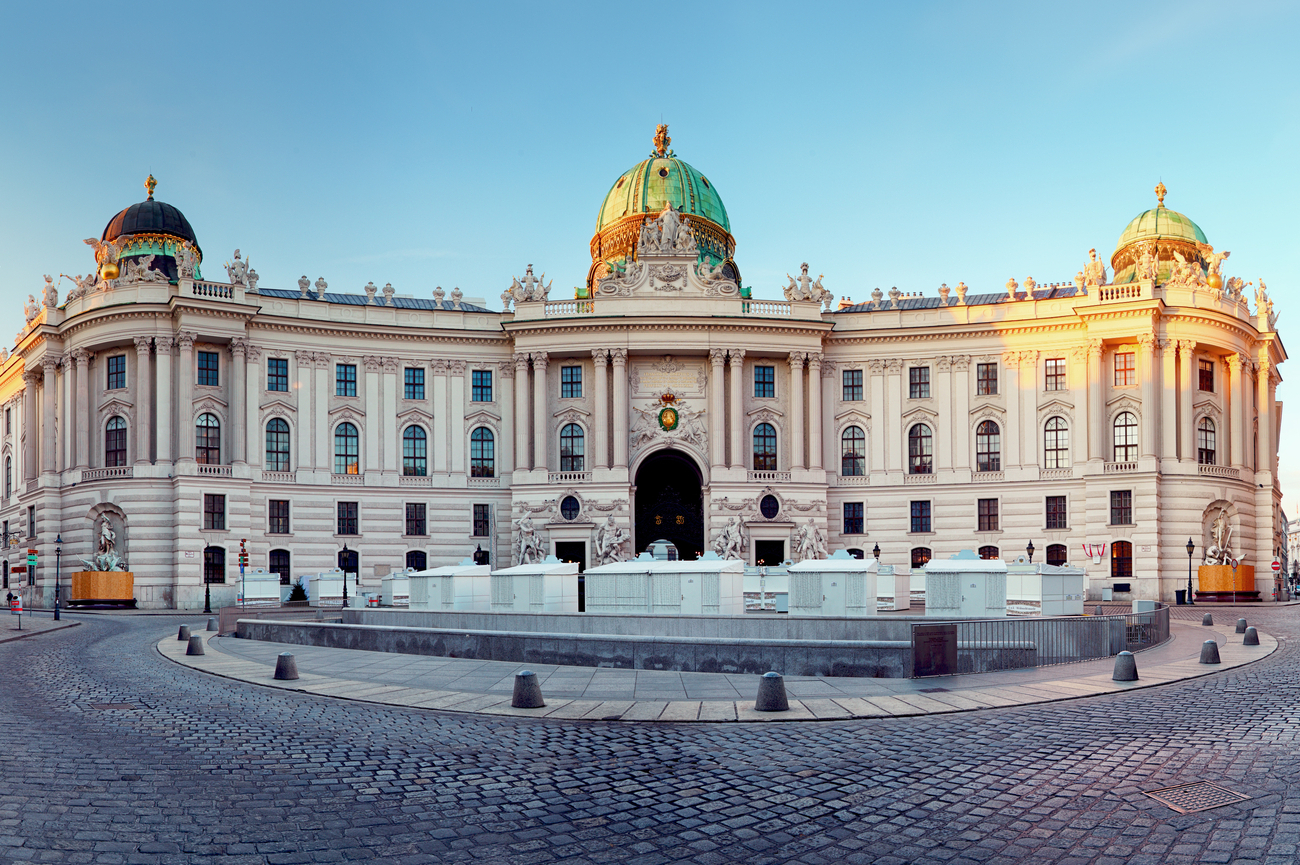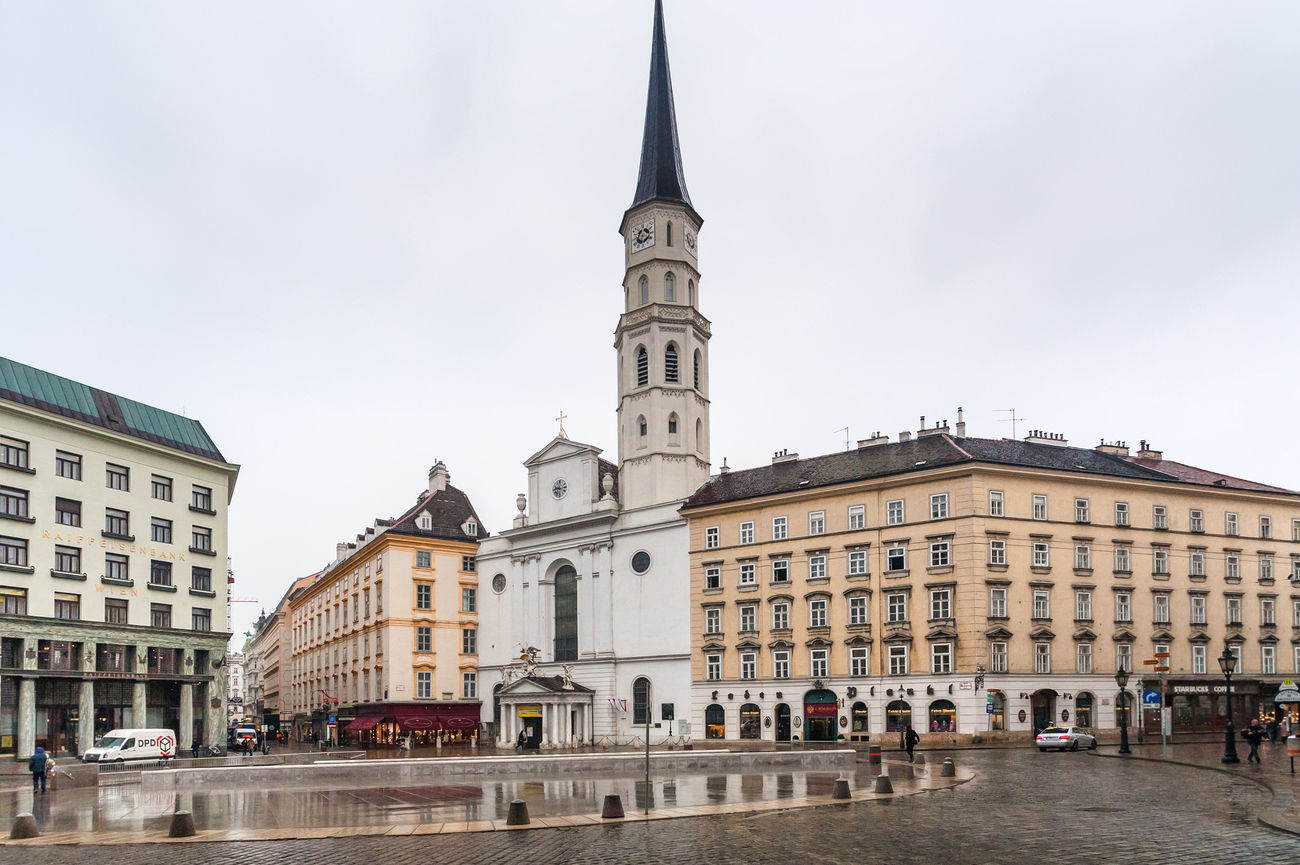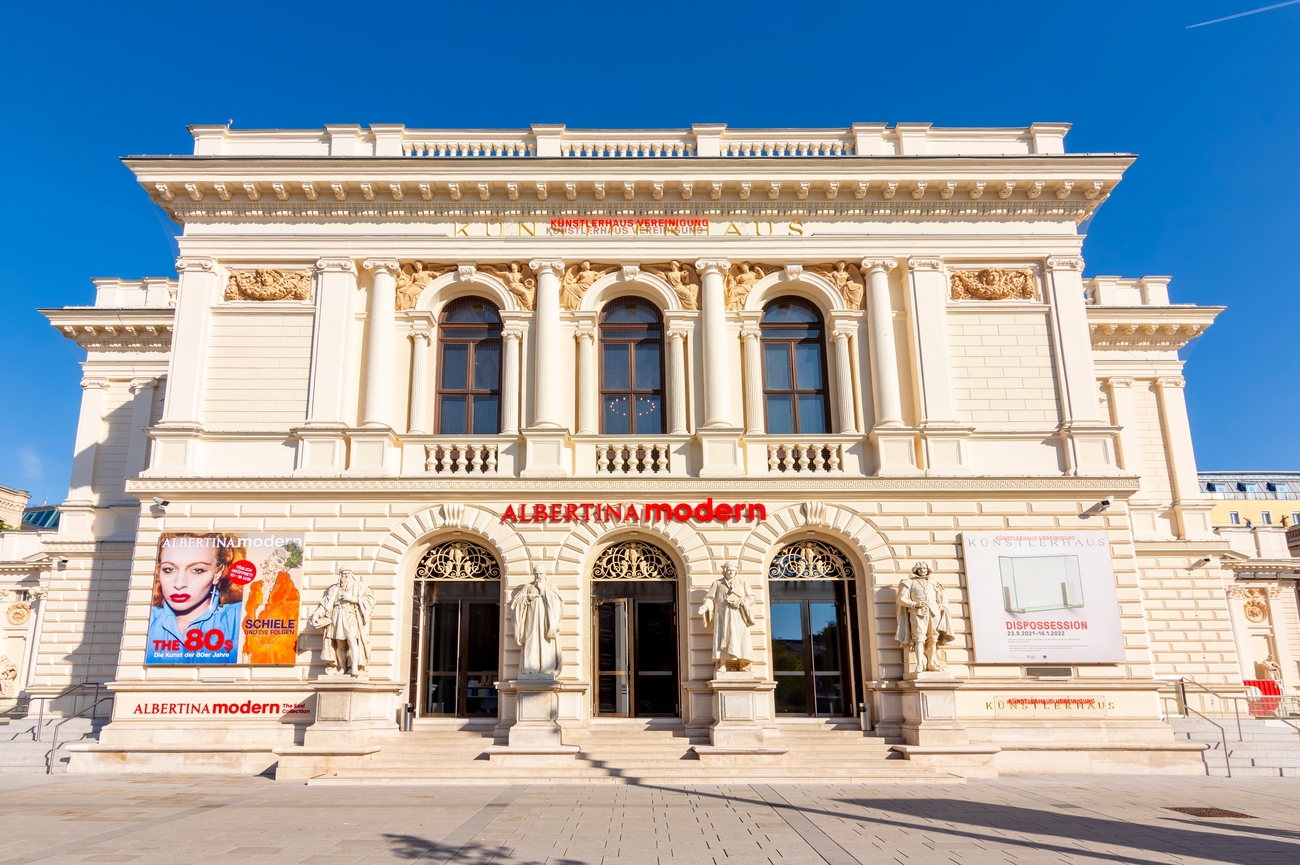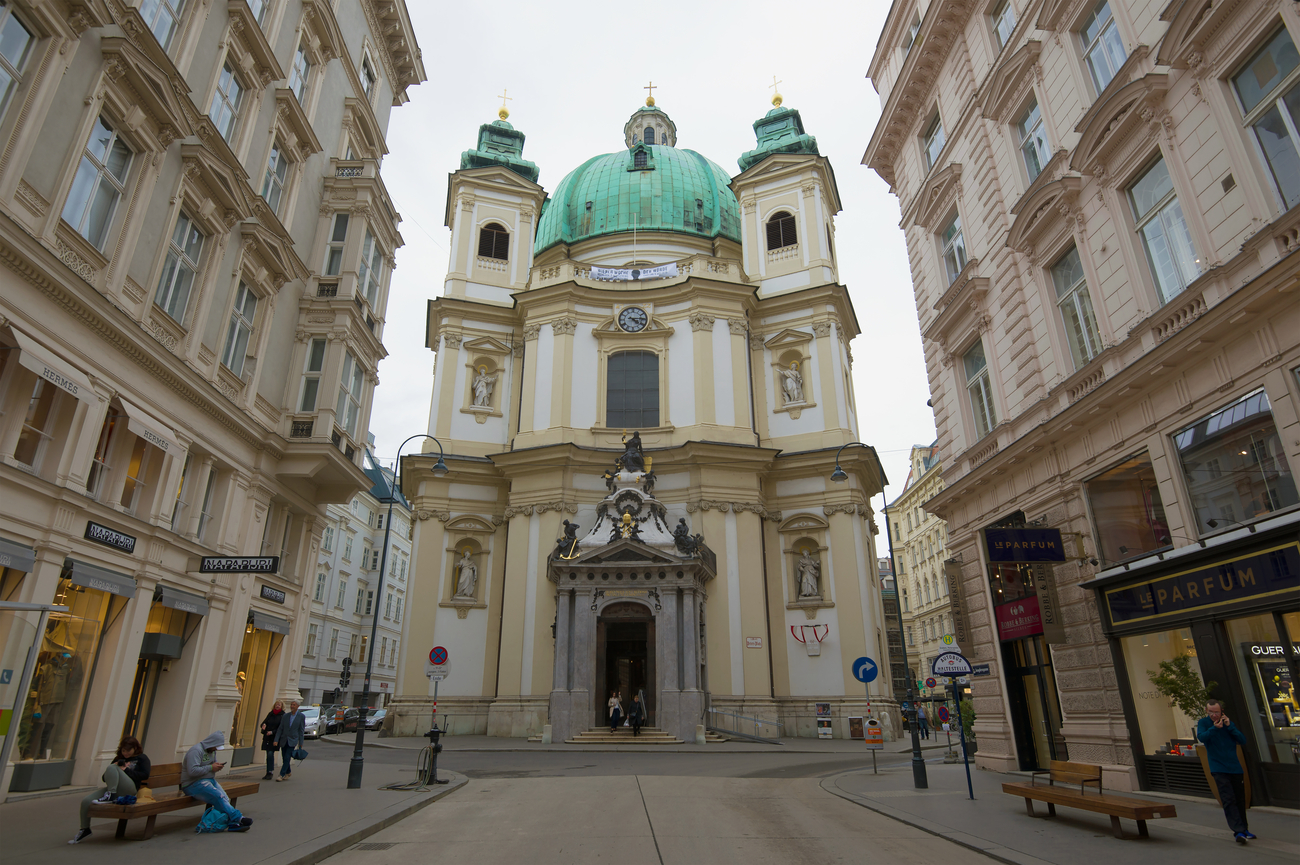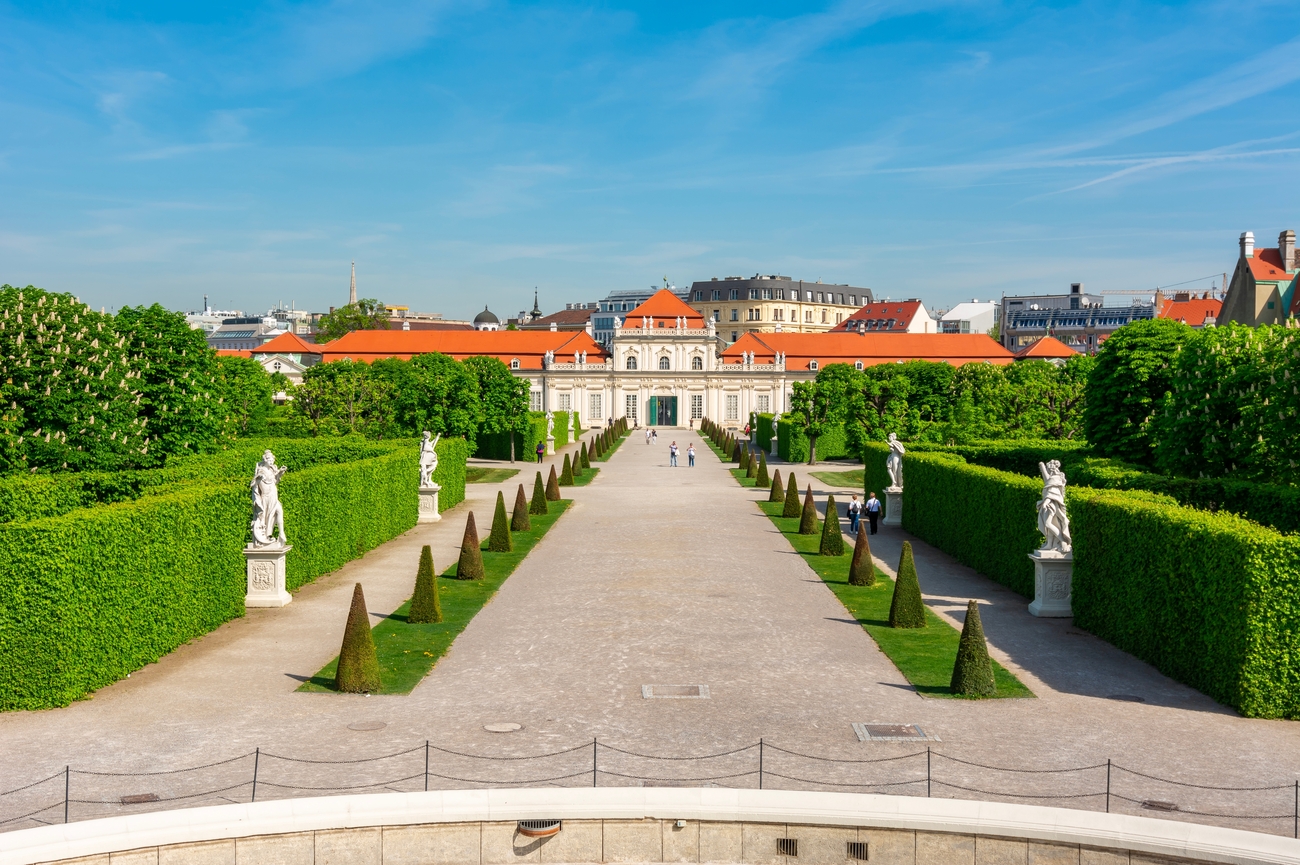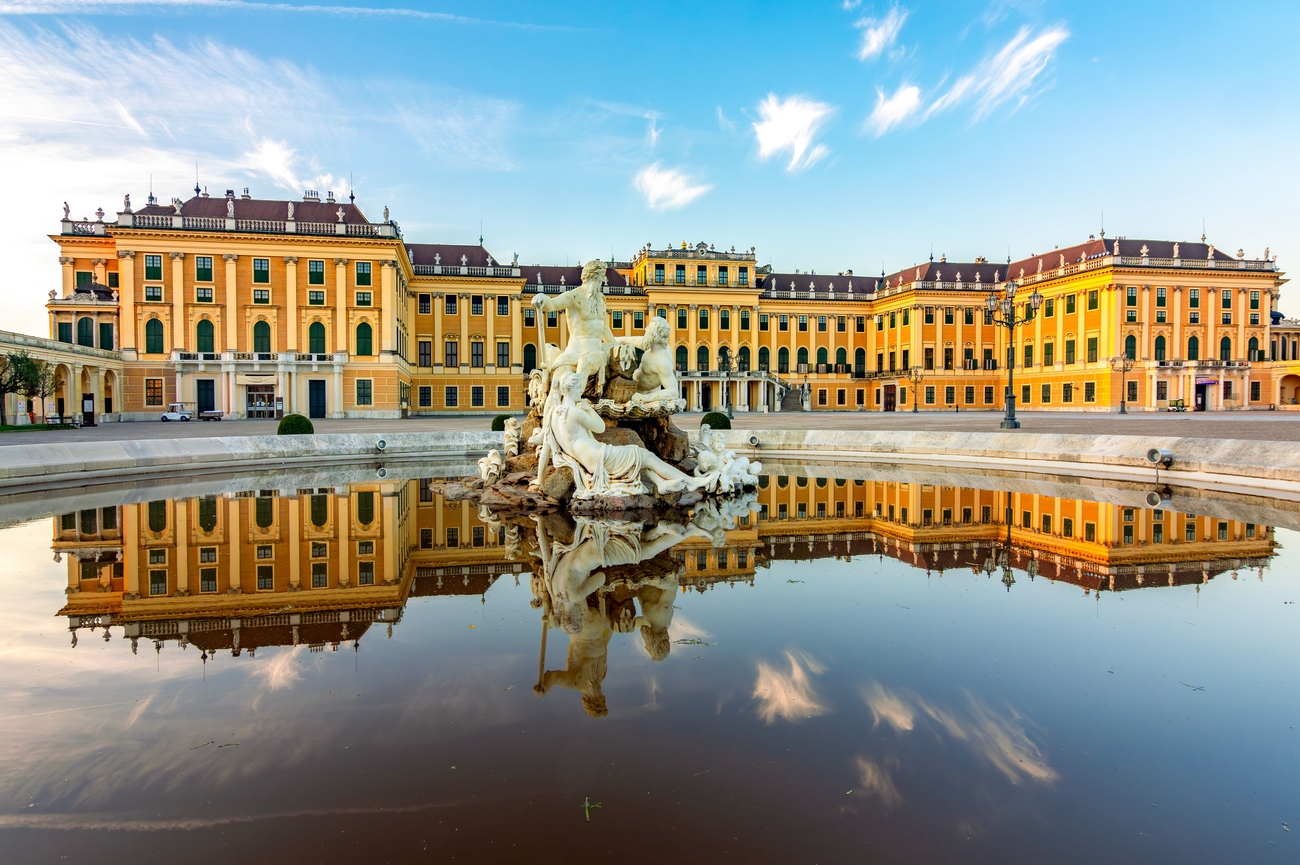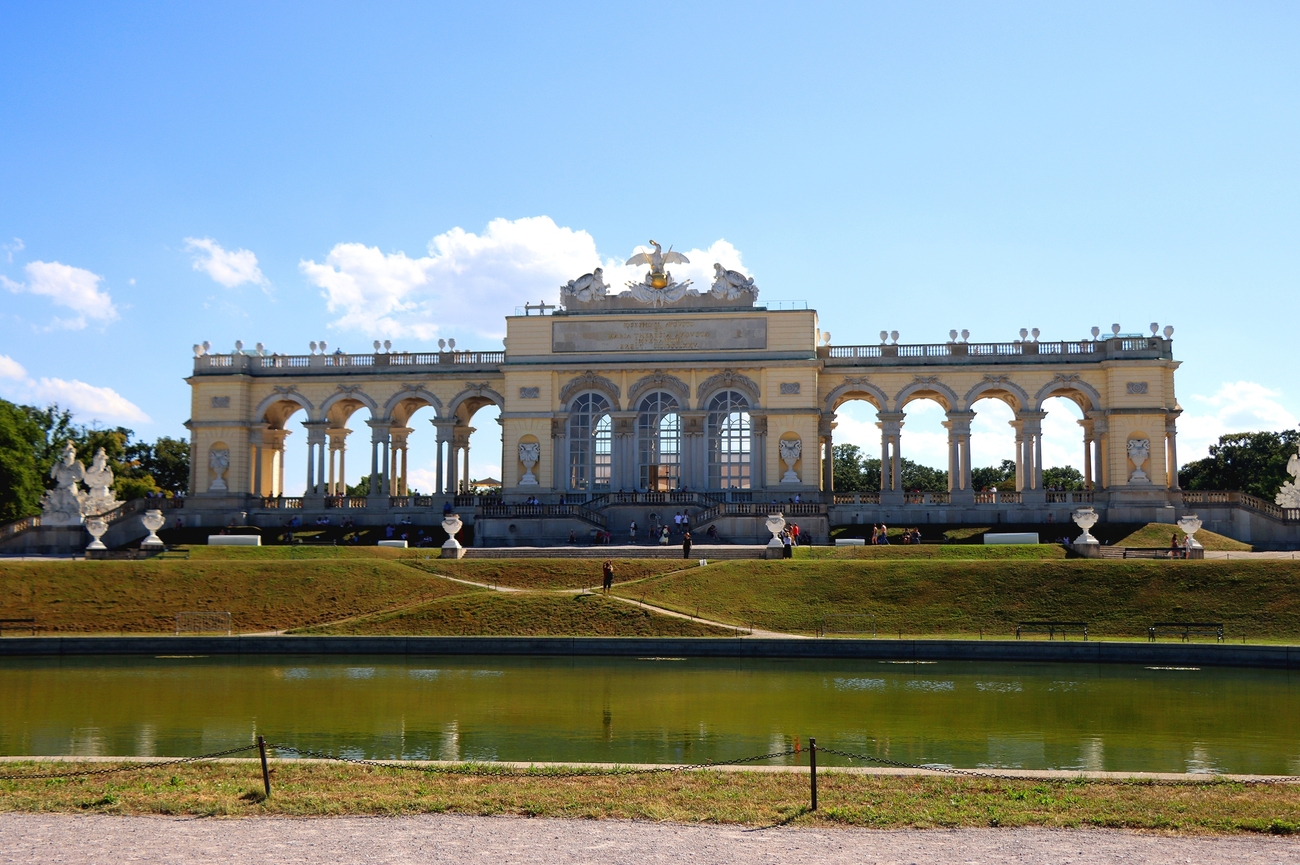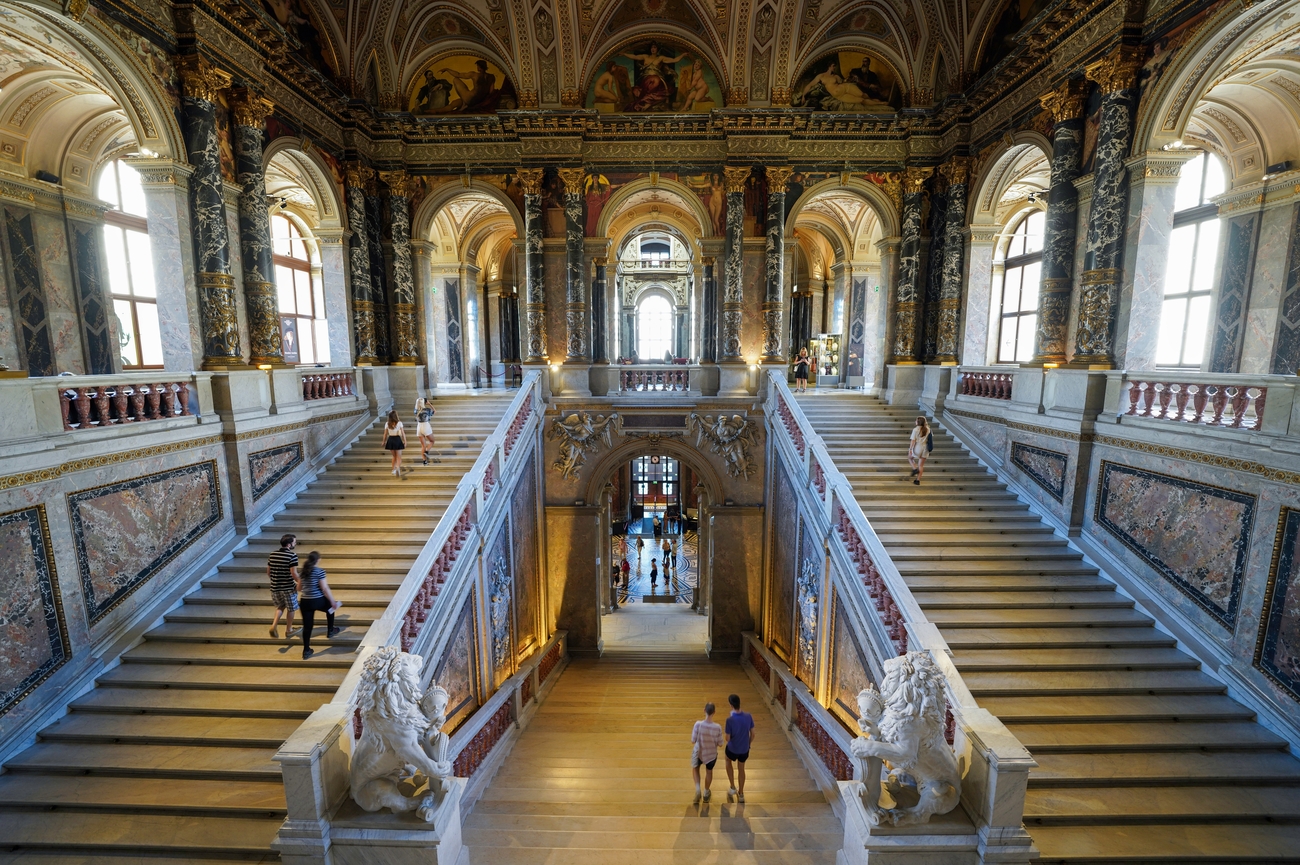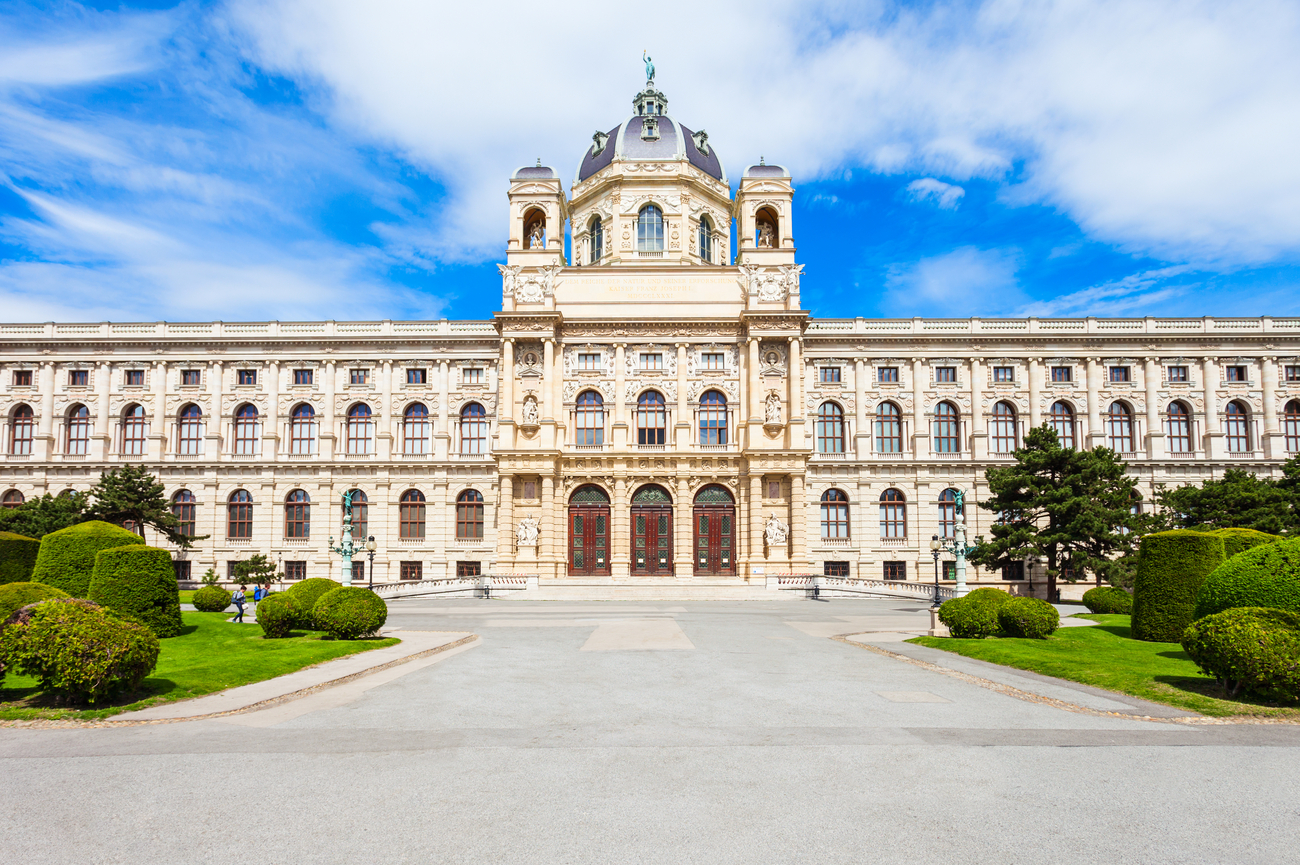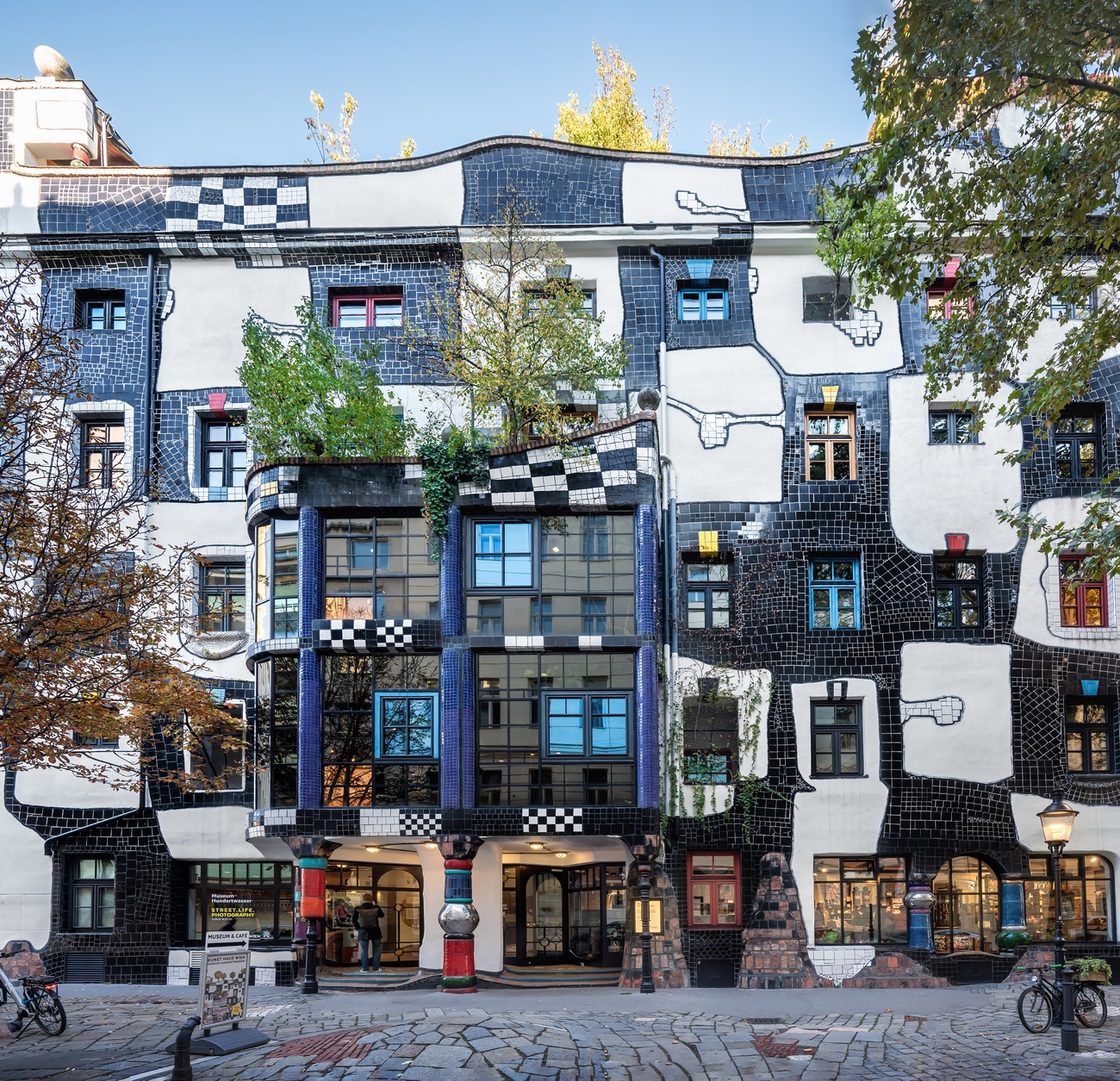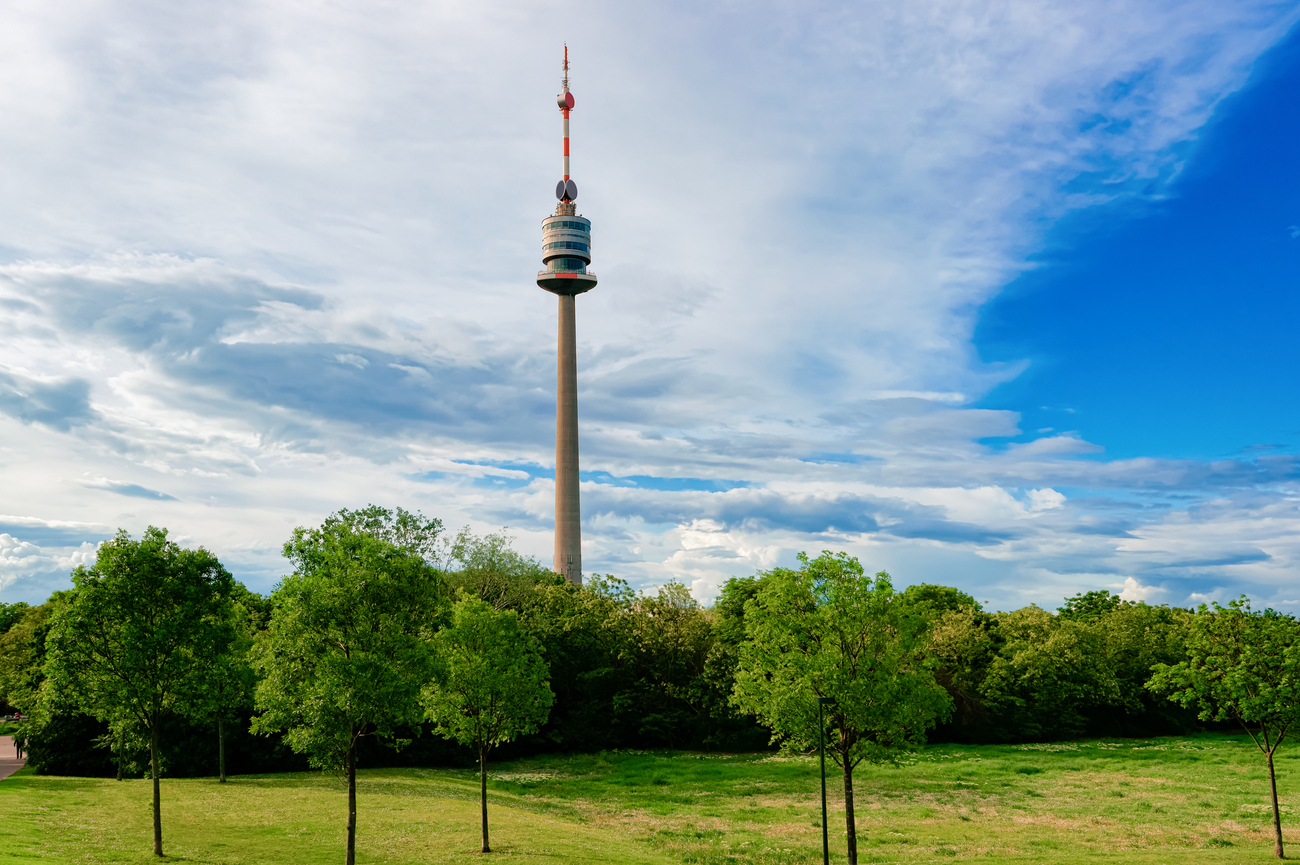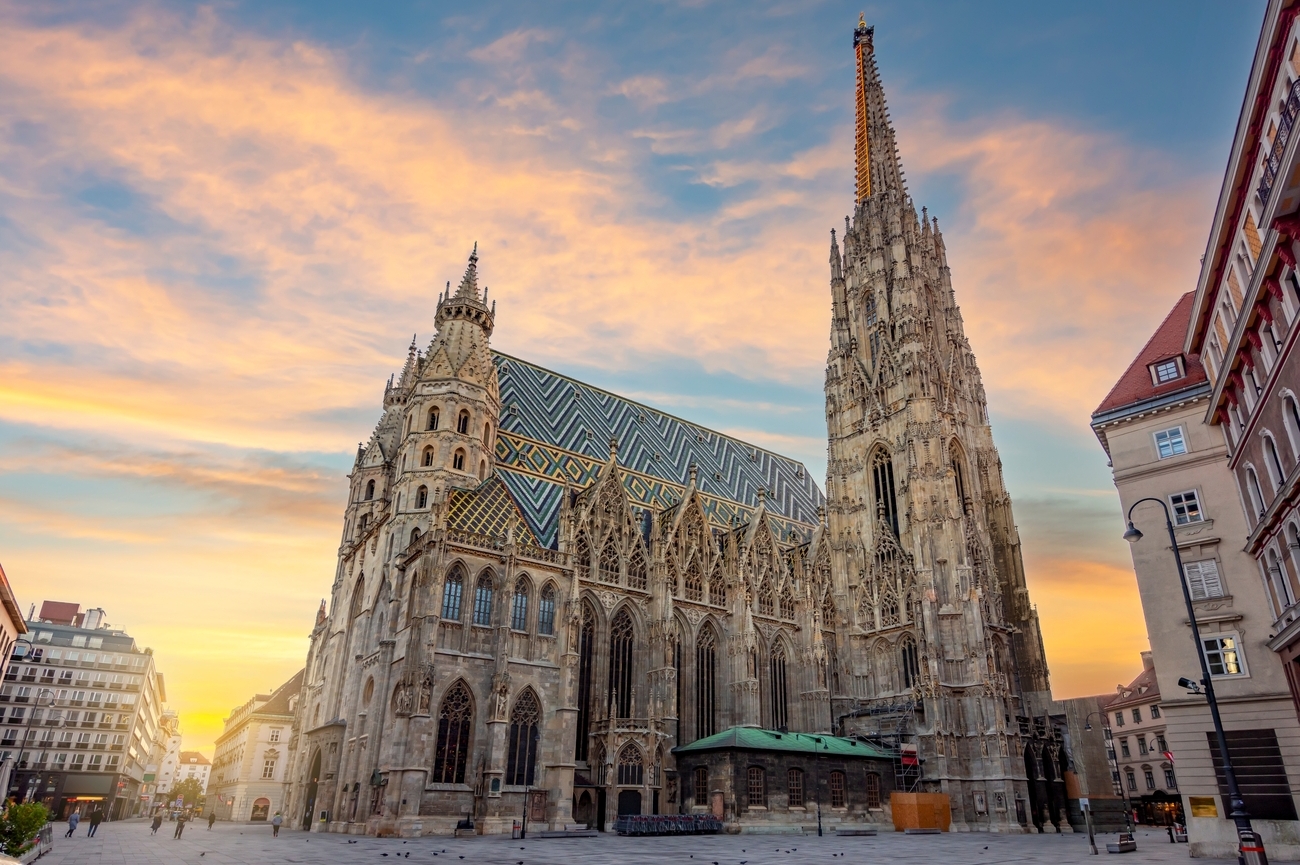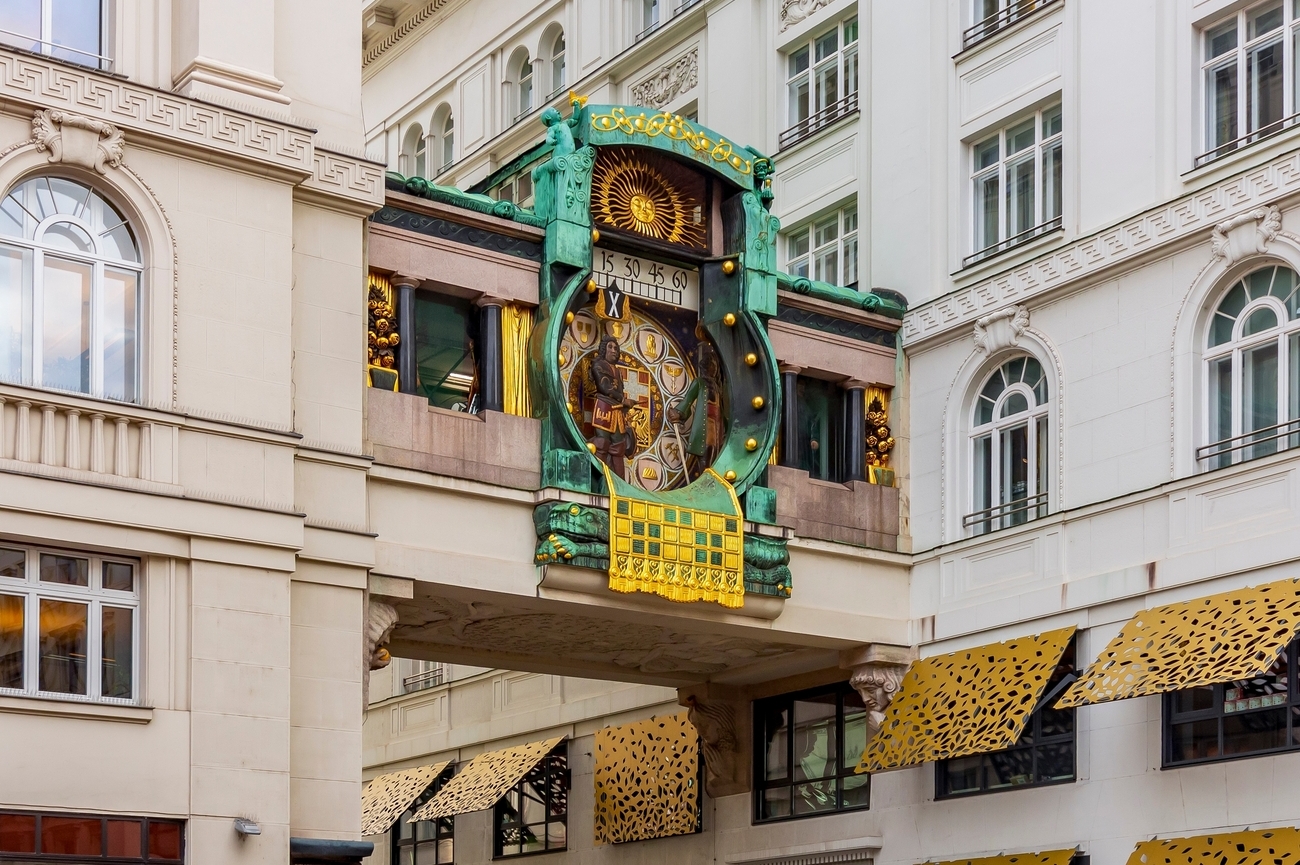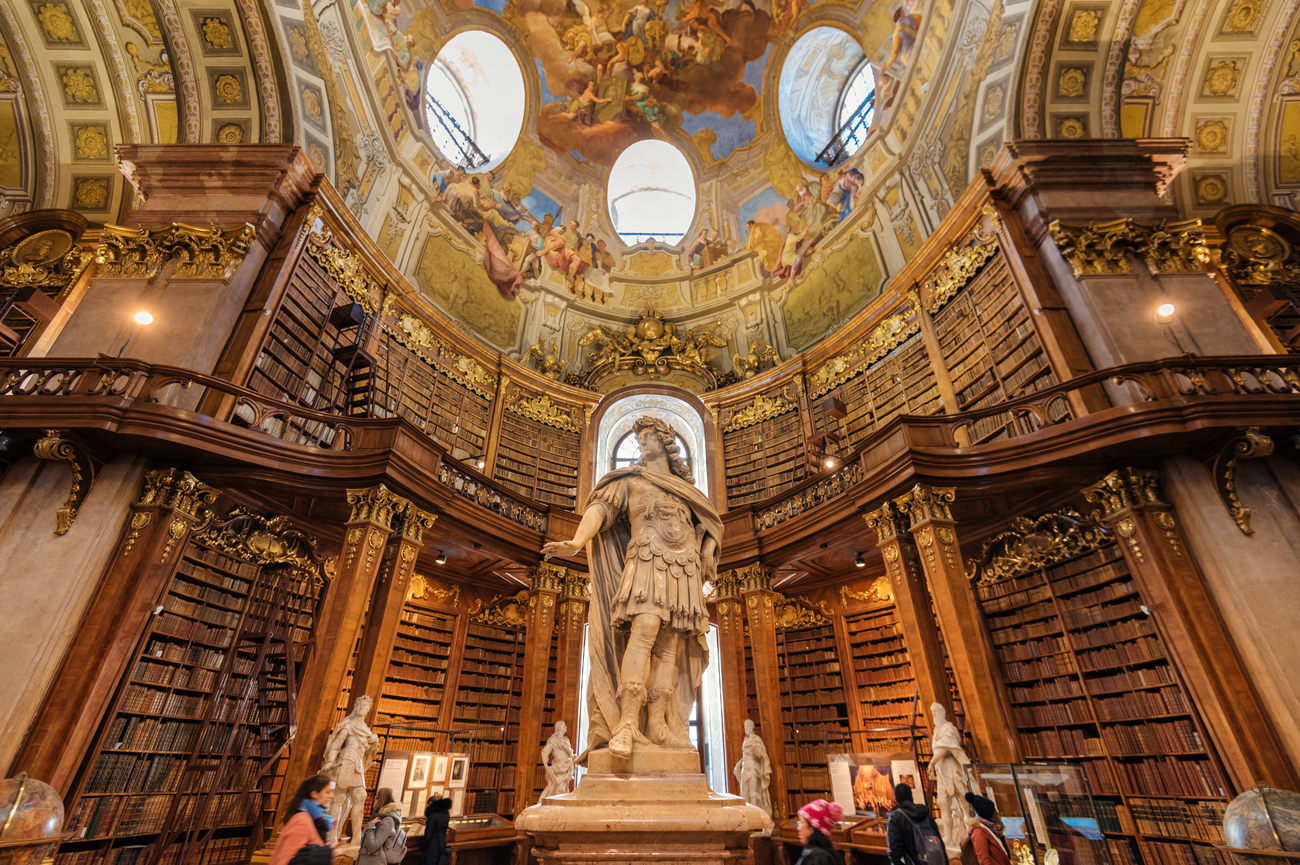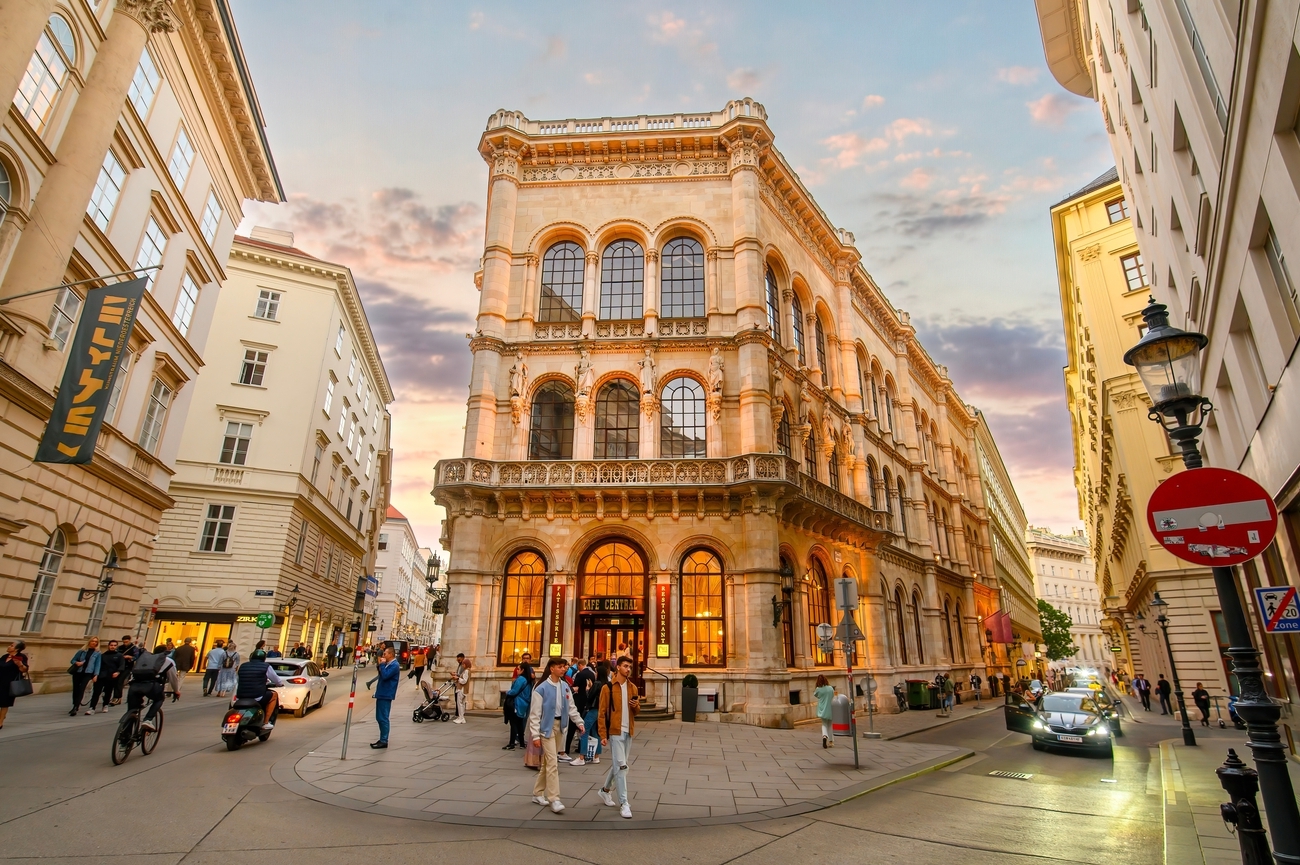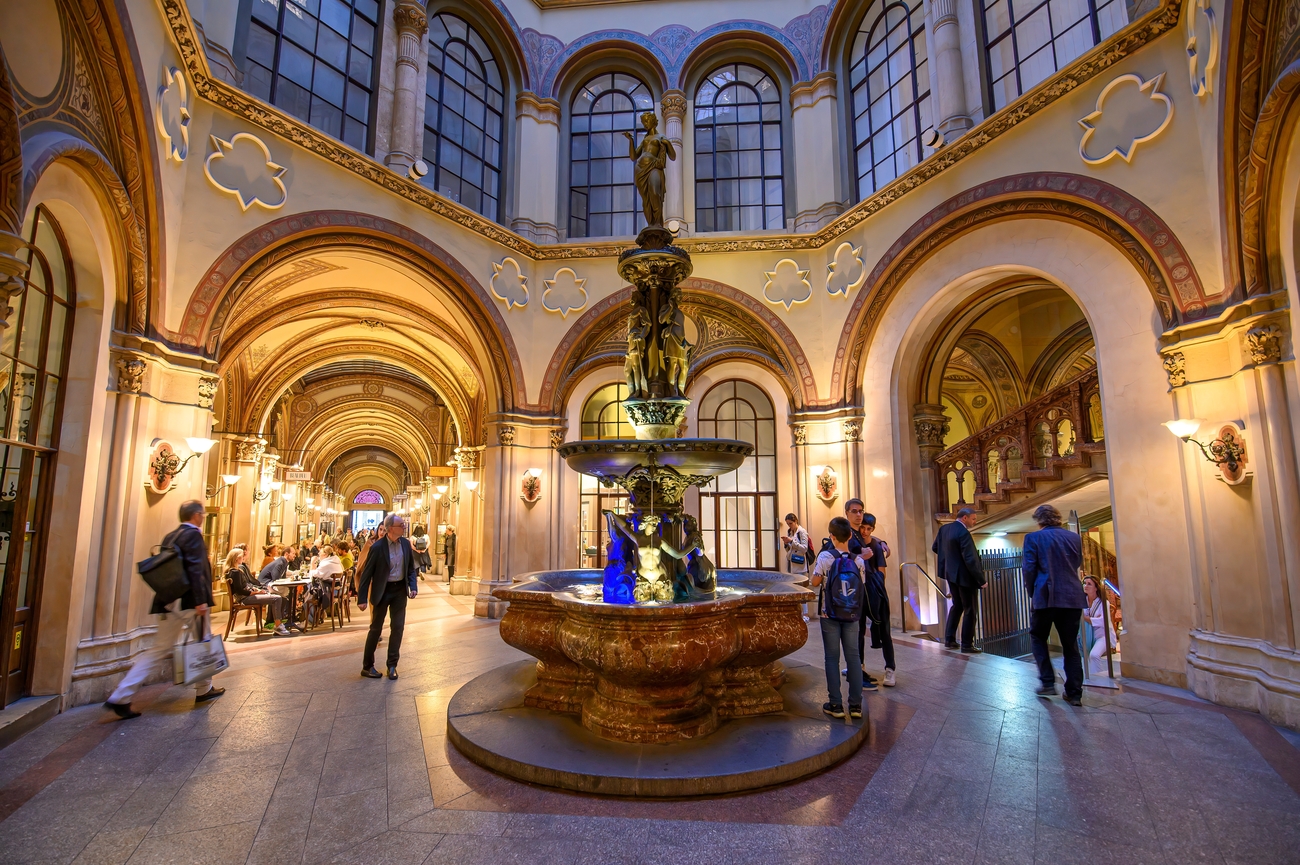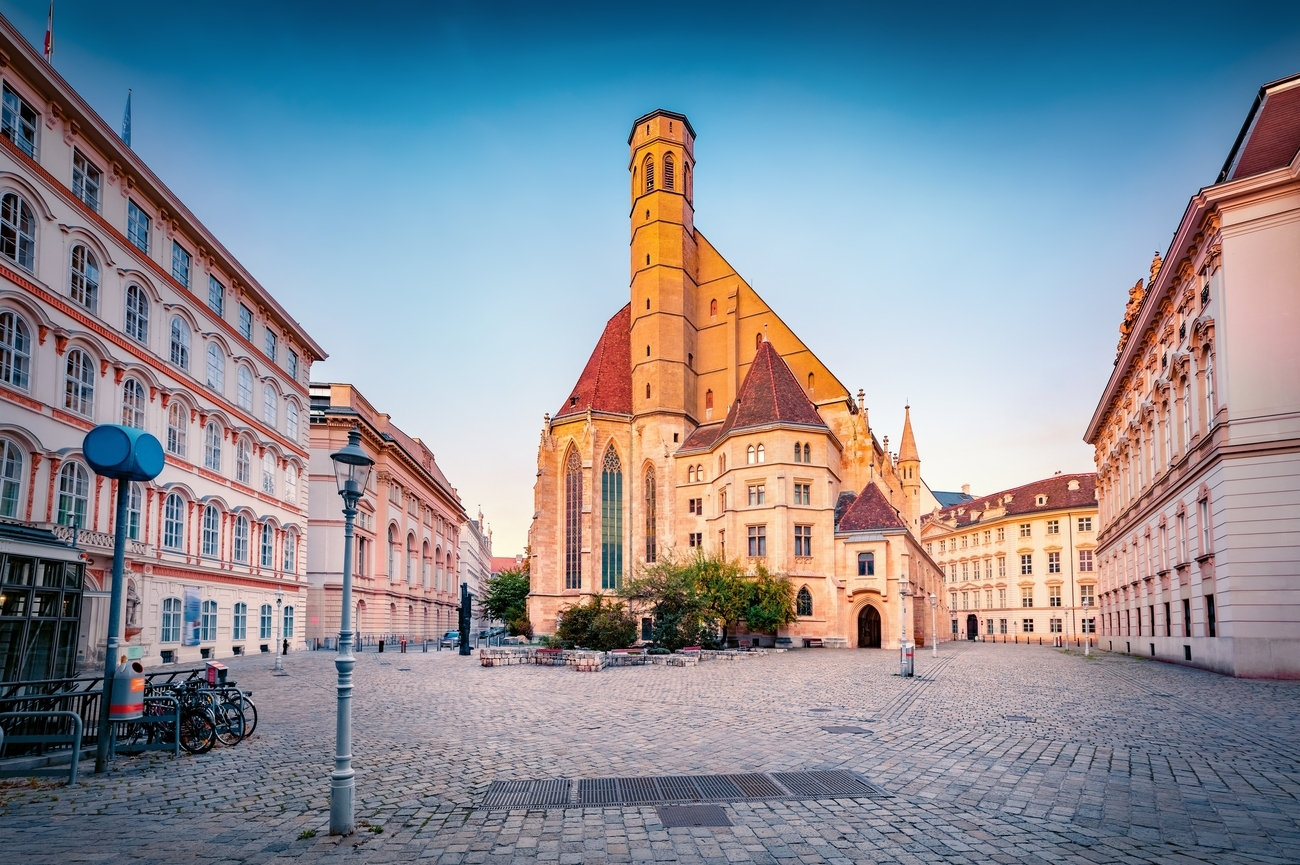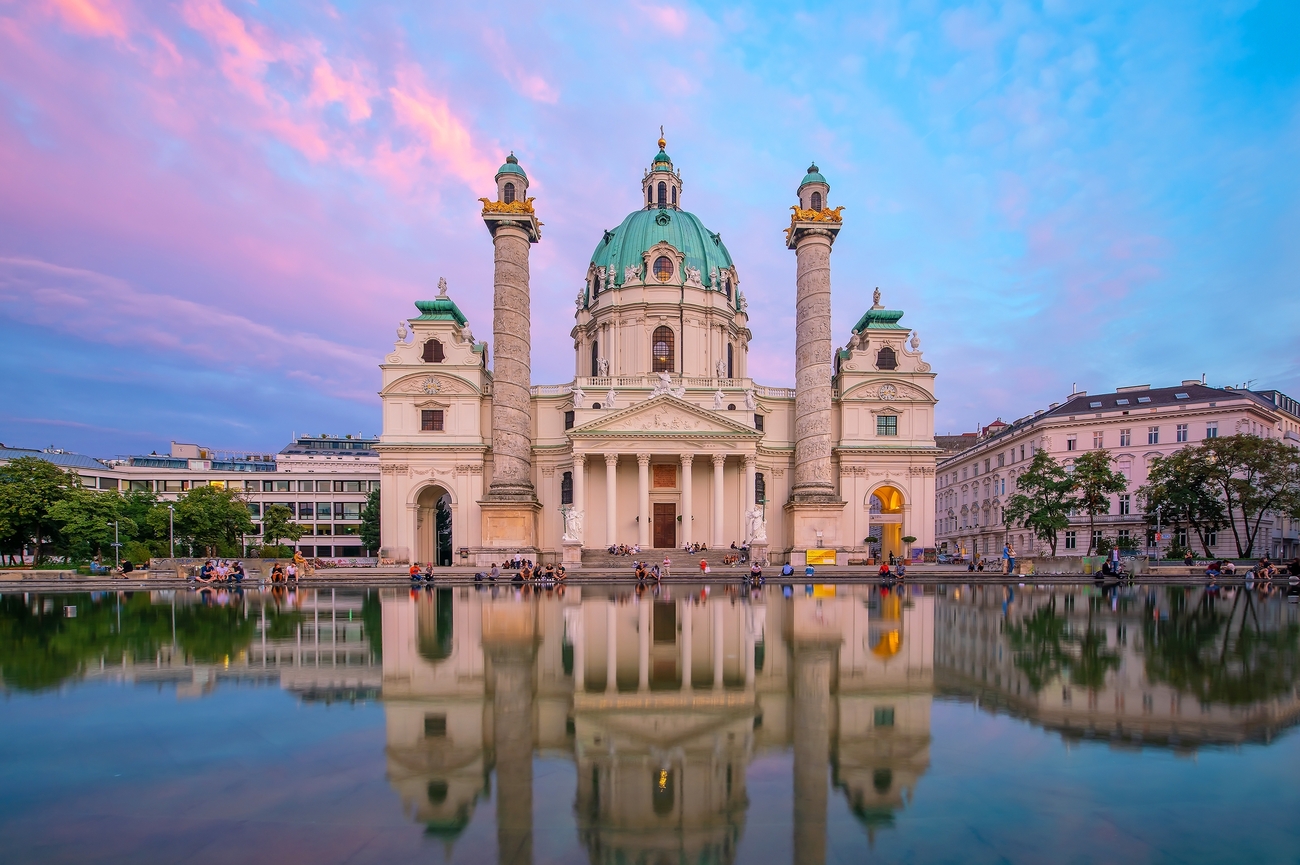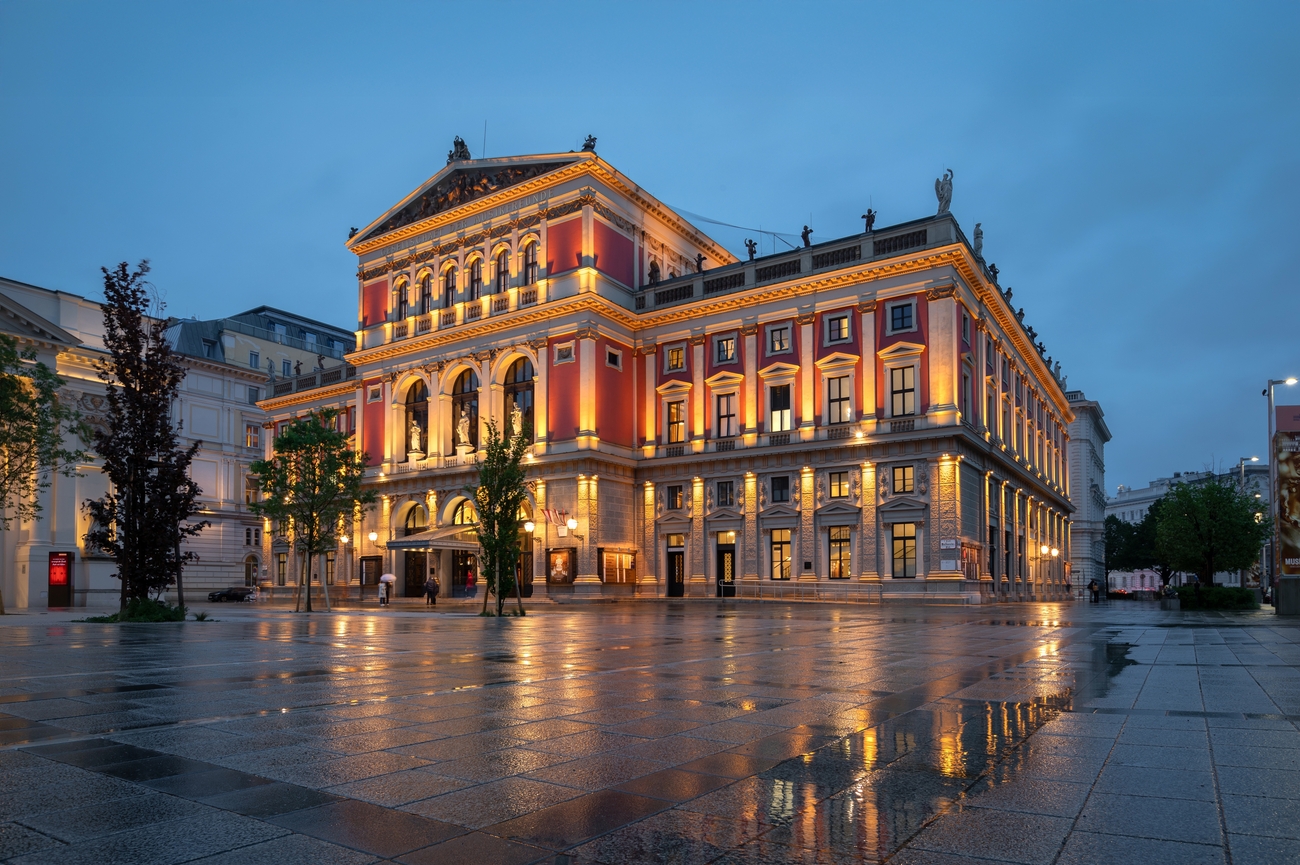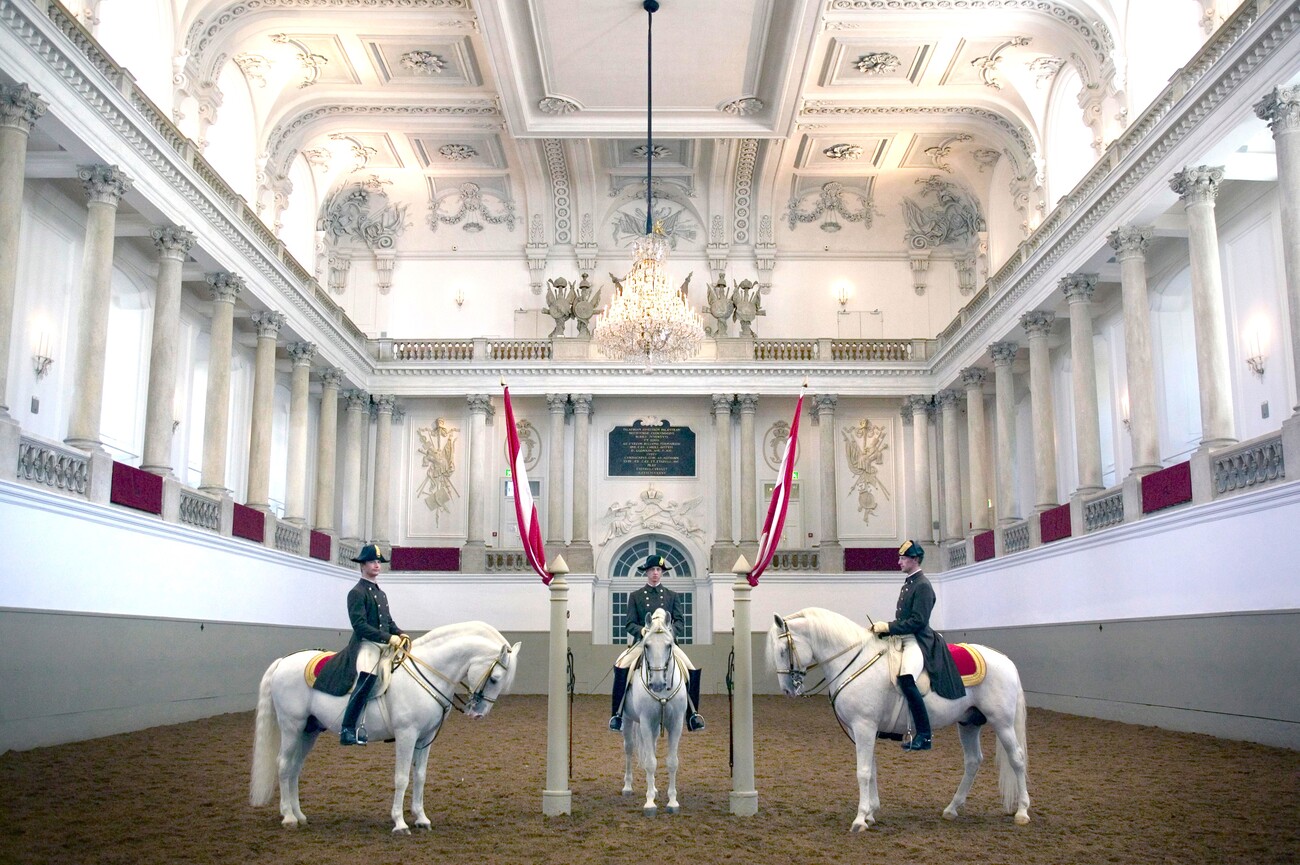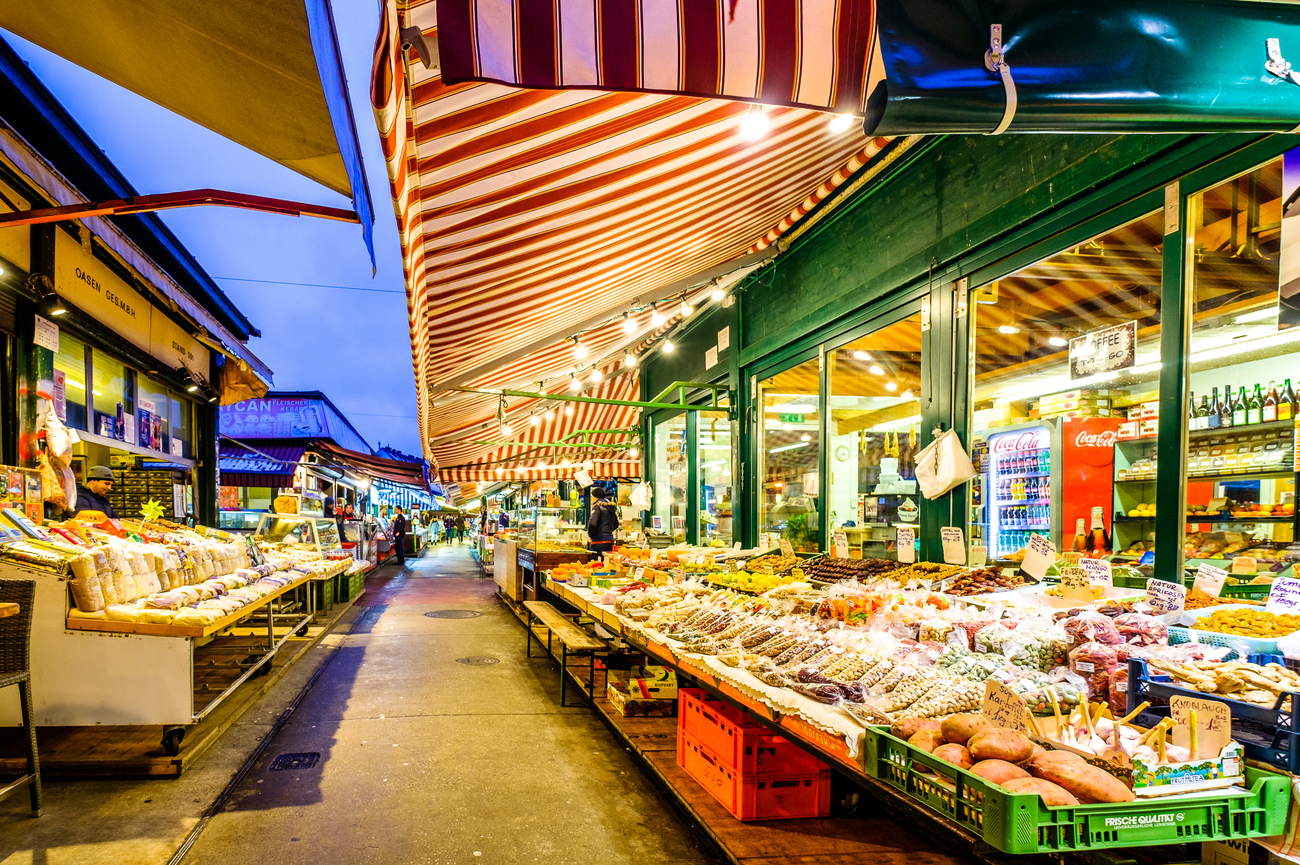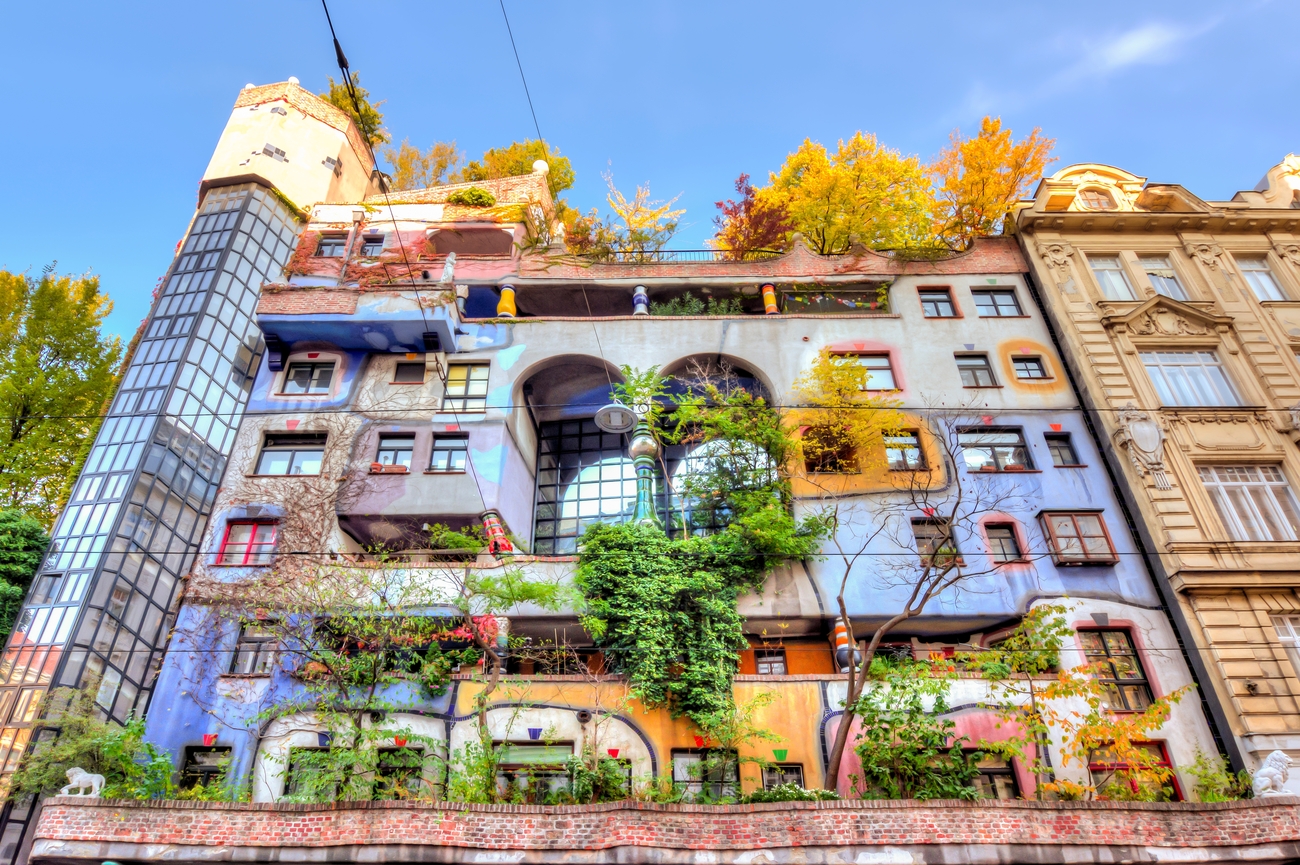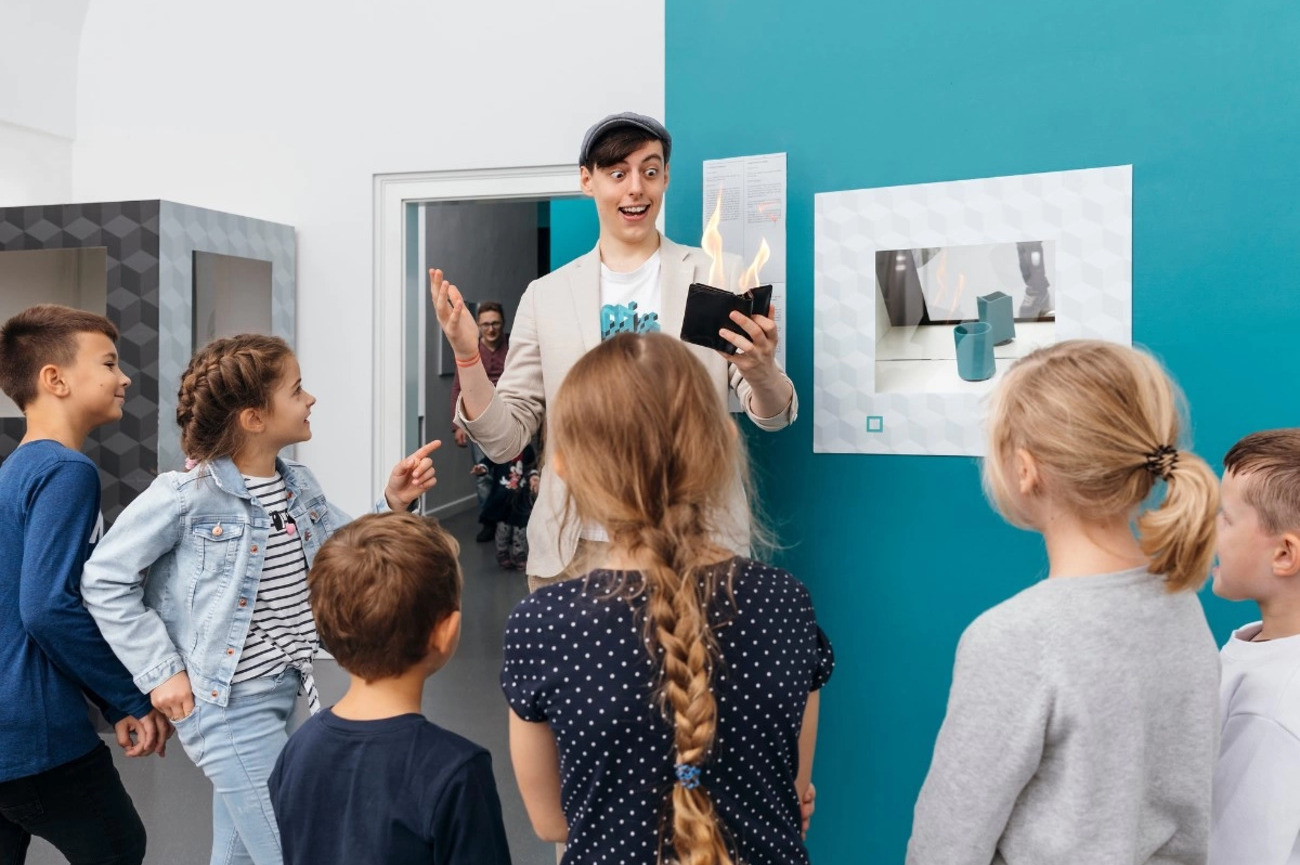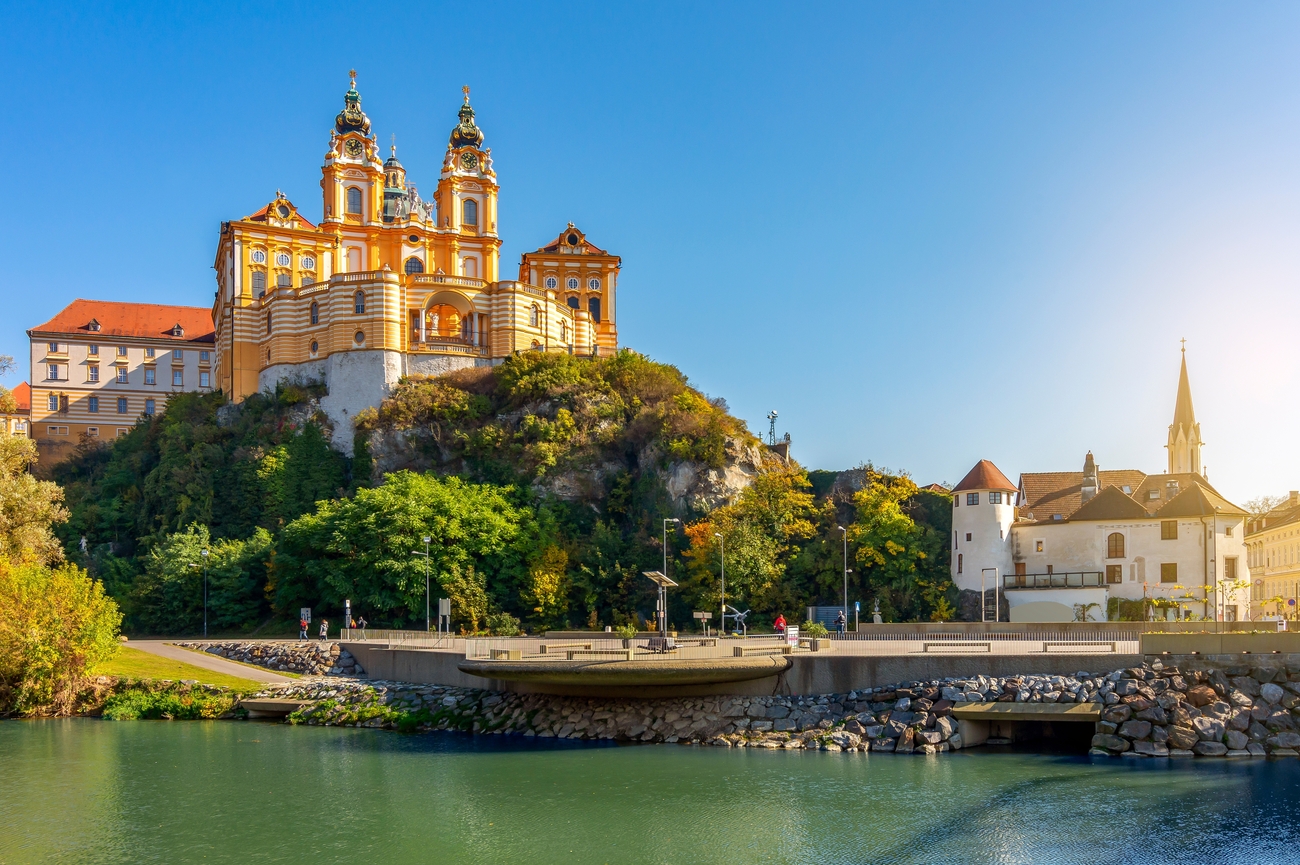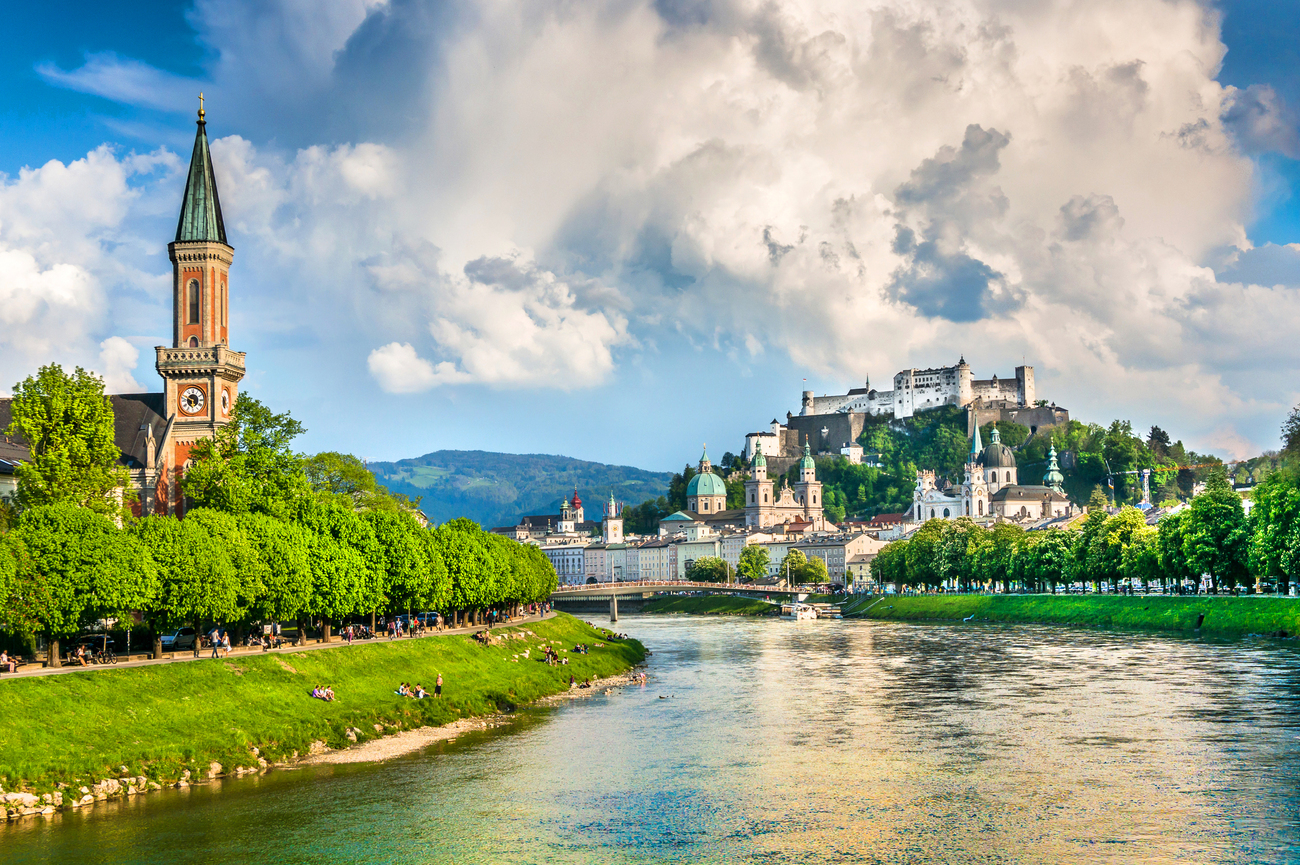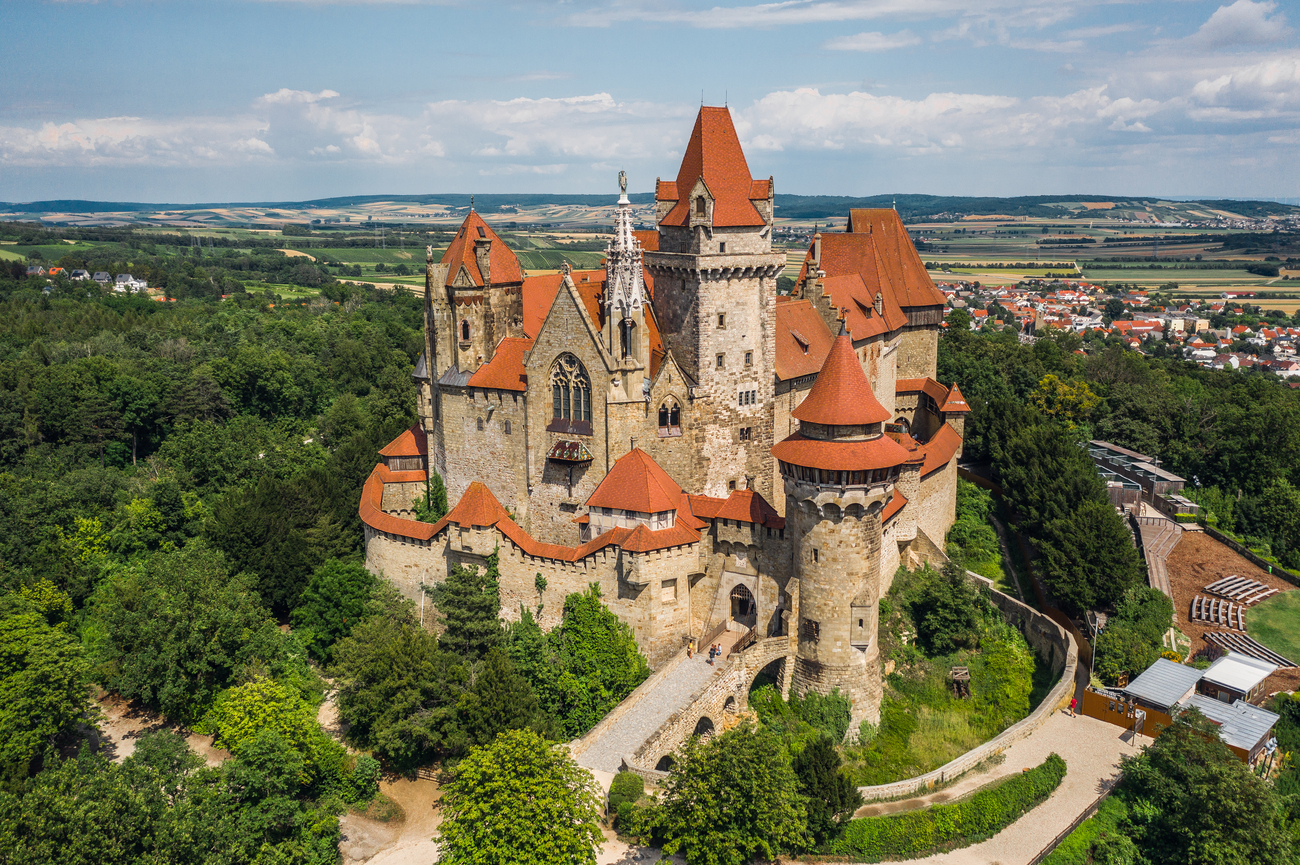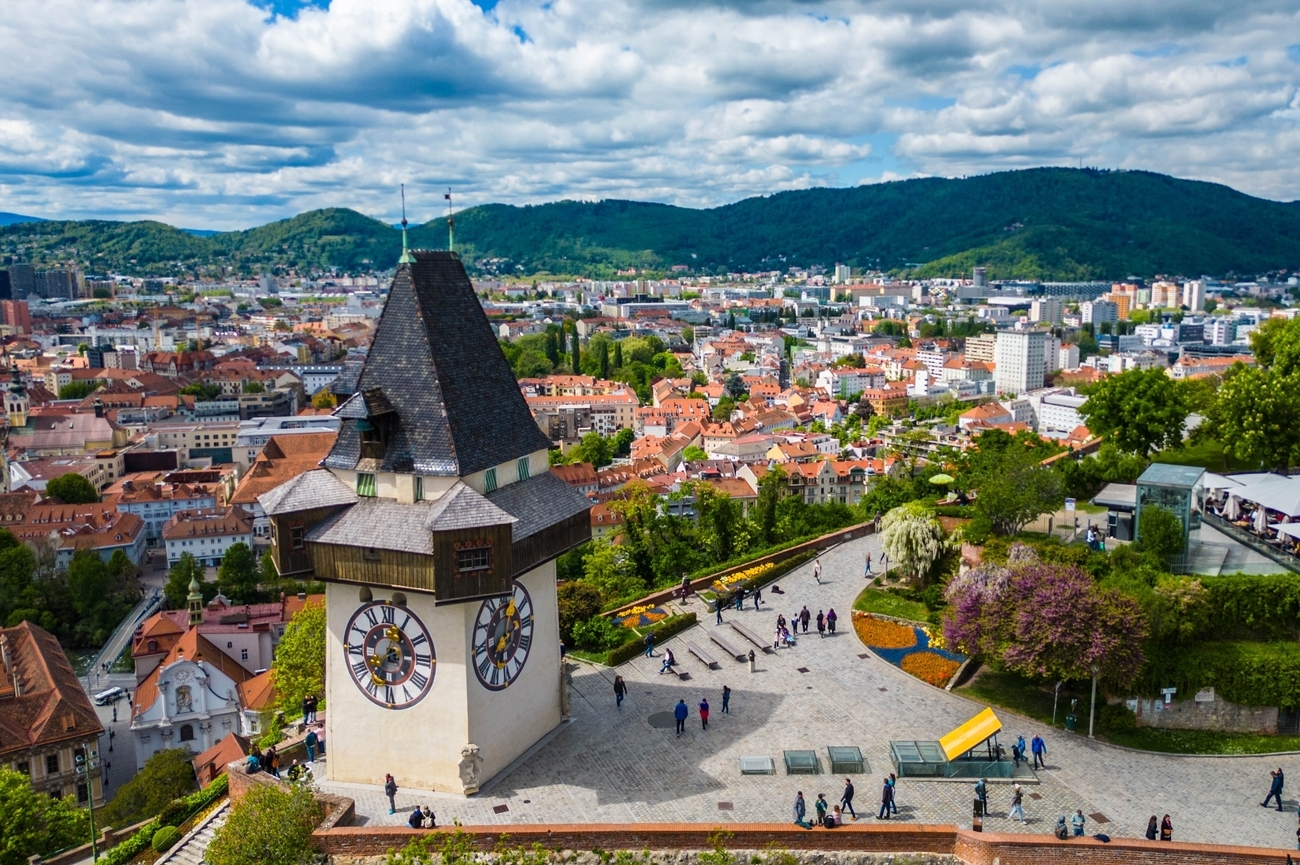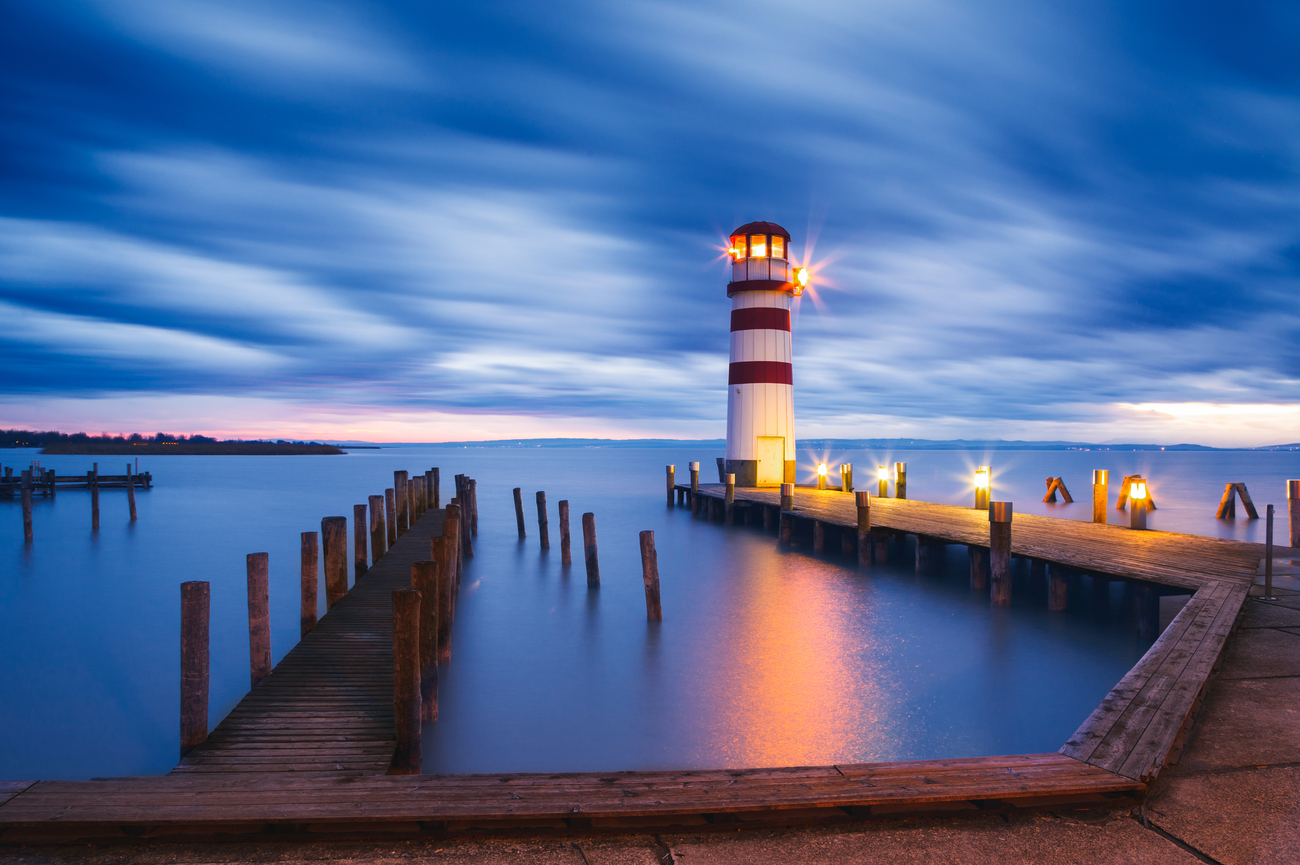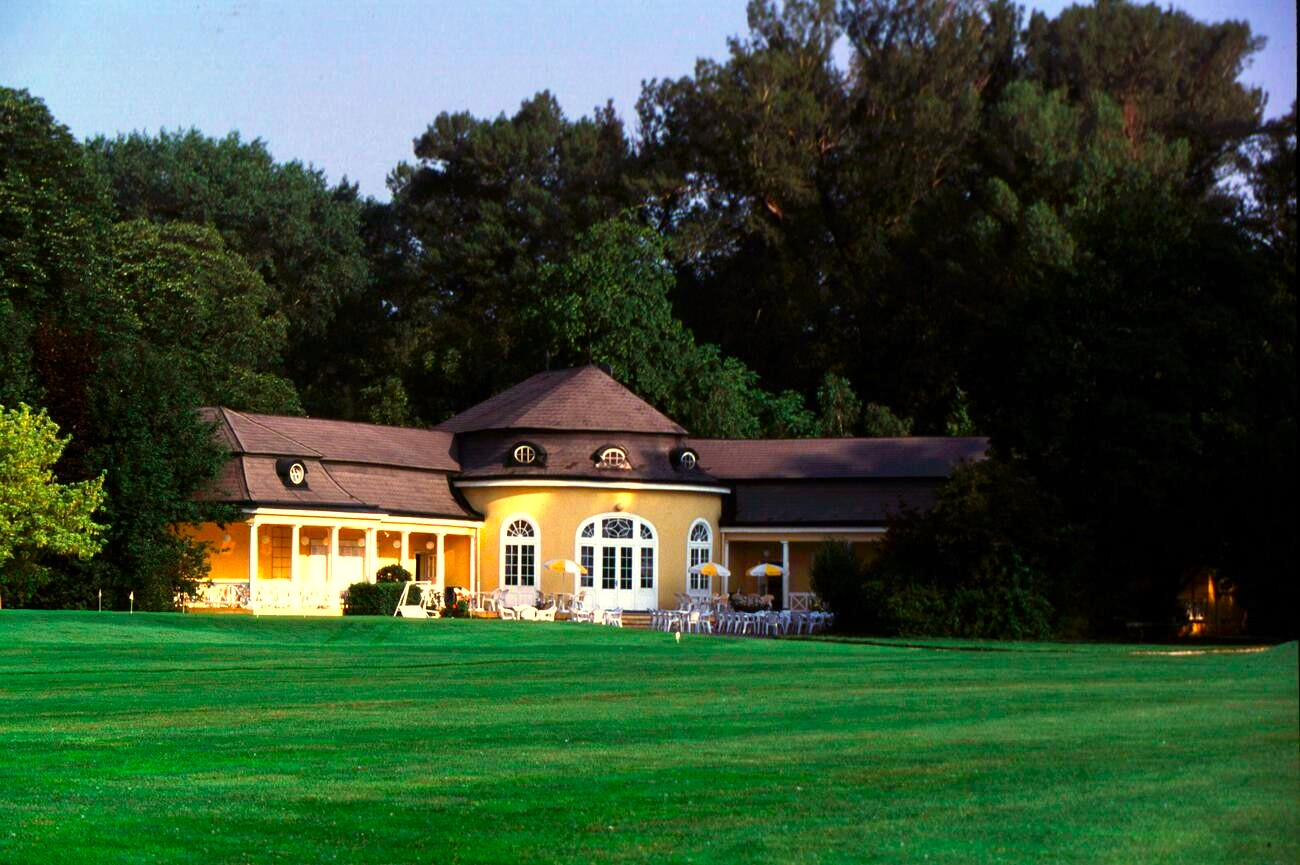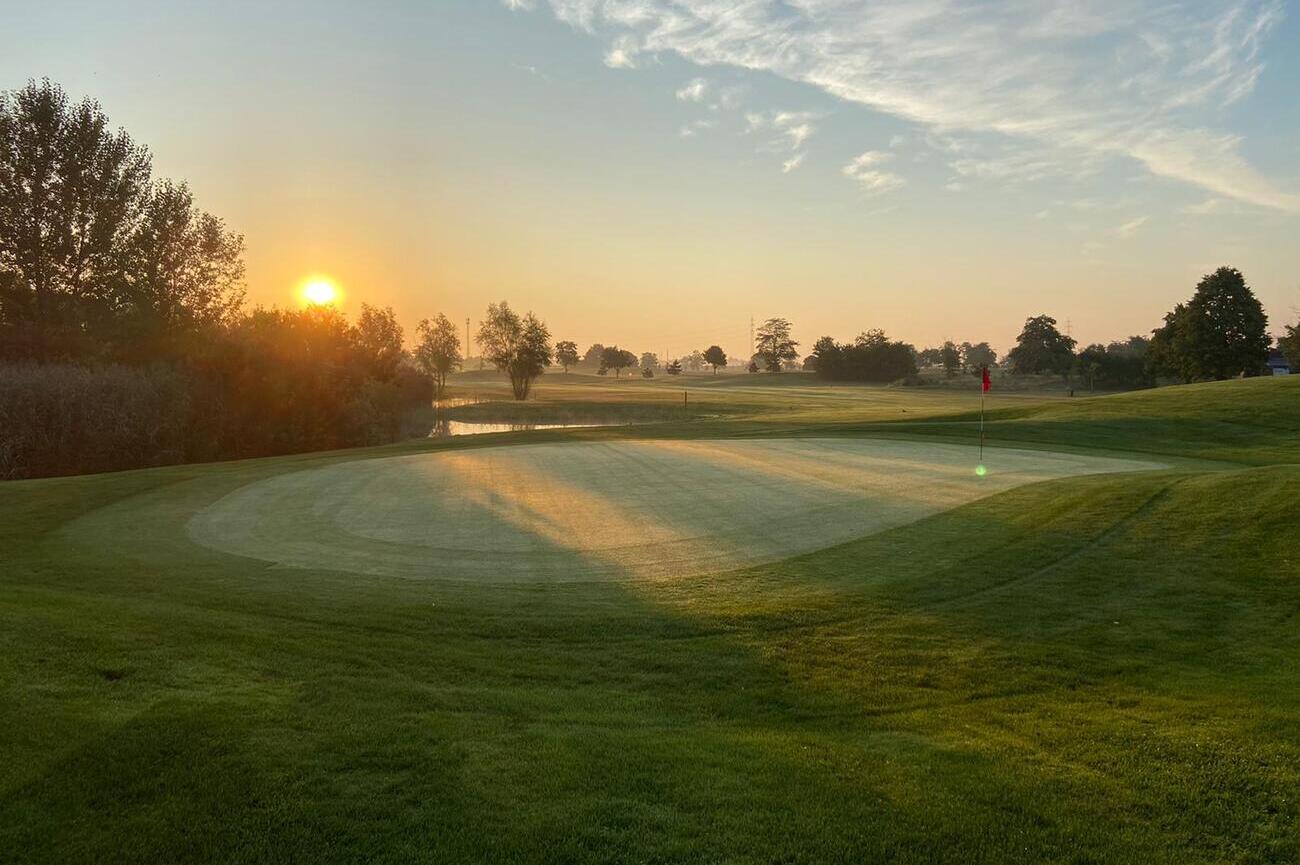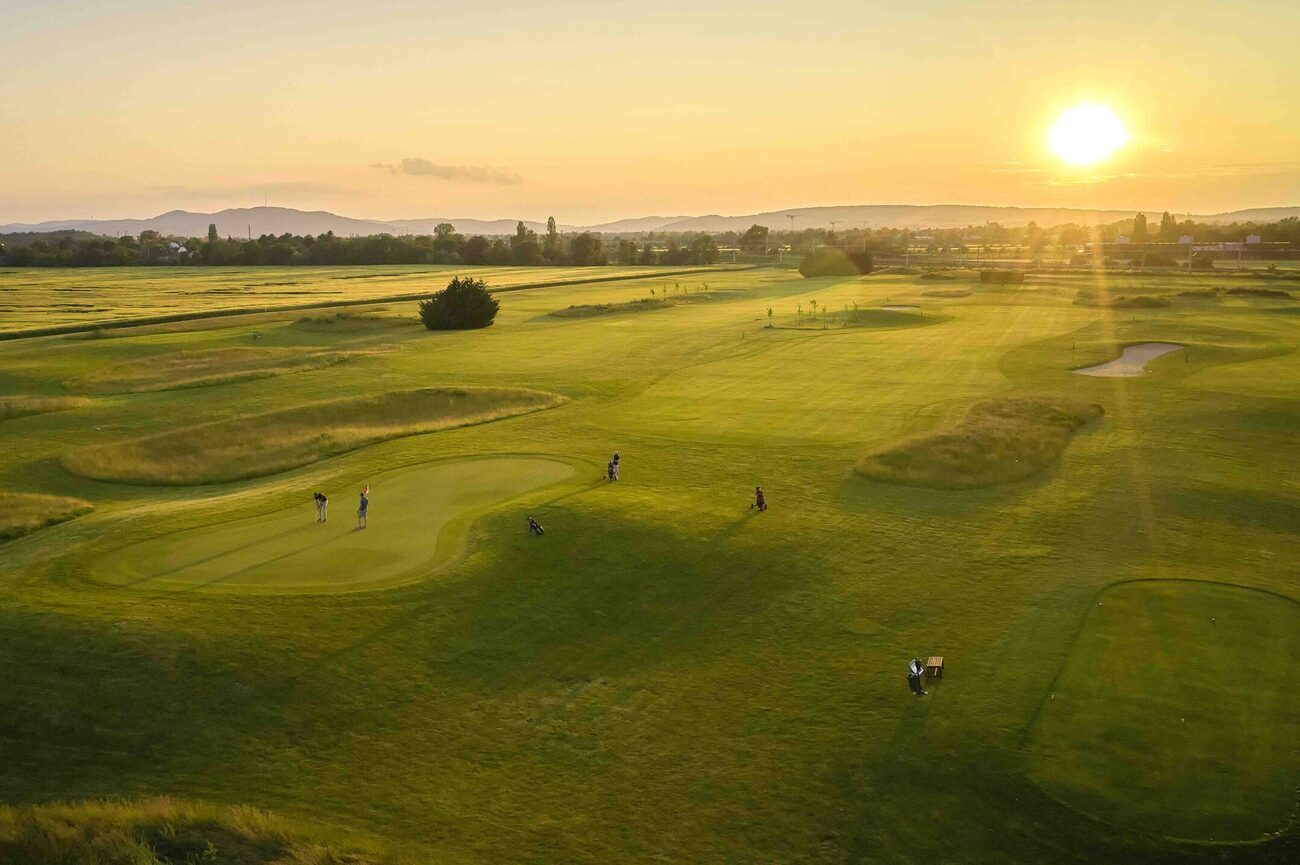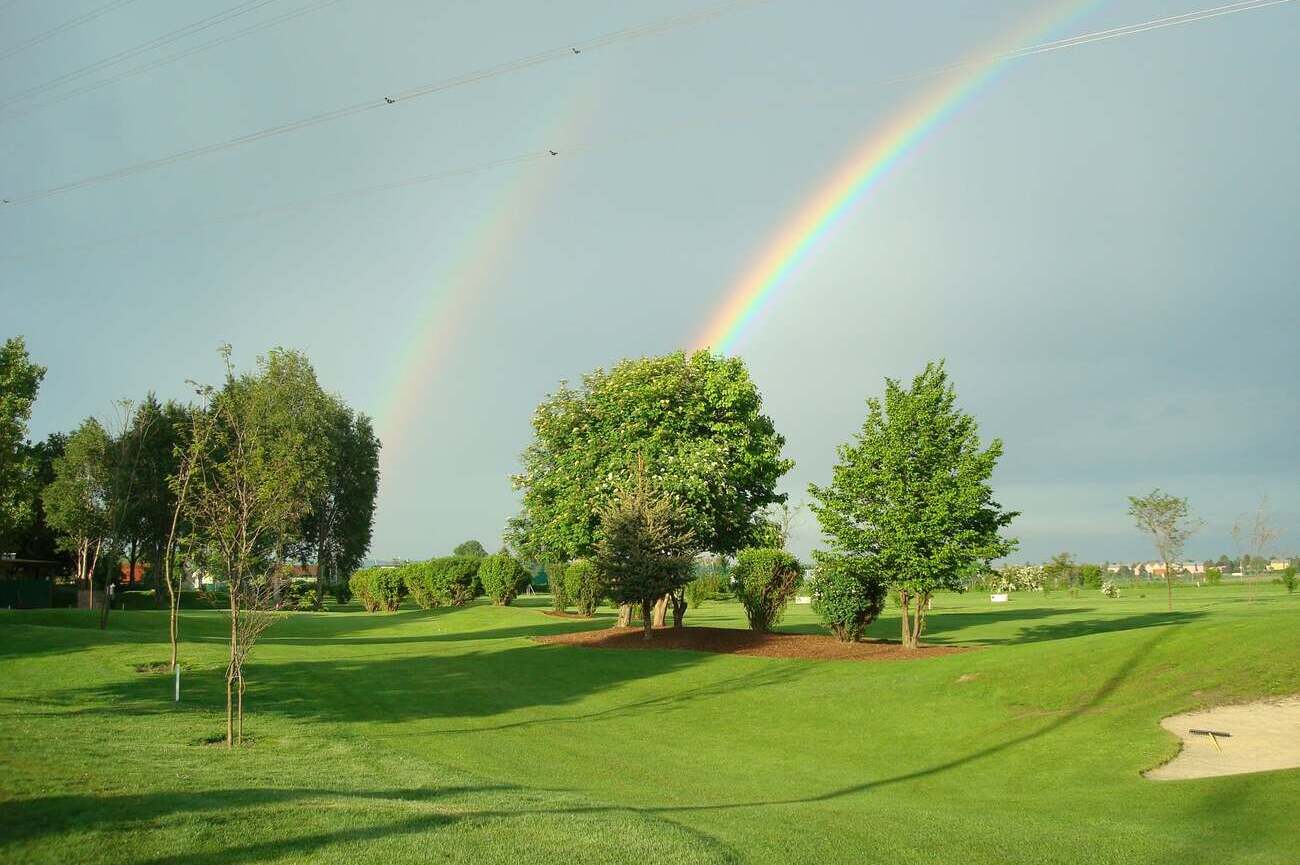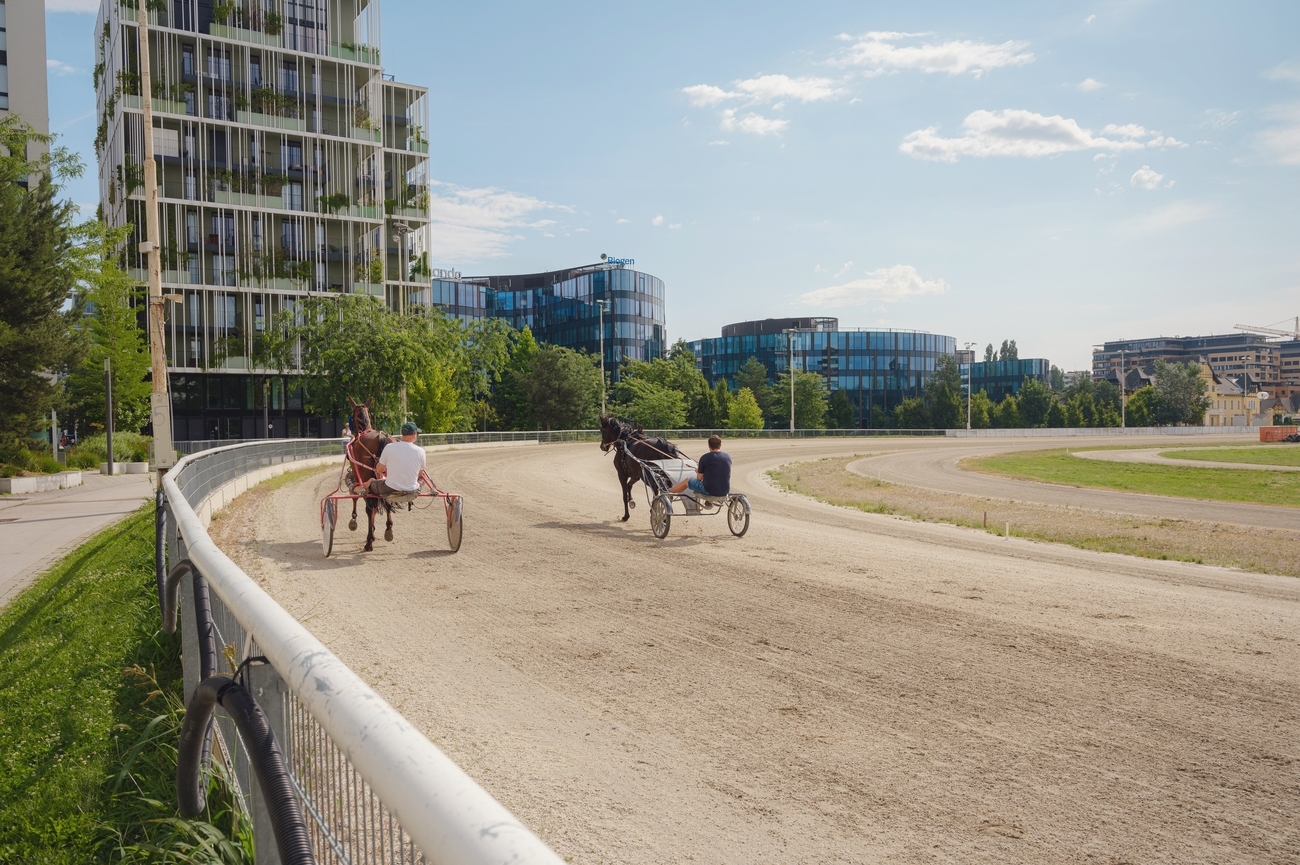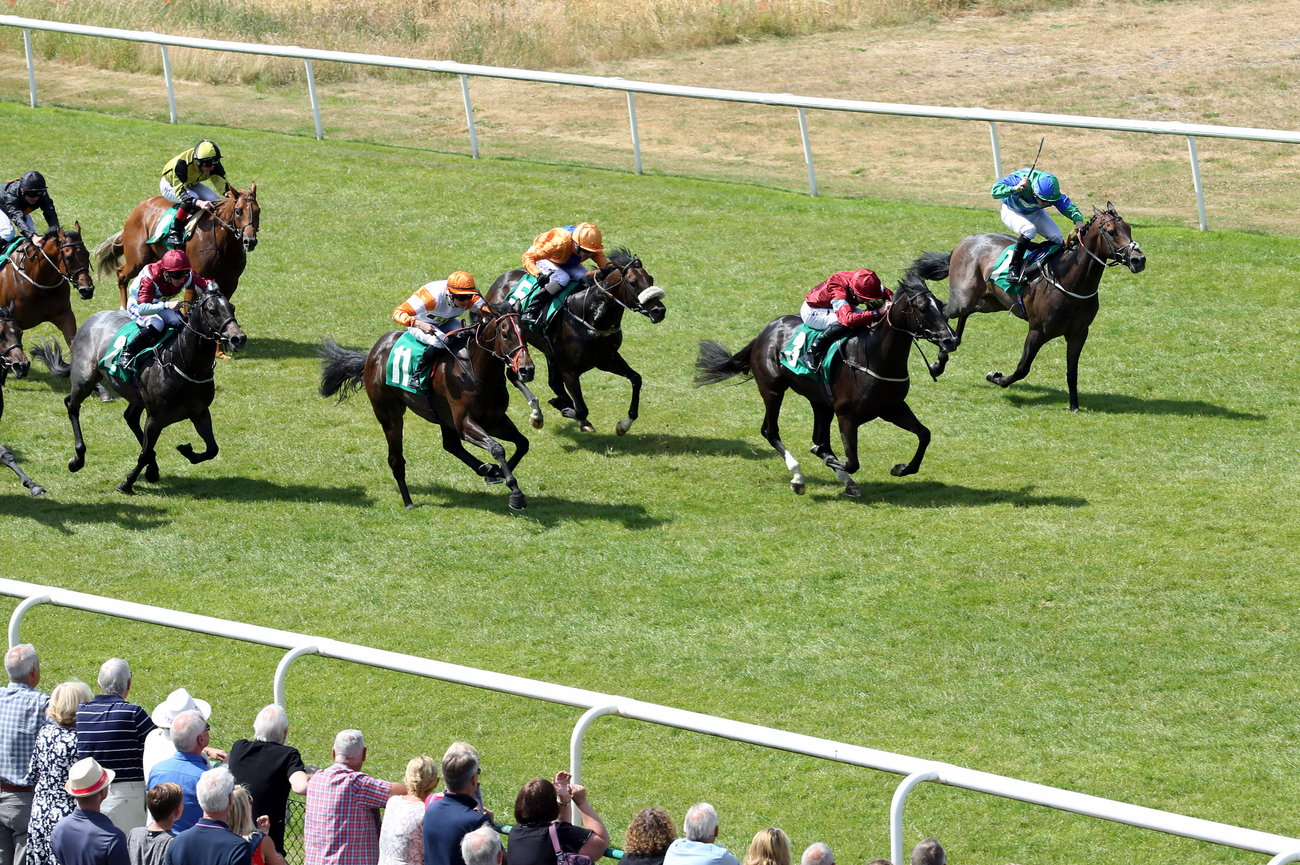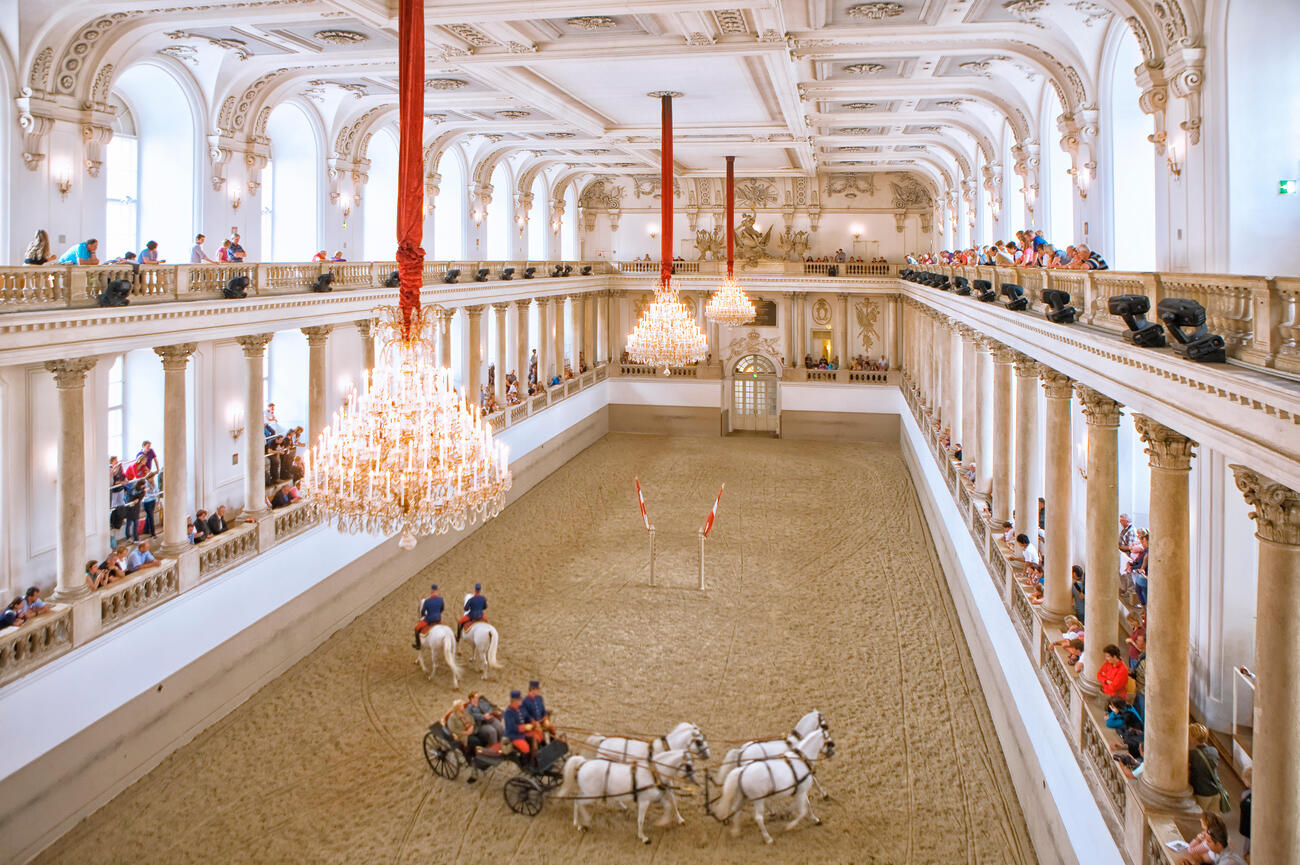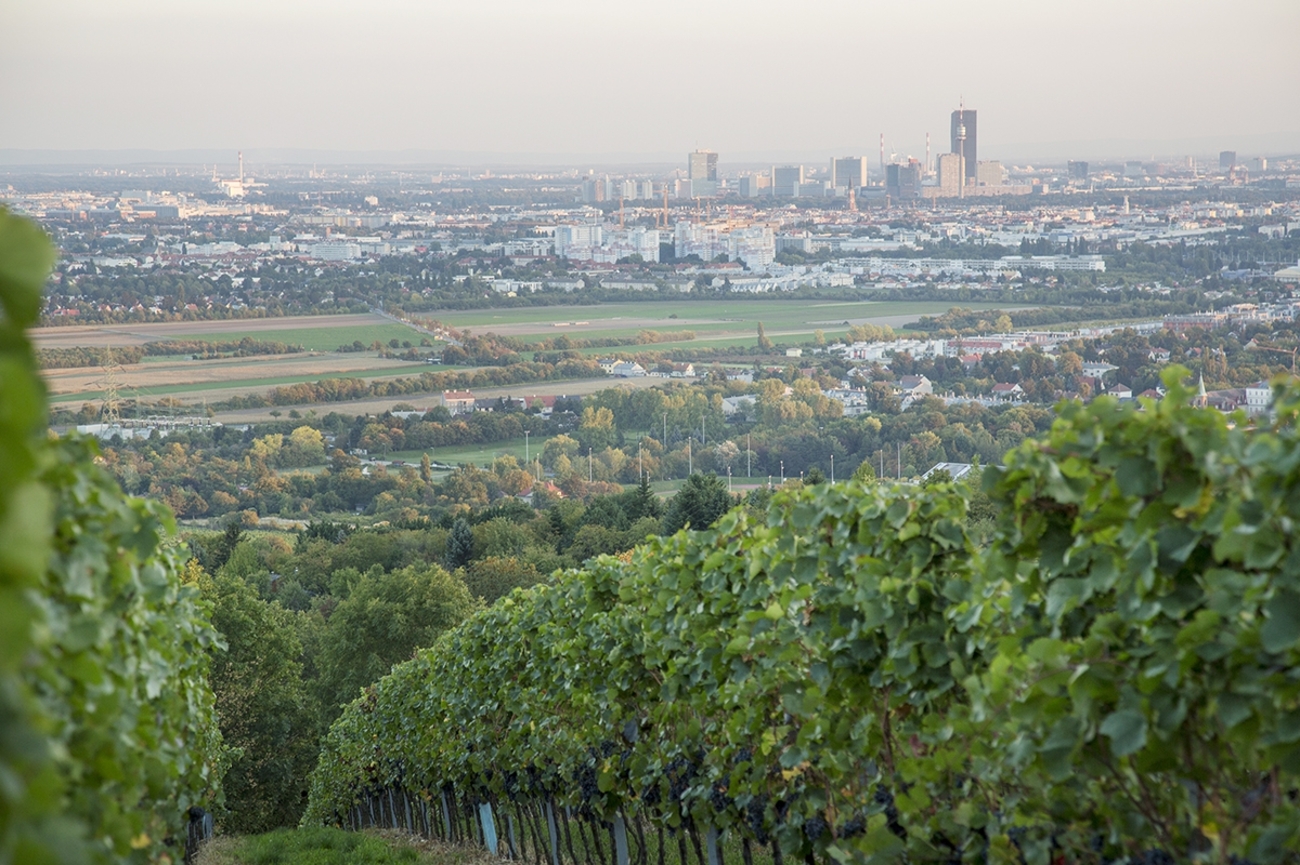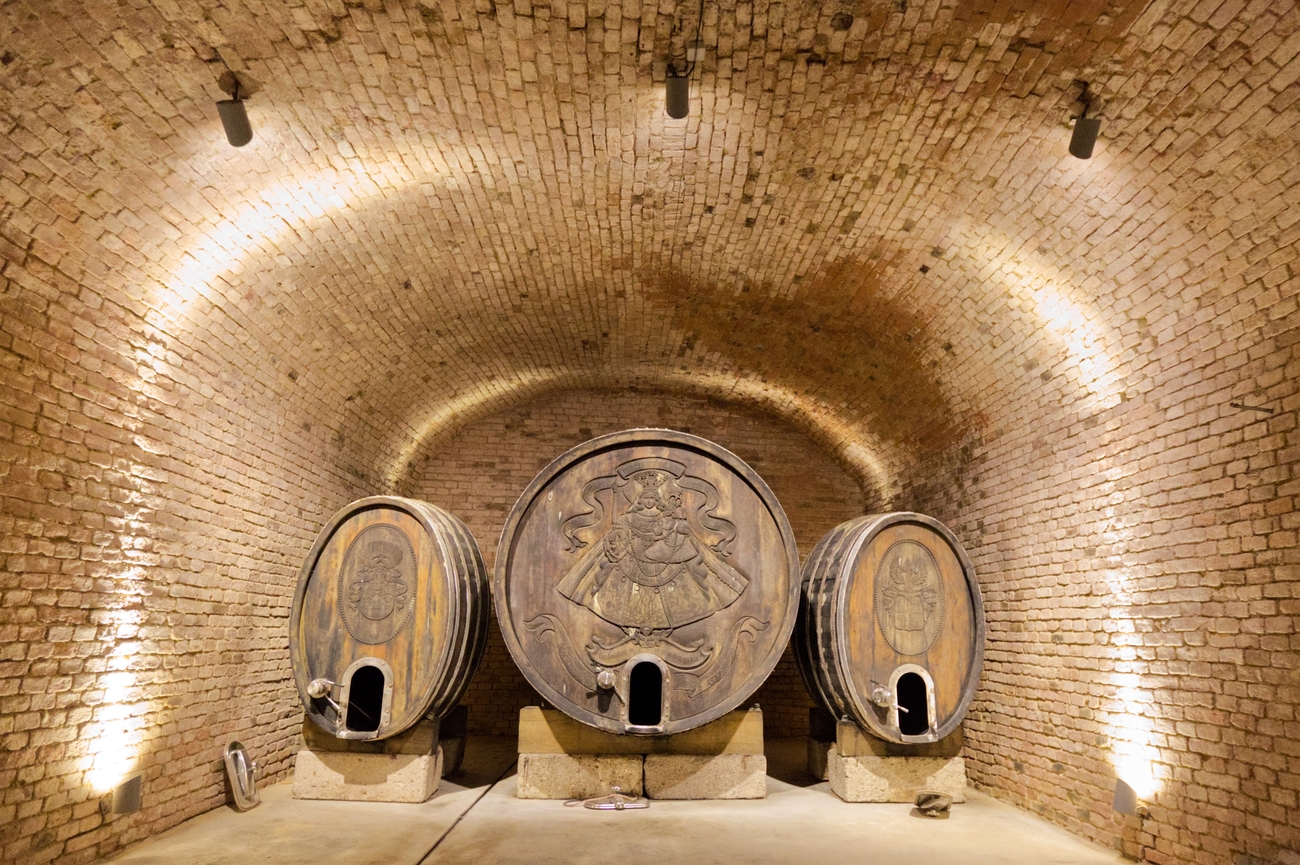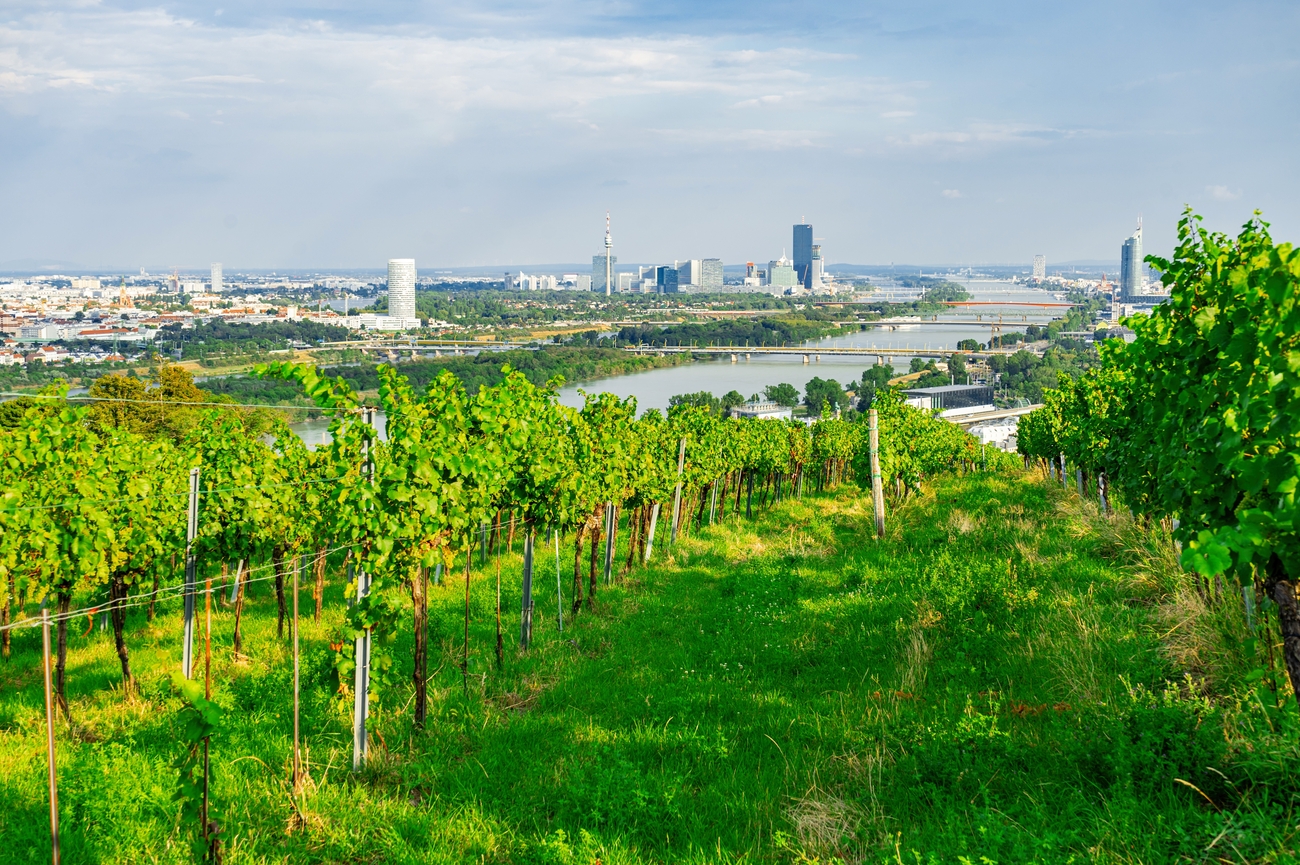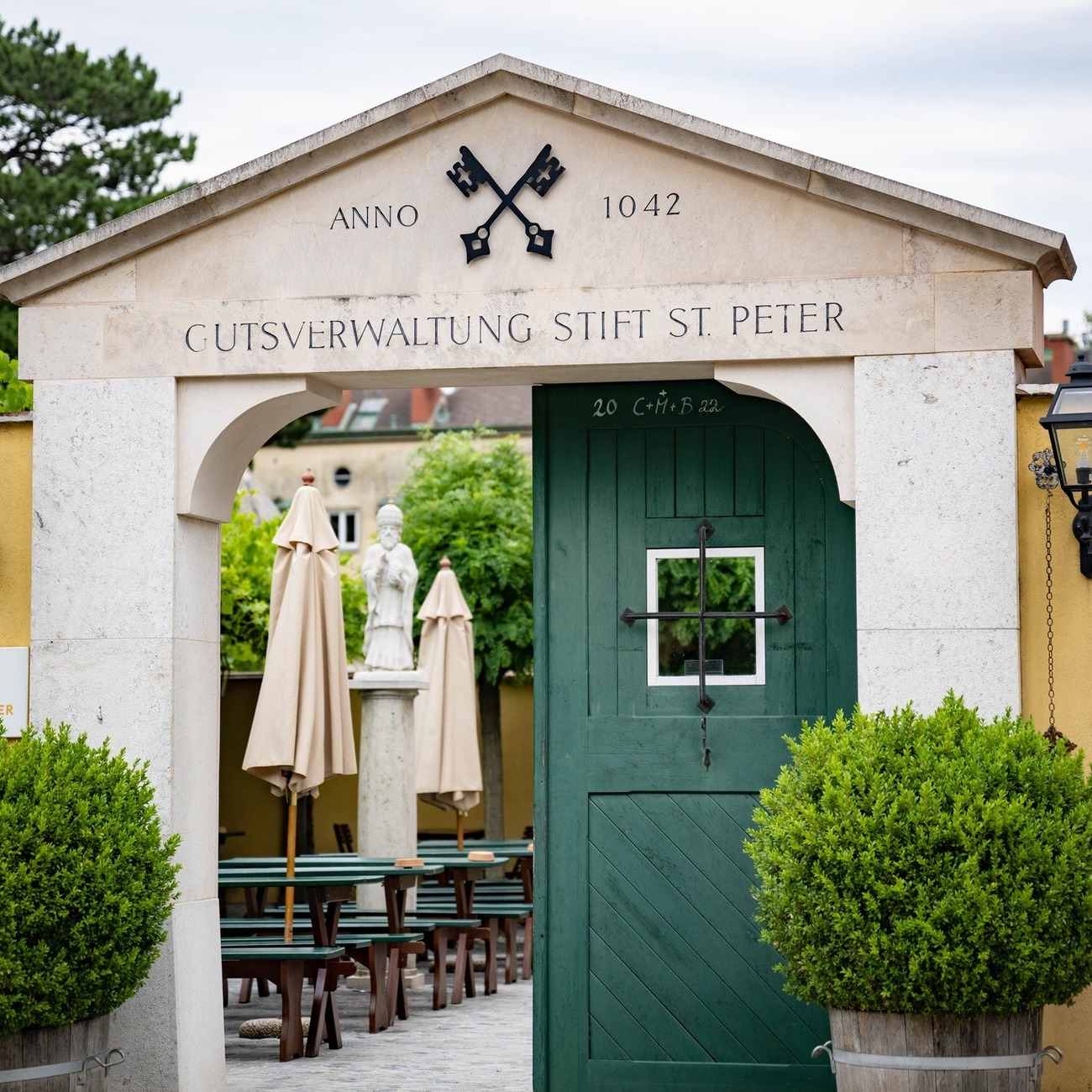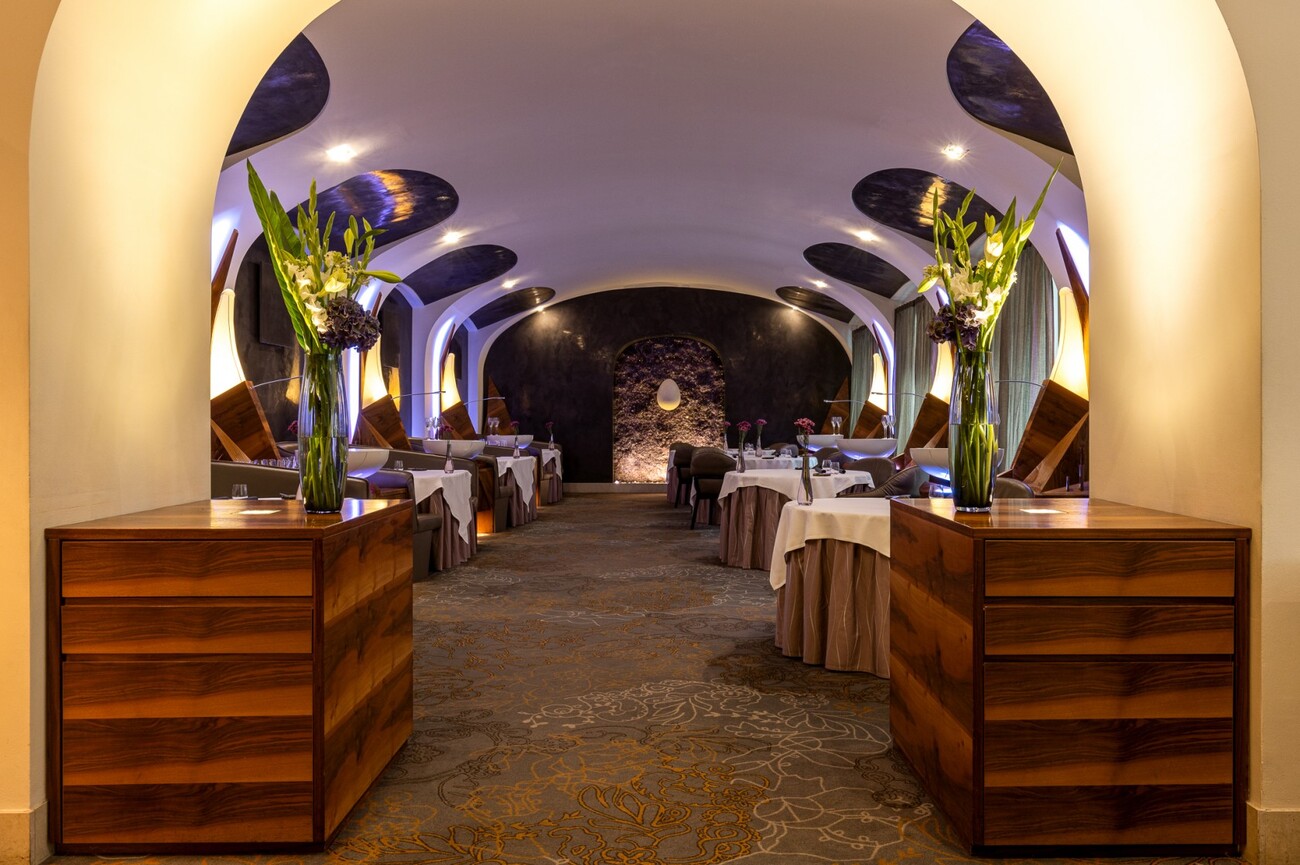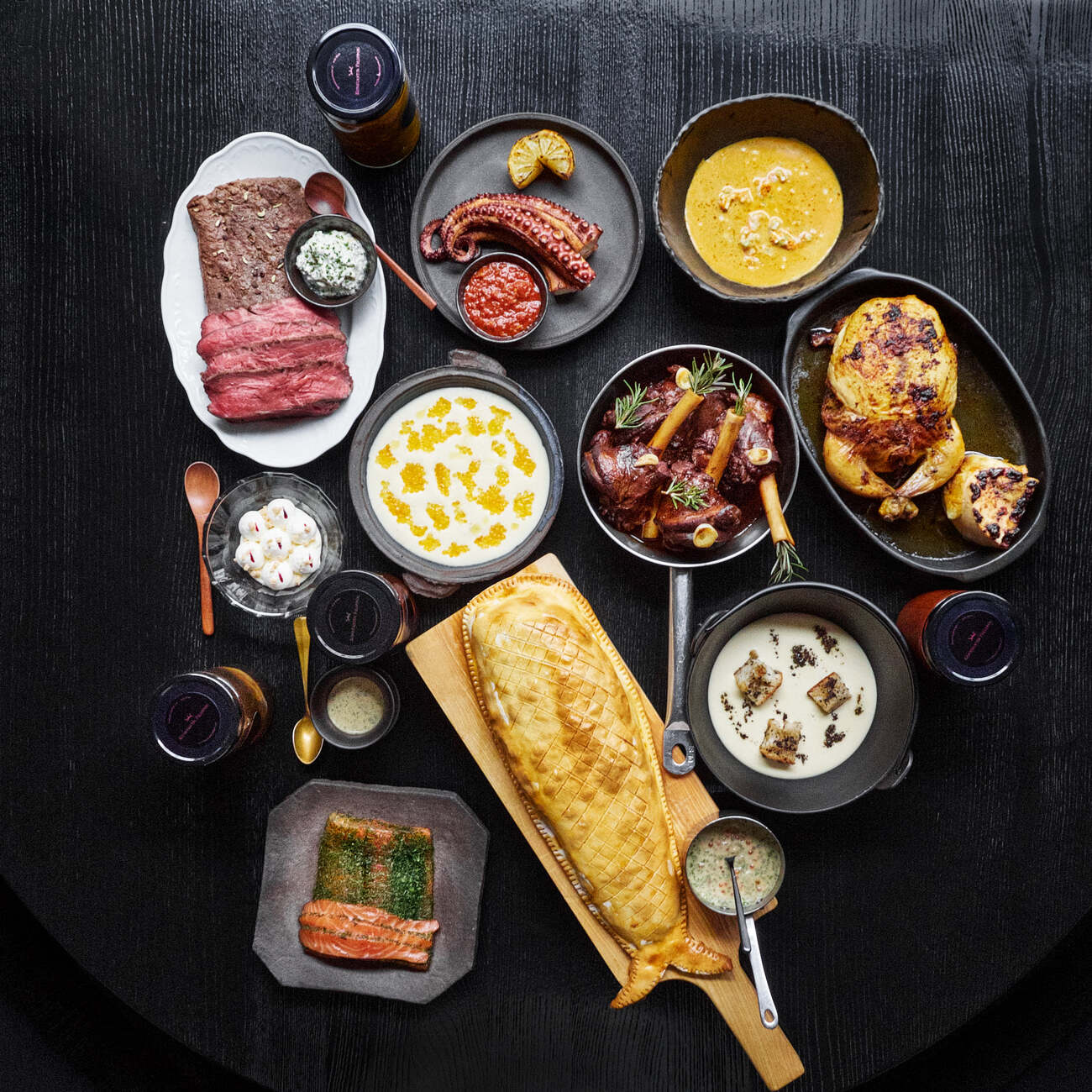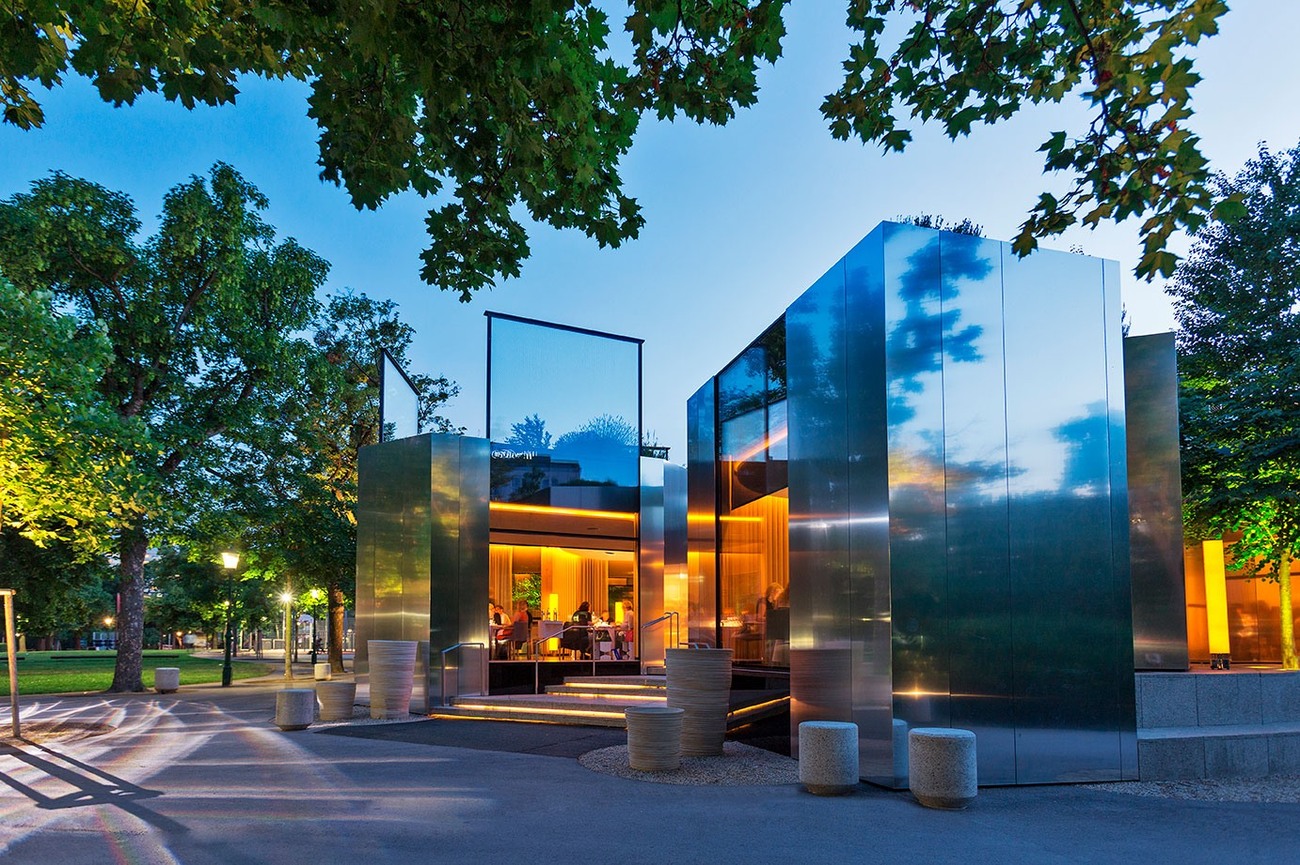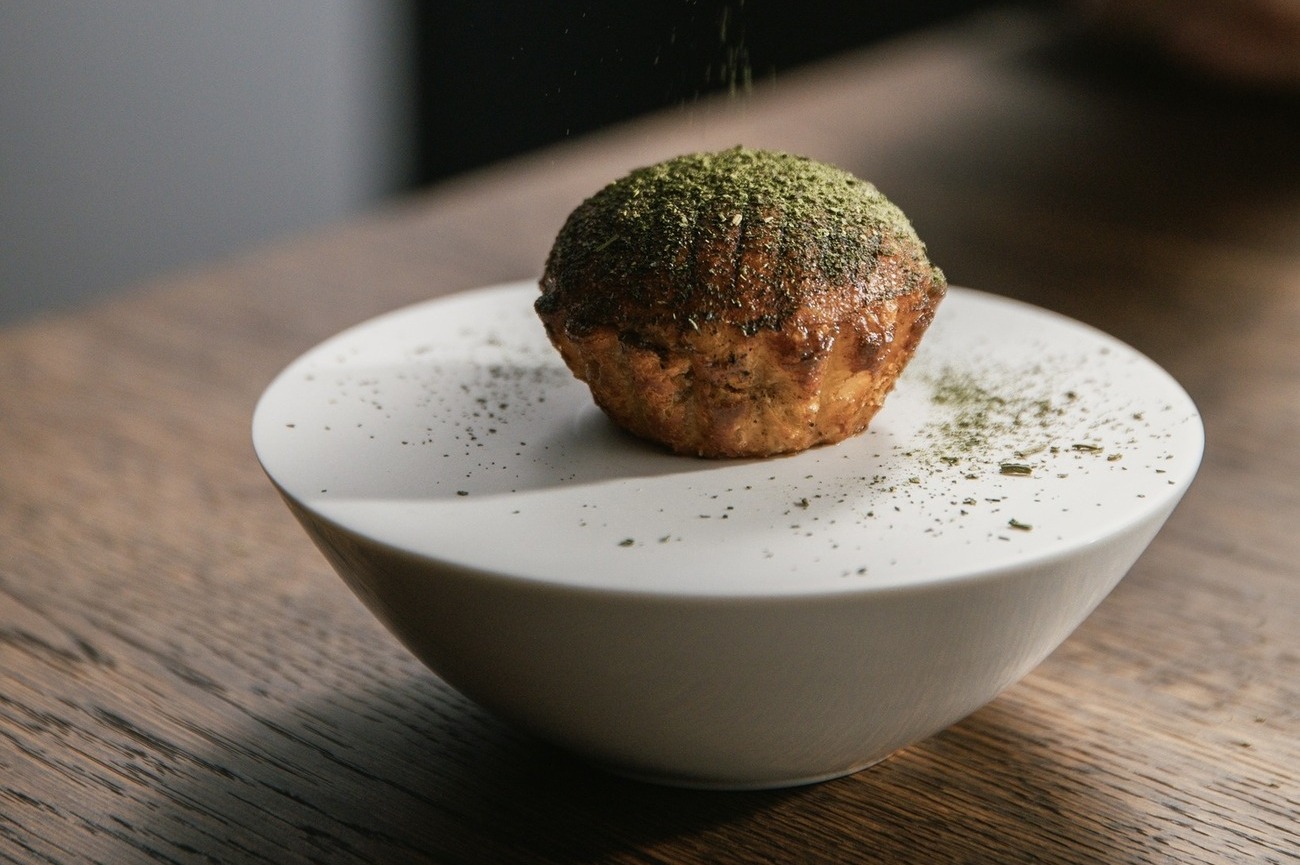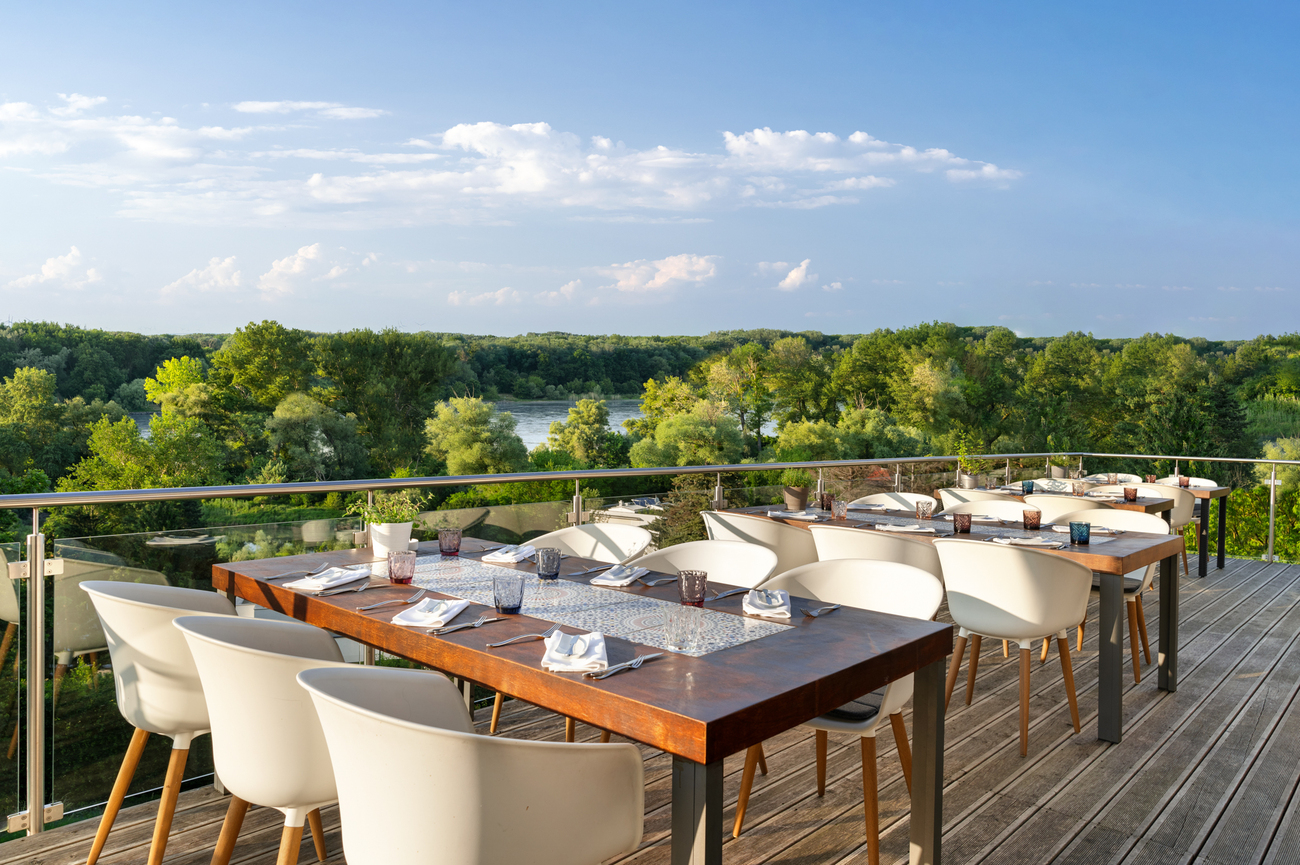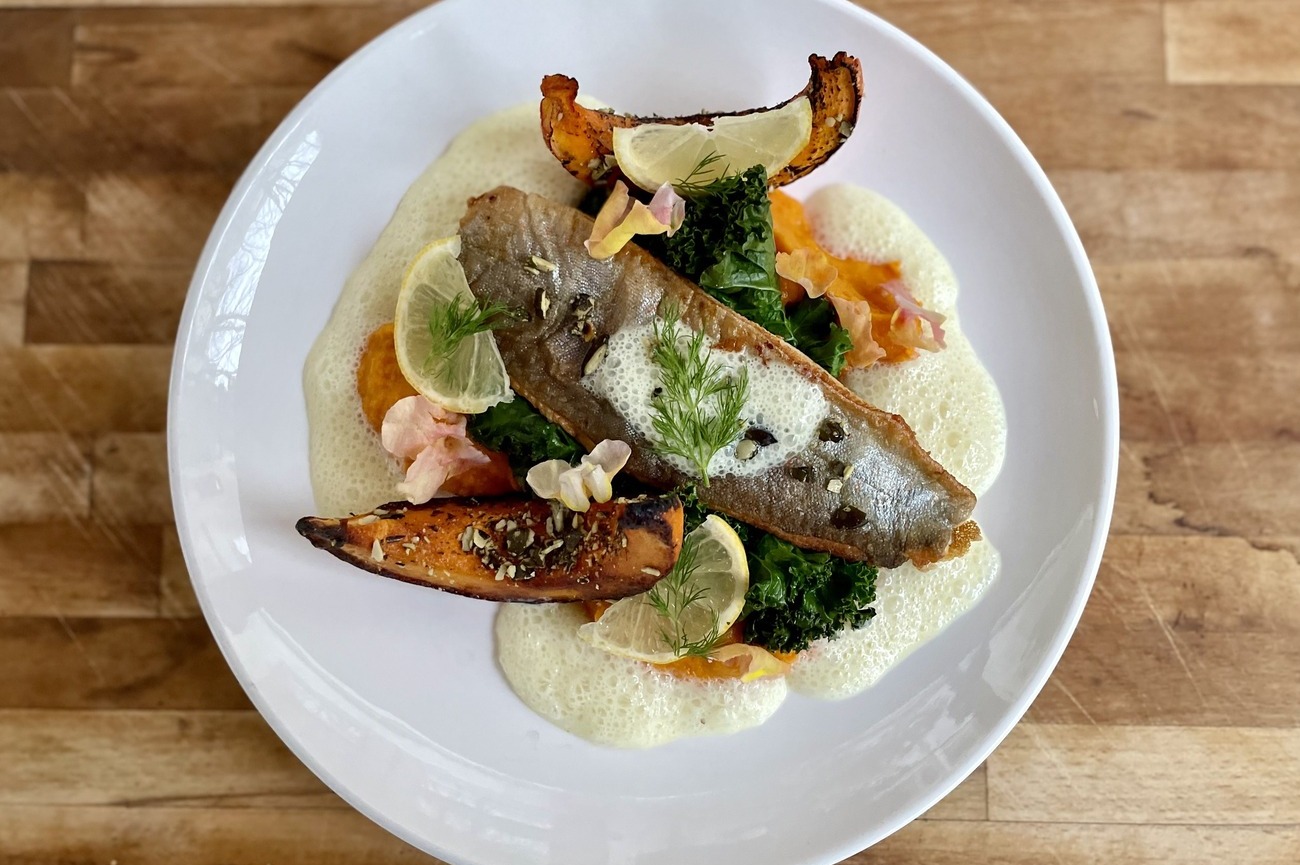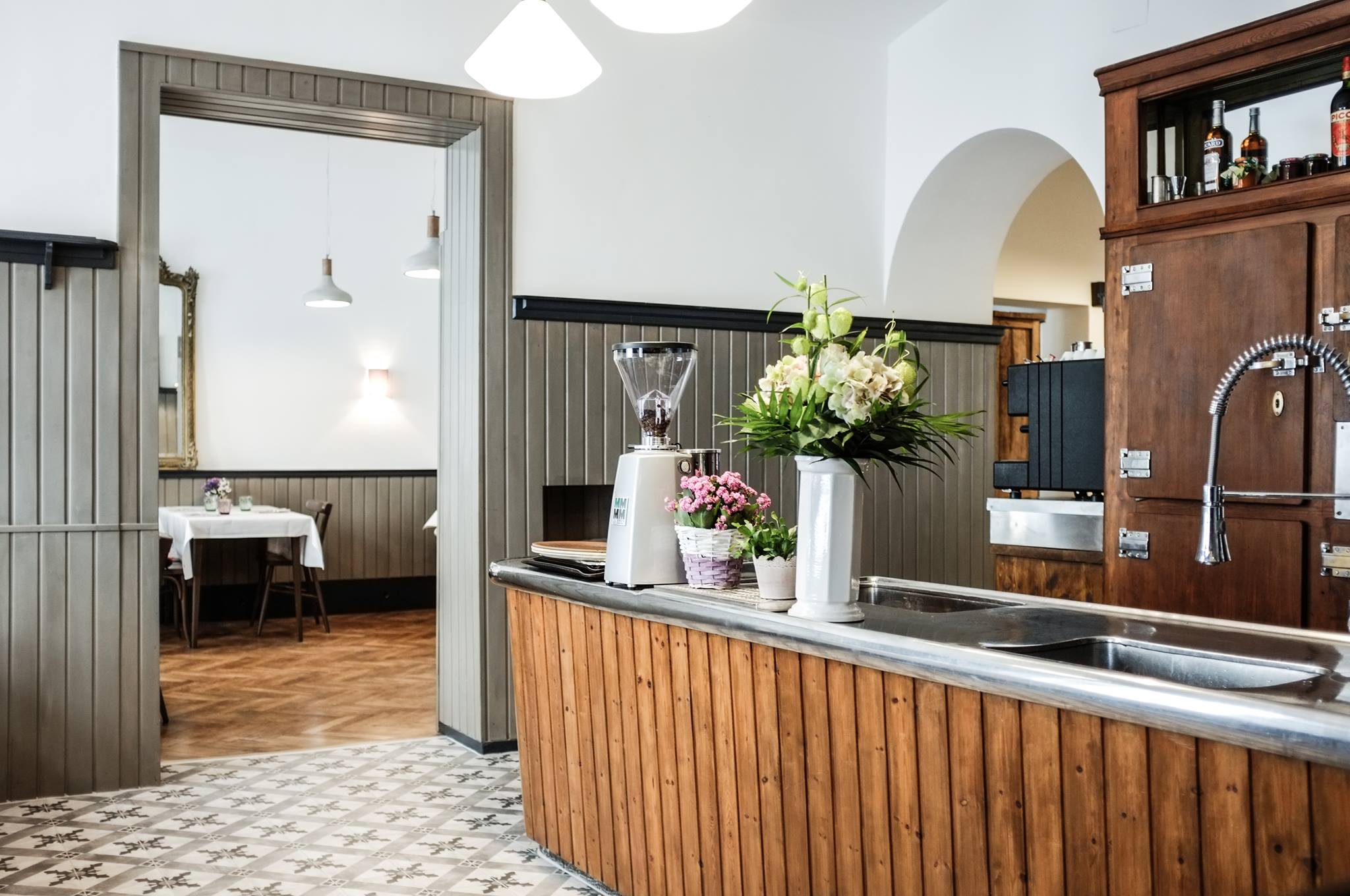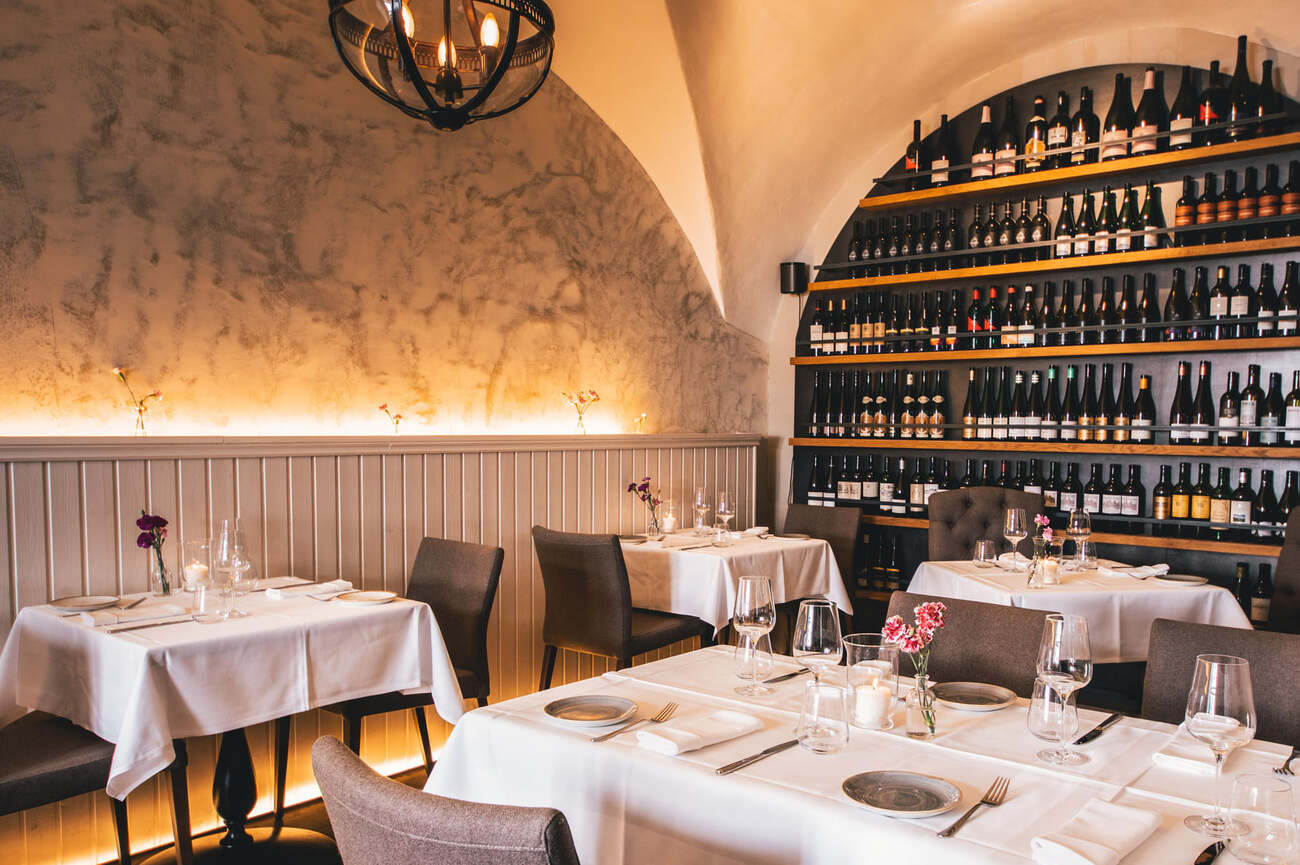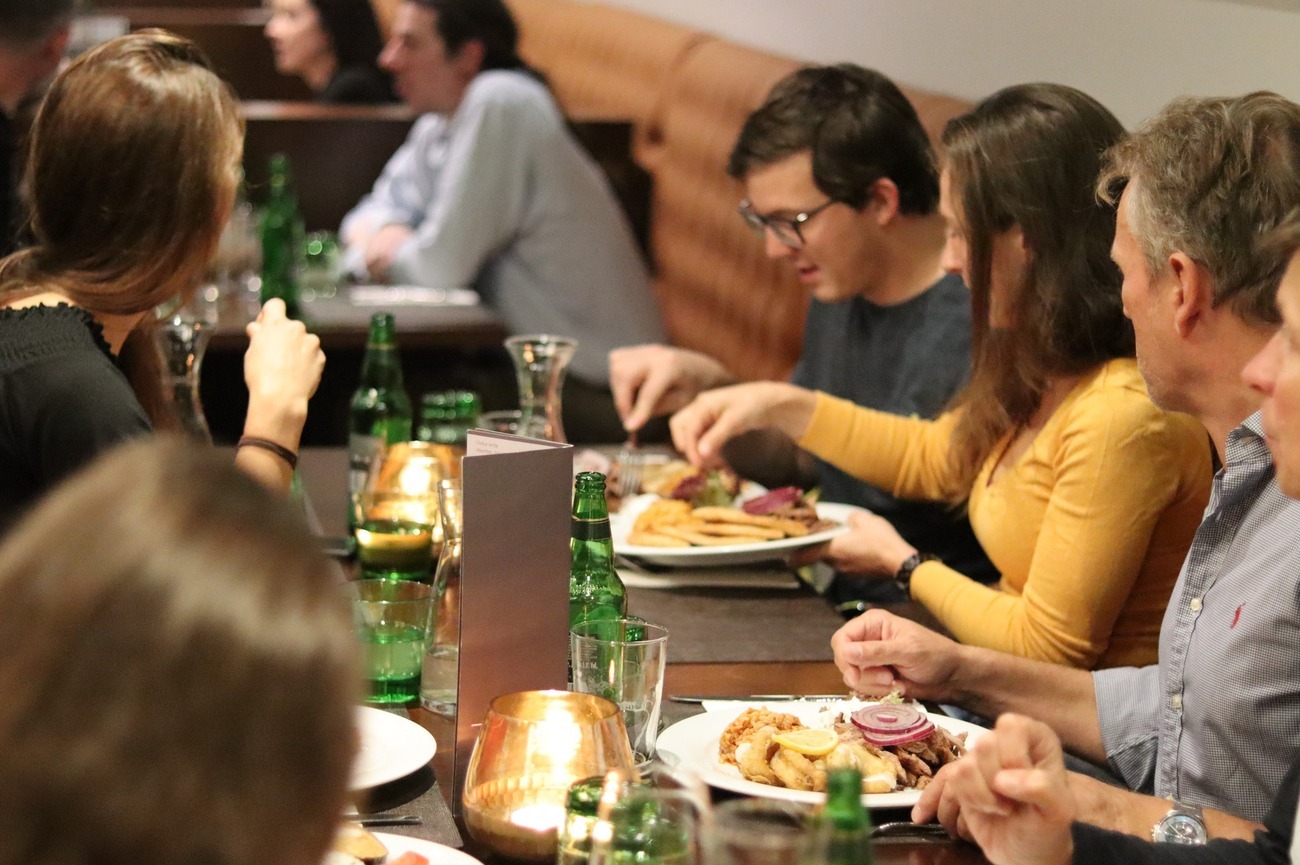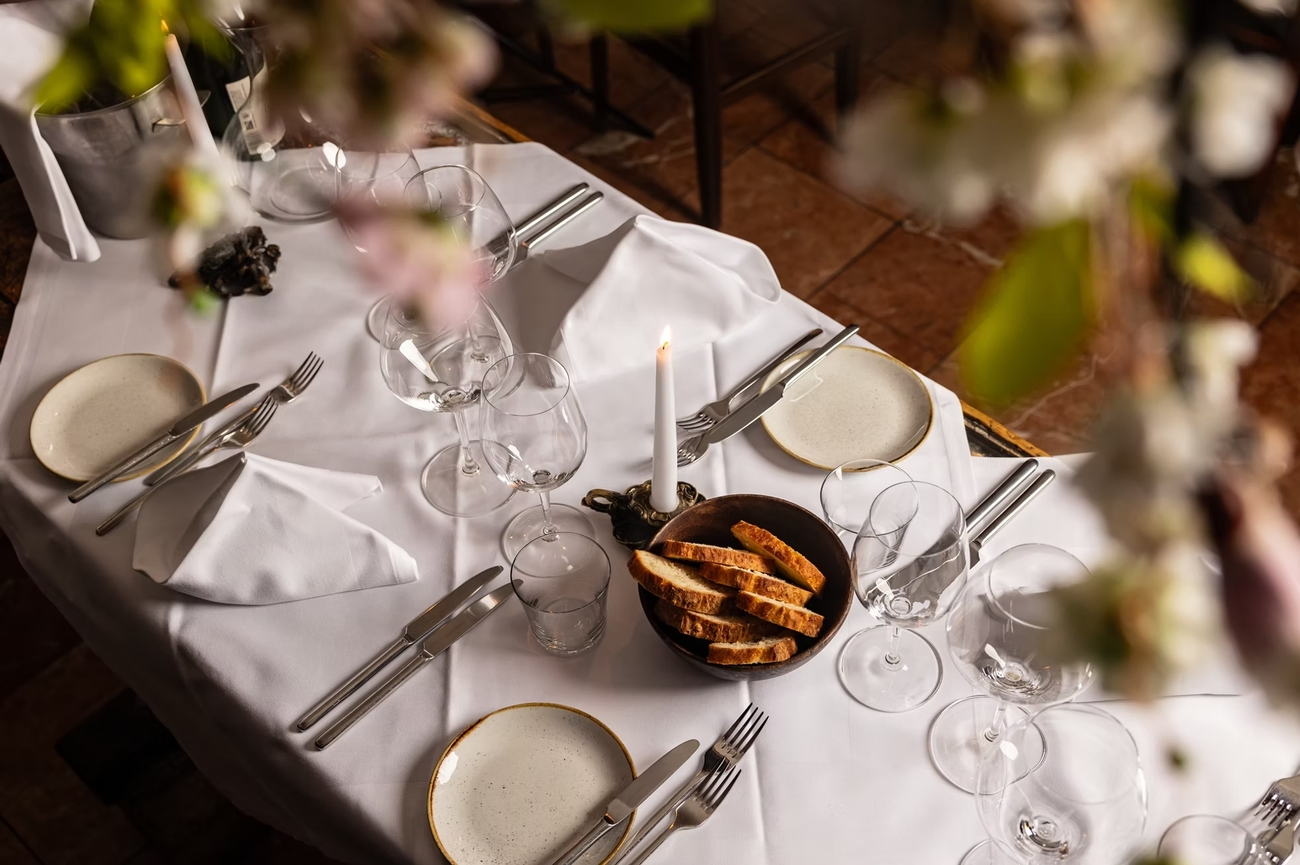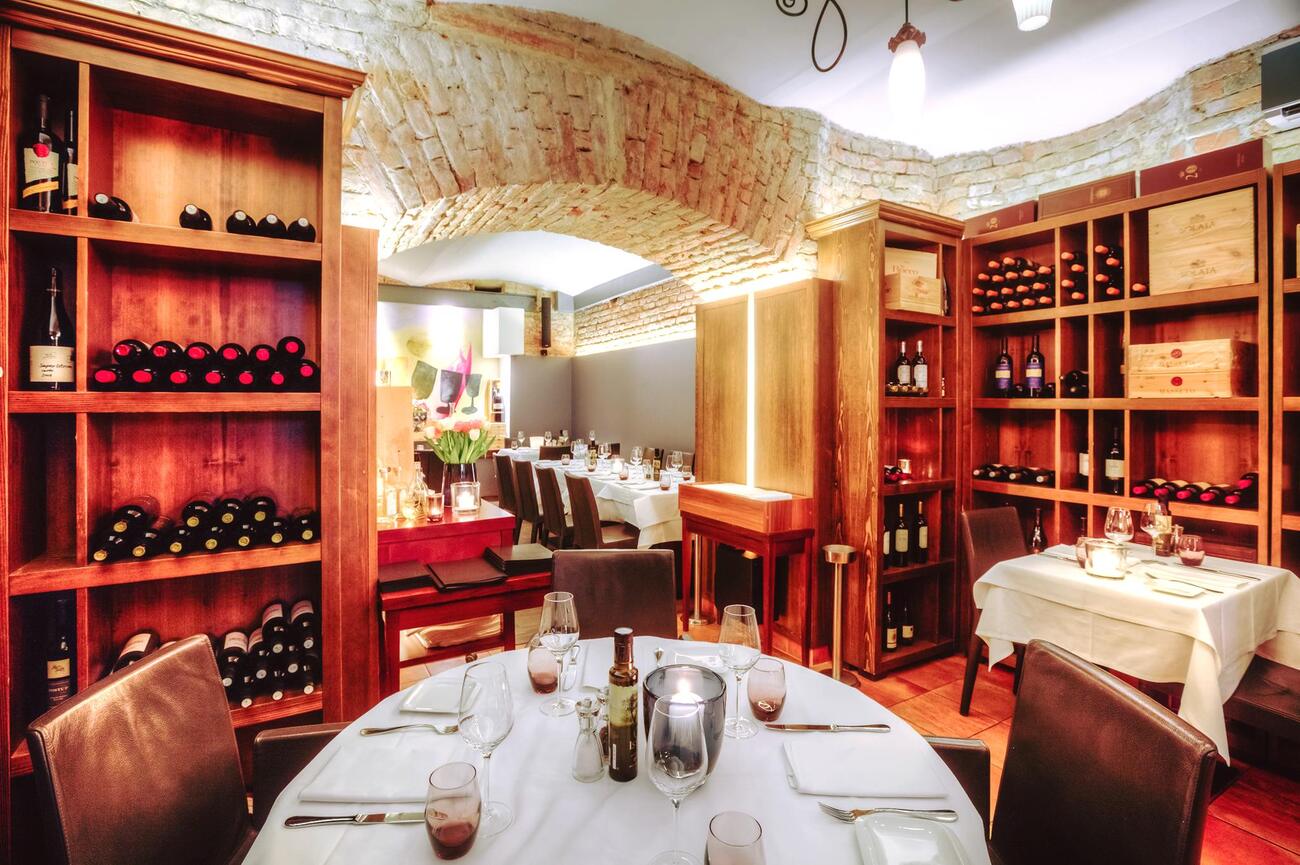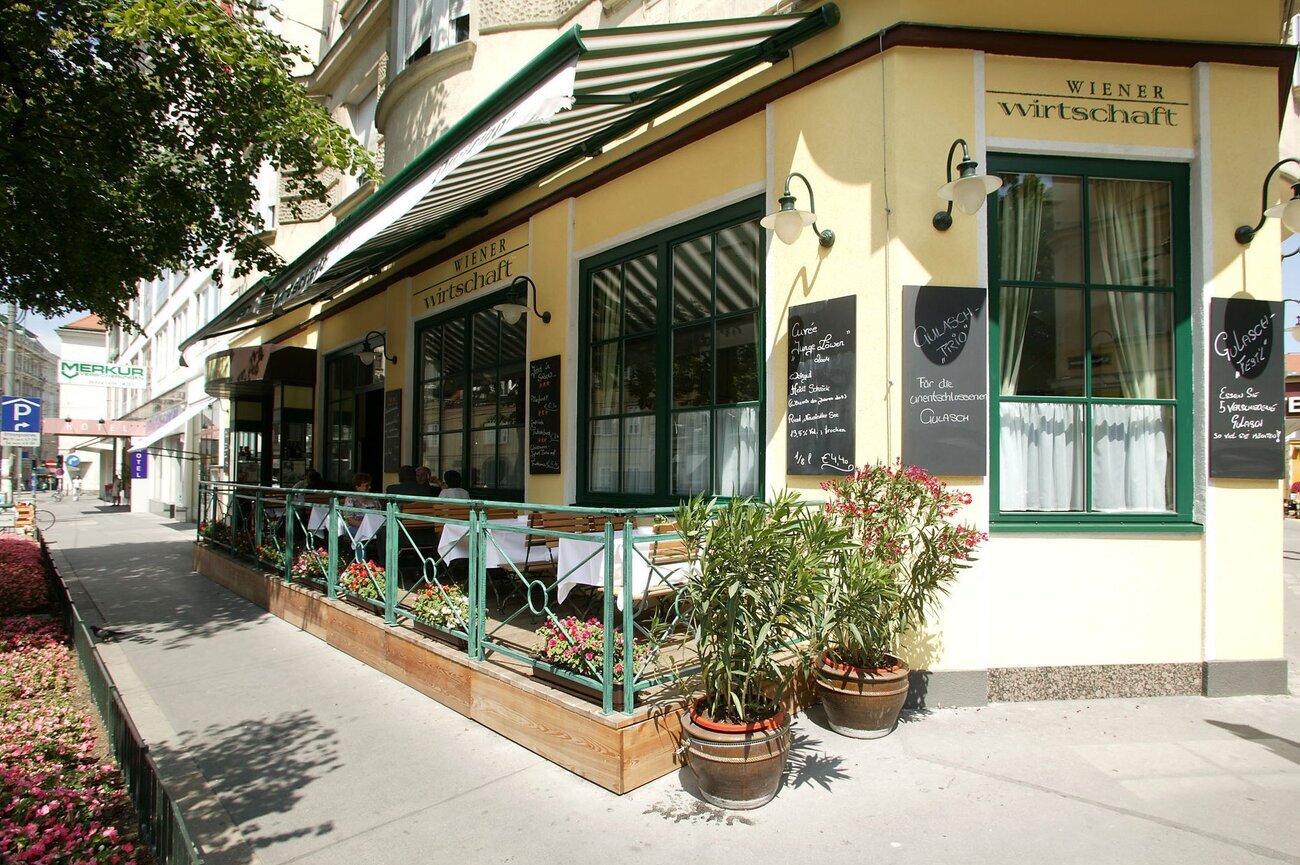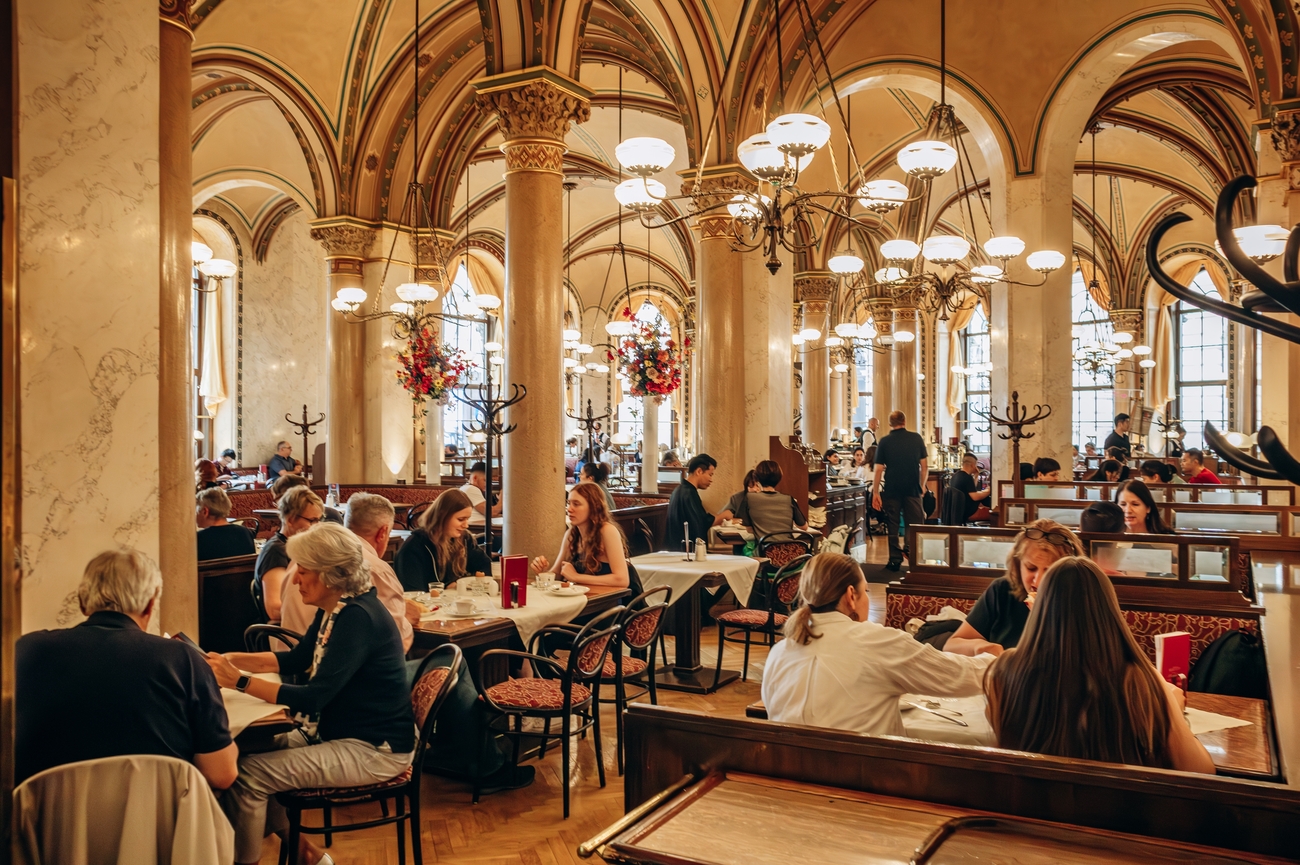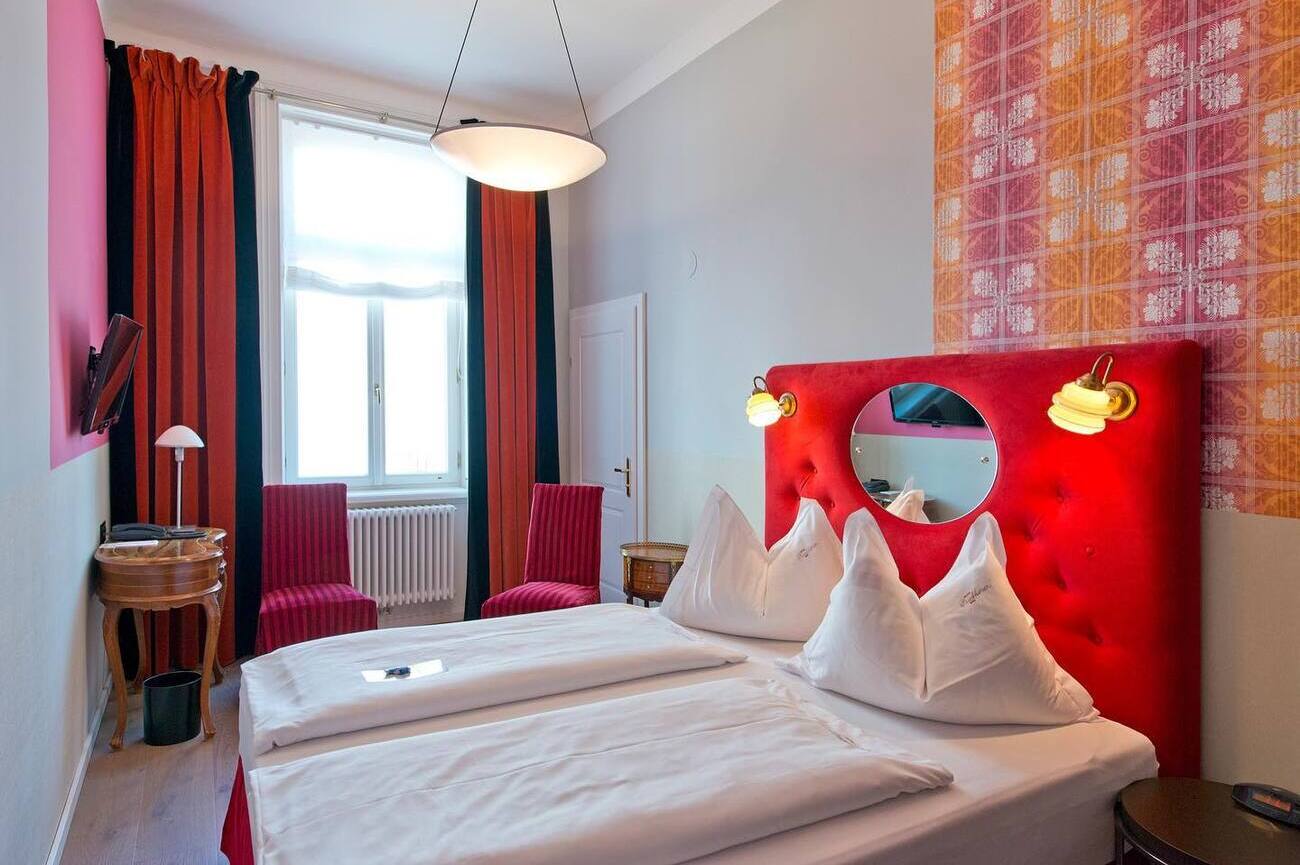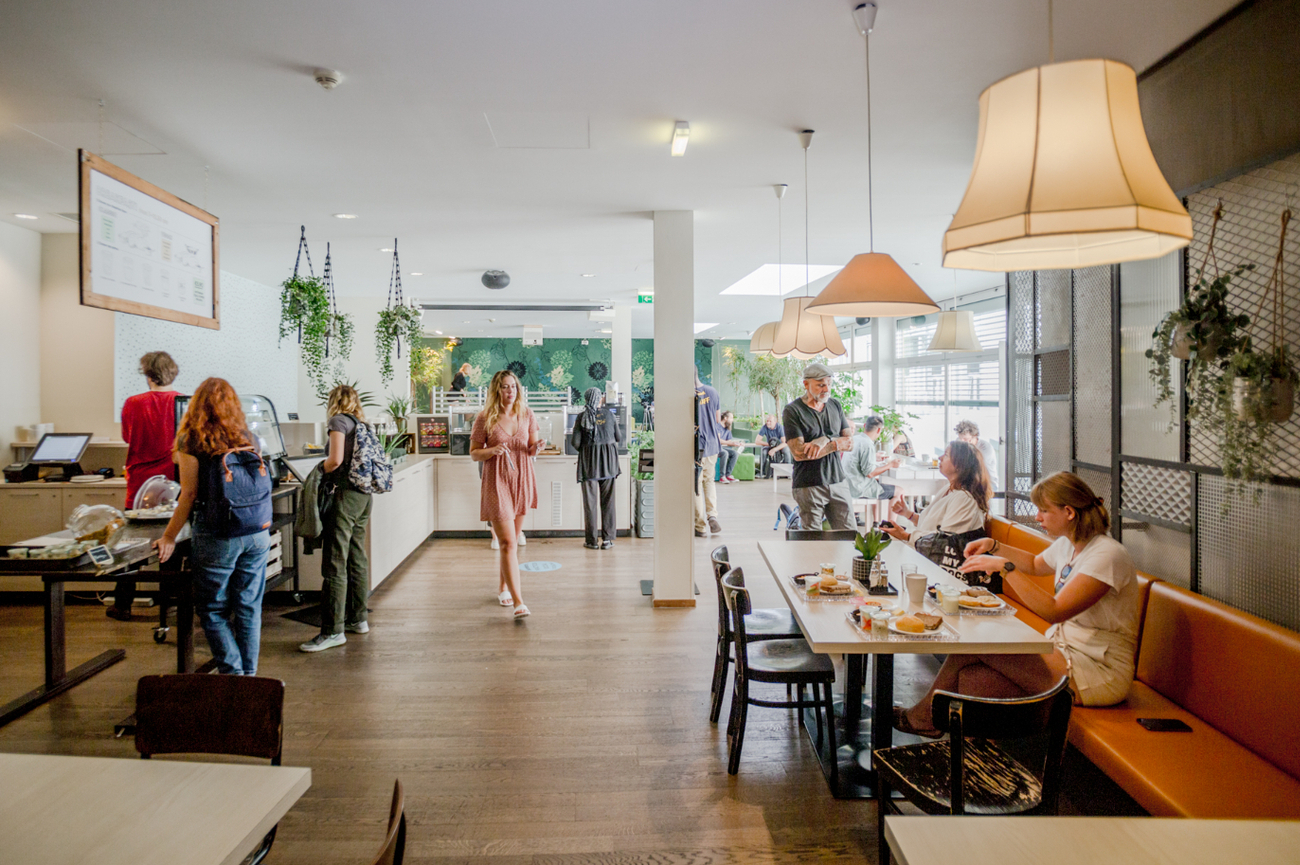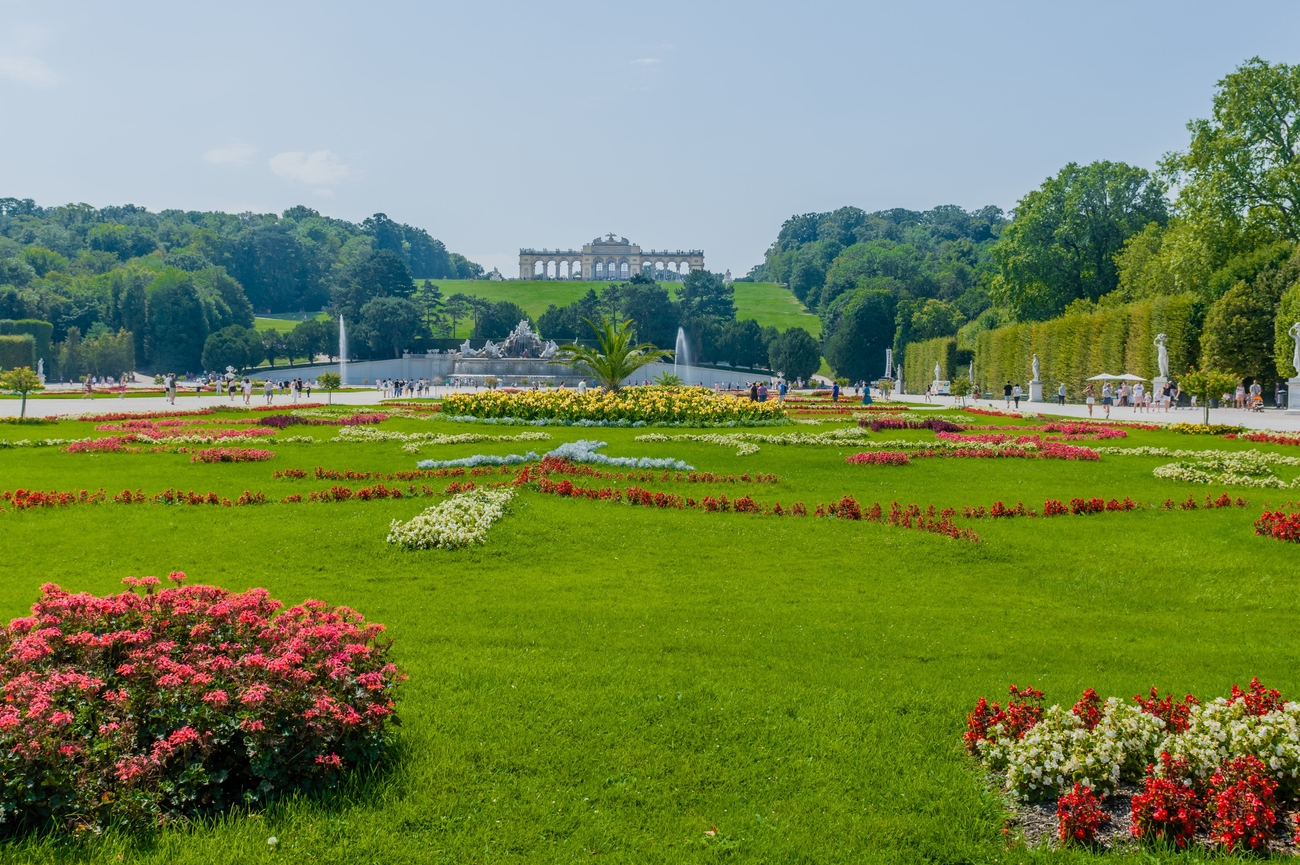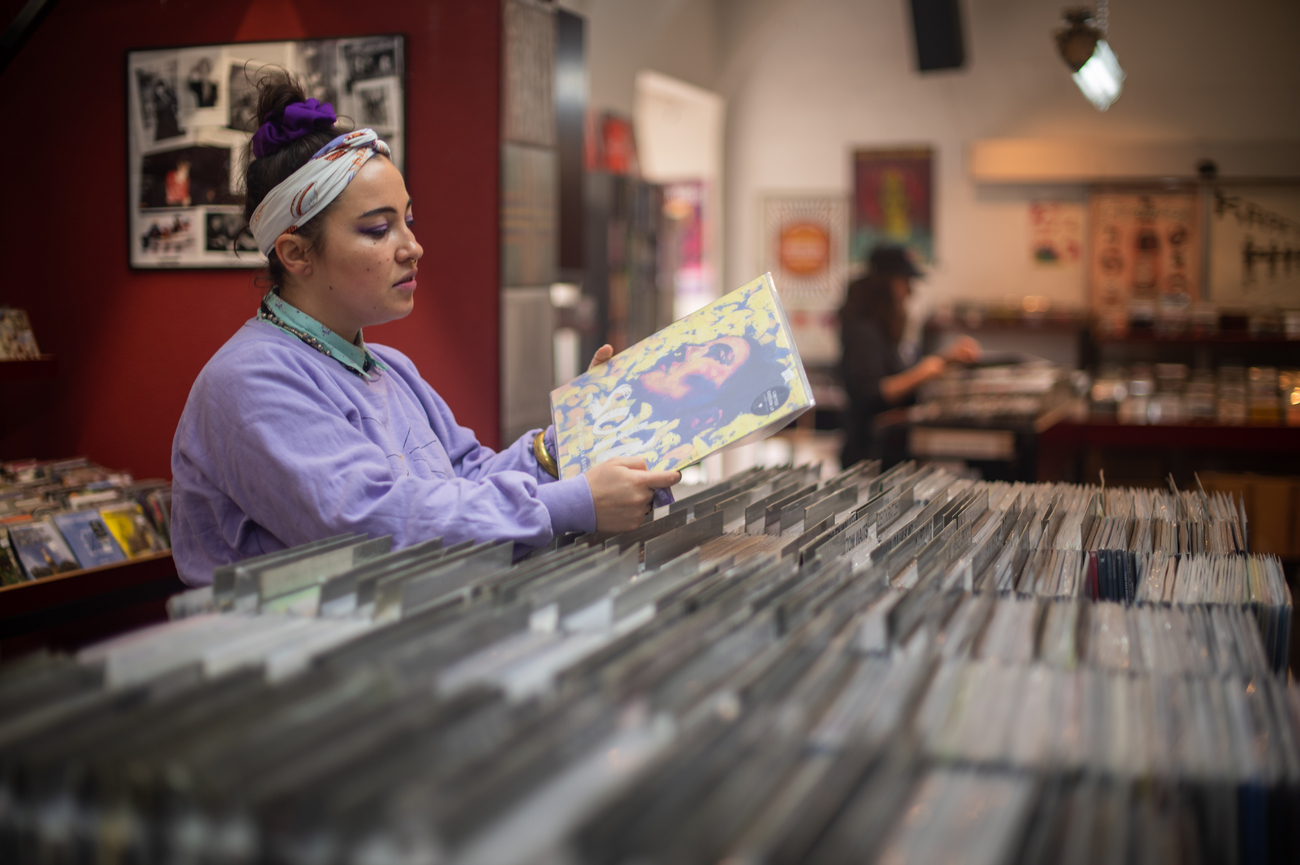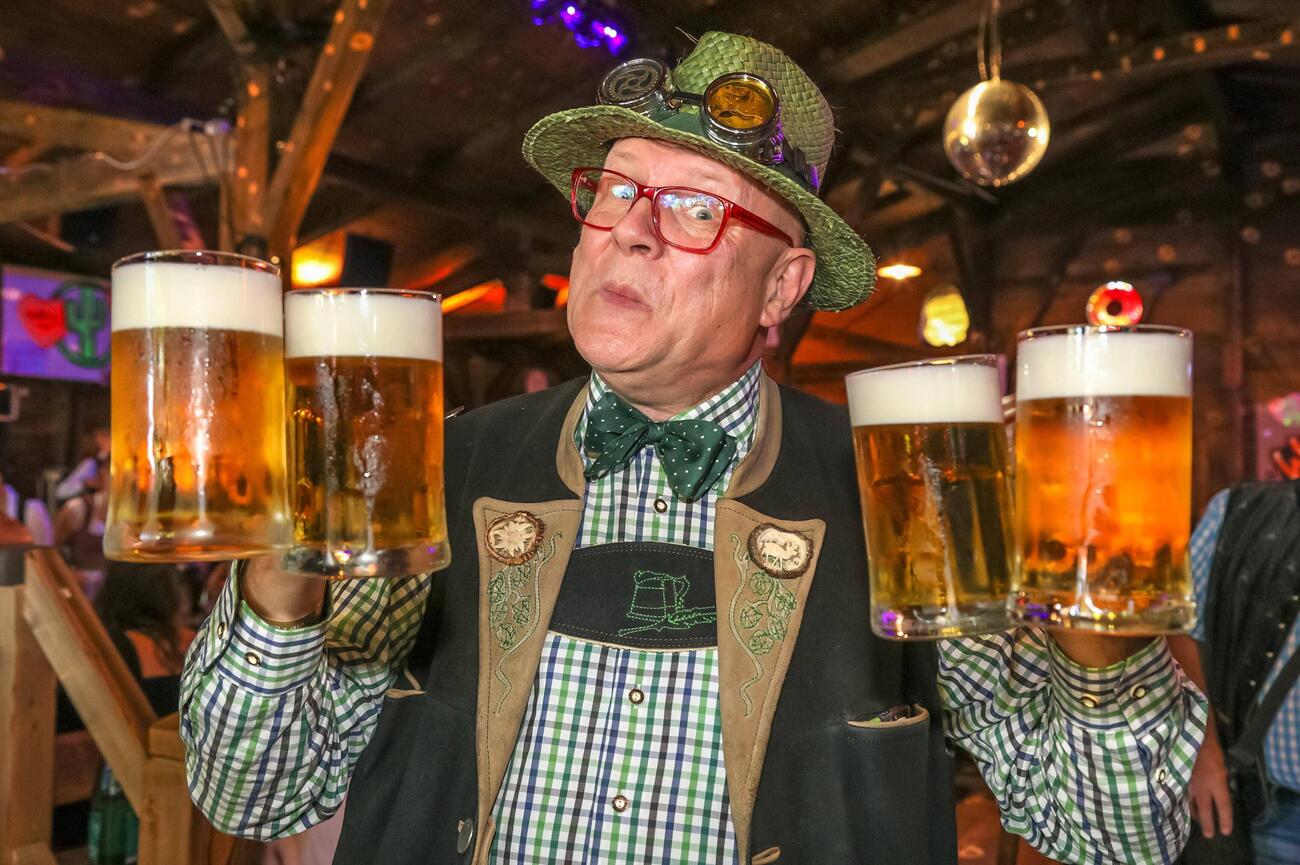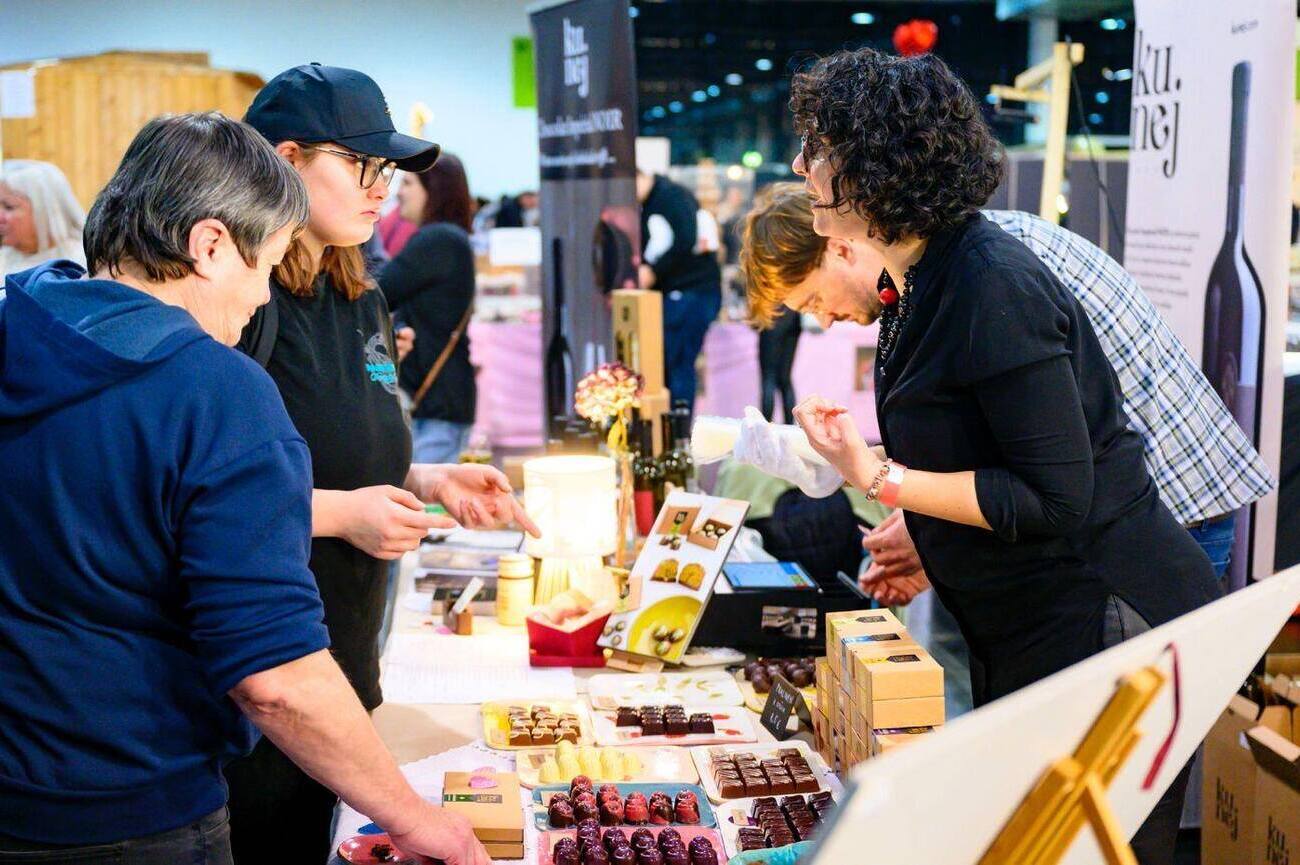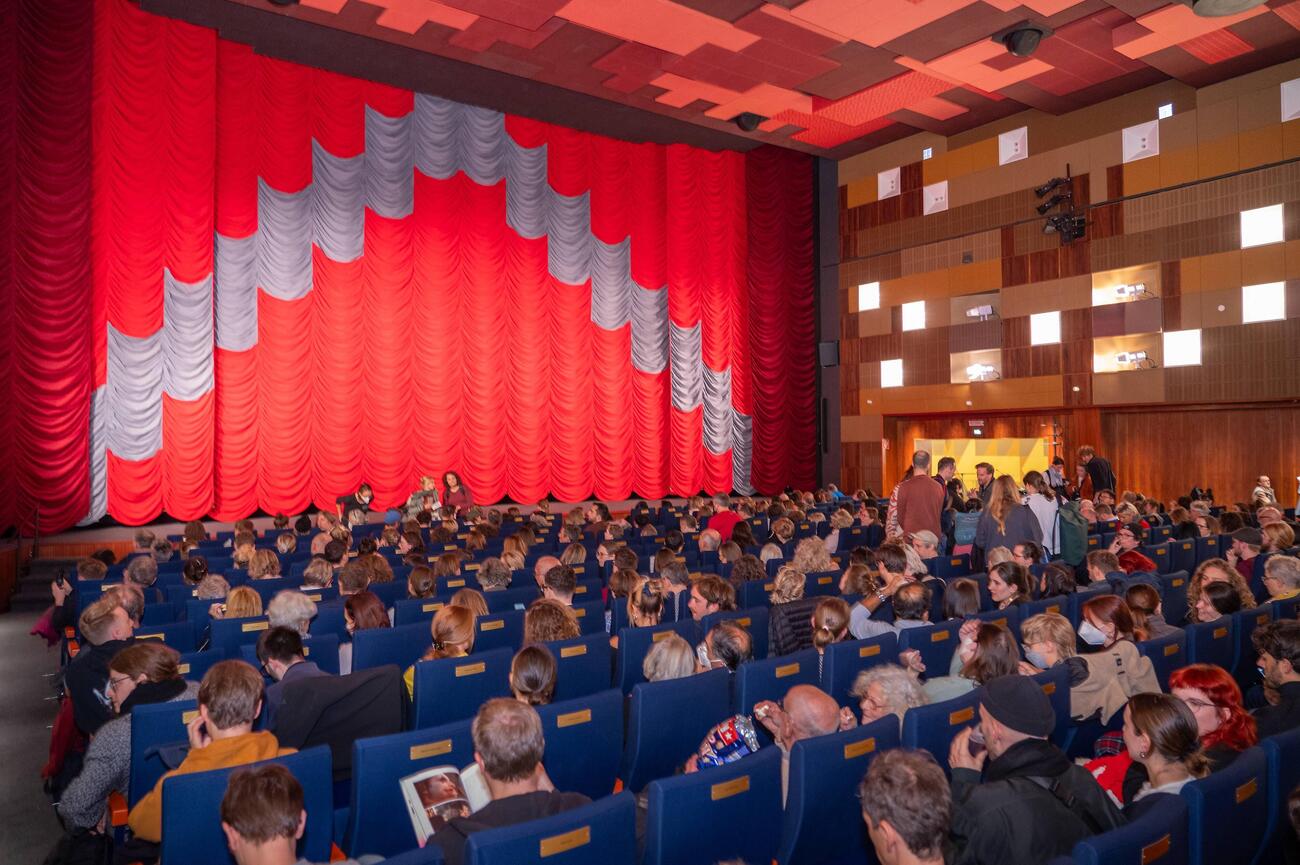Things to Do in Vienna: 4-Day Itinerary

Vienna doesn’t sing history in full orchestral glory. This city waltzes between centuries like it never quite decided whether it’s 1780 or 2025, and honestly, that’s part of the charm. One moment, you’re staring up at baroque palaces that make royalty feel humble; the next, you’re gliding past bold modern art installations that practically wink at Mozart’s ghost.
The streets themselves feel like a well-curated playlist: one track is the clink of porcelain cups at a grand café where Freud once overanalyzed his espresso, the next is the deep hum of a cello leaking out of an open opera window.
And art lovers, history buffs and architecture addicts, Vienna doesn’t play favorites. It spoils everyone. From the golden shimmer of Klimt’s The Kiss to the snow-white stallions of the Spanish Riding School, every corner of the city feels choreographed. But don’t worry, there’s plenty of room for spontaneity between the palaces and concert halls, like a cheeky stroll through the Naschmarkt or a dizzy spin on the Ferris wheel at sunset will do the trick.
So, loosen that scarf, charge your camera and prepare your inner aristocrat. Vienna’s ready to show off her imperial sparkle and modern charm. And to make it easier, we’ve crafted a 4-day itinerary that hits all the right notes.
Day 1

Morning: Heldenplatz
Kick start your Vienna journey in Heldenplatz. This isn’t just a pretty plaza; it’s the open-air theatre of empires, parades and powerful speeches. Under the reign of Franz Joseph I, the area was sculpted into part of the ambitious Kaiserforum, a monumental project that aimed to frame Austria’s power in architecture and grandeur (though it stopped short of full completion).
Take a moment to appreciate
the two majestic equestrian statues flanking the space: one honors Archduke Charles of Austria and the
other Prince Eugene of Savoy. These are both military legends of the Habsburg
era, captured here in bronze and glory. On the south side, the gate known as
the Äußeres Burgtor (Outer Castle Gate) stands as both an entrance and a
memorial: originally a 19th-century structure honoring veterans, later repurposed as a war monument. And for those leaning into luxury travel mode, a visit to Heldenplatz is
best when paired with a private guided tour of the adjacent Hofburg Palace
complex.
Hofburg Palace
Now, from the grand sweep of Heldenplatz, take three confident strides into the archway of the neighboring Hofburg Palace.
This palace was the heartbeat of the Habsburg dynasty for over six centuries. It is a fortress turned court, turned residence, now a museum-meets‐monument that still whispers of emperors and empresses. Its roots go back to the 1200s and over time expanded into a complex of 18 wings with more than 2,000 rooms. From grand state rooms to the intimate apartments of Empress Elisabeth of Austria (aka “Sisi”), it mixes architectural styles like a couture tailor mixing silks: Gothic, Baroque, Renaissance. The Swiss Courtyard houses the treasures of empire, including the crown jewels of the Holy Roman Empire.
Sisi
Museum
From the marble corridors of the Hofburg, the path leads straight into the heart of royal mythmaking. The Sisi Museum is Vienna’s love letter to its most enigmatic empress. You’re going to be plunging into the world of Empress Elisabeth or “Sisi” to those who adored her.
This isn’t a museum that tiptoes around its subject. It lets you into Sisi’s world in full, unapologetic splendor. Her diamond stars, mourning veils, parasols and even her gymnastic rings (yes, the empress worked out before it was trendy) are displayed with the kind of reverence usually reserved for holy relics. Despite ongoing renovations, the museum still carries what curators call “Sisi’s aura as a living experience,” and that’s no exaggeration. The air practically hums with imperial melancholy and elegance. She was a 19th-century influencer before social media was a thing.
For those who prefer their history polished to perfection, there’s a guided tour in English daily at 2 PM or, if you’re feeling bold, join the German tours at 11:30 AM or 3:30 PM to hear her story in the Empress’s mother tongue. Tickets start at €25 for adults, though the real insider move is the Sisi Pass, which bundles this museum with Schönbrunn Palace and the Vienna Furniture Museum, trimming about 25% off the total.
St.
Michael’s Church
Step into the Gothic drama of St. Michael’s Church, one of Vienna’s oldest and most atmospheric churches. Located right next to the Hofburg Palace, this 13th-century gem once served as the imperial parish church, meaning it’s seen its fair share of royal confessions, coronations and maybe even a little divine gossip.
The interior is a time capsule of styles. It is a mix of Romanesque bones, Baroque flair and Gothic grandeur that somehow works in perfect harmony. The real showstopper? The “Fall of the Angels” sculpture by Lorenzo Mattielli, a stunning Baroque masterpiece that seems to explode out of the altar, with angels tumbling dramatically like they’ve missed their heavenly landing. But if you’re the kind of traveler who loves a touch of the macabre, don’t skip the catacombs beneath the church. Perfectly preserved mummies and coffins from the 17th and 18th centuries line the crypt. They’re eerie, fascinating, and absolutely unforgettable.
Afternoon:
Albertina Museum
Afternoons in Vienna call for a touch of sophistication and the Albertina Museum serves it up in full brushstrokes. Tucked elegantly behind the Vienna State Opera, this former Habsburg palace is where imperial grandeur meets artistic genius.
The Albertina houses one of the world’s most important print collections, including works by da Vinci, Michelangelo, Dürer, Rubens, and Rembrandt. Basically, the Avengers of art history. But it doesn’t stop there. Its permanent collection, “Monet to Picasso,” takes you on a dizzying journey through modern art, featuring the dreamy water lilies of Monet, the fractured brilliance of Picasso and the electric energy of the Expressionists. Beyond the art, the State Rooms themselves are a masterpiece. It is a rare peek into how the Habsburgs lived (hint: lavishly). Every gilded corner and pastel wall tells a story of power, privilege and impeccable taste.
Vienna
State Opera
A few steps from the Albertina, the air starts to hum with something different, the kind of electricity that only comes before a curtain rises. That’s when you know you’ve reached the Vienna State Opera, the city’s beating cultural heart where velvet, marble and music collide in the most dramatic way possible.
Built in 1869, this Renaissance Revival masterpiece has seen it all from the first whispers of Mozart’s overtures to standing ovations for Strauss waltzes that made entire empires swoon. Inside, the chandeliers shimmer like they’re in on a secret, the red velvet seats hold generations of applause and the grand staircase practically demands a slow, dramatic ascent.
You can join a guided tour available daily in English and several other languages to explore its backstage magic, the orchestra pit and the emperor’s private box. For those craving the real deal, the opera’s evening performances are legendary. Whether you’re catching a Verdi tragedy or a Puccini heartbreaker, the experience is pure Vienna.
Graben
Shopping Boulevard
By the time you leave the Opera, it’s time to trade symphonies for shopping bags. Head straight to Graben, Vienna’s most dazzling boulevard, where history and haute couture share the same cobblestones. Once a medieval trench (yes, graben literally means “ditch”), it has since transformed into a parade of luxury, where the only thing deeper than your admiration might be your credit card bill.
Here, fashion houses like Louis Vuitton, Hermes and Cartier line the street like they’re competing for your attention, and winning. But it’s not just about what’s in the windows. Between the boutiques, the Pestsäule (Plague Column) rises in baroque glory, a gilded reminder that Vienna’s past wasn’t always so glitzy. Today, it’s one of the city’s most photographed landmarks.
St.
Peter’s Church
A few steps off Graben, tucked behind the luxury storefronts and café chatter, stands St. Peter’s Church (Peterskirche).
The church may look modest from the outside, but step inside and the world turns gold. The dome bursts with frescoes, cherubs peek from every corner, and the gilded altar practically glows under soft candlelight. It’s said that Charlemagne founded the first church here in the 4th century, though the version you see now dates to the early 1700s. And if timing’s on your side, catch one of the daily organ concerts that fill the church with heavenly acoustics (and, sometimes, goosebumps).
Evening:
Belvedere Palace
As the sun dips and Vienna begins to glow like it’s been brushed with liquid gold, make your way to Belvedere Palace. Split between the Upper and Lower Belvedere, this grand baroque complex feels like a living postcard.
The Upper Belvedere steals the spotlight with its sweeping city views and world-class art collection. Inside, you’ll find masterpieces by Gustav Klimt, including “The Kiss”, possibly Vienna’s most famous power couple since Franz and Sisi. Wander through gilded halls where every ceiling seems to have its own opinion on drama, and every room whispers of Austria’s imperial excess.
Down the slope, the Lower Belvedere is equally show-stopping, once home to Prince Eugene of Savoy himself. Its mirrored halls and marble galleries now host rotating exhibitions that bridge centuries of artistry. And if you time it right, you might stumble upon one of their themed guided tours, which peel back layers of royal gossip, artistic innovation and architecture in pure storybook style.
Belvedere-Schlossgarten
End the night with a slow wander through the Belvedere Schlossgarten, Vienna’s version of a royal exhale. This baroque garden links the Upper and Lower Belvedere in perfect symmetry, framed by clipped hedges, marble nymphs, and fountains that seem to hum softly under the night sky. By this hour, the crowds are gone and the atmosphere shifts. This garden is Vienna’s most graceful goodnight.
Day 1 - Vienna Tour Map
Day 2

Morning: Schönbrunn Palace
Morning kicks off in royal fashion at Schönbrunn Palace, the kind of place that makes “grand” feel like an understatement.
What once started as a hunting lodge for the Habsburgs evolved into a full-on summer residence, boasting 1,441 rooms, sprawling gardens and a reputation for dramatic elegance. Walls that heard court intrigues, halls that held balls where waltzes spiraled deep into the night and staircases where royalty ascended as though onto a stage. The Baroque facade faces gardens that flow like silk, trimmed to perfection, crowned by the Gloriette above.
For the luxury-minded traveler, you can opt for the “Palace Ticket” or the “Maria Theresia Tour”, where private guides lead through state rooms, imperial apartments and areas rarely seen by the regular visitor. Fast-track entry tours and small-group premium experiences let the crowds shrink into the background scenery, leaving you and history’s grandest interiors in peaceful company.
Neptune
Fountain
From the palace’s marble halls, step into the open air and follow the central axis of Schönbrunn’s gardens until the sound of splashing water grows louder. It’s about a 7-minute walk down the perfectly symmetrical garden axis to reach the Neptune Fountain.
Completed in 1780 under Emperor Joseph II, this grand fountain was designed by Johann Ferdinand Hetzendorf von Hohenberg, the same architect behind the Gloriette. At its center, Neptune himself reigns supreme, commanding his sea creatures while nymphs and tritons swirl around him in a stone symphony. The fountain wasn’t just built to impress; it was meant to frame power itself. From here, the Emperor could look out from the palace and see his dominion reflected in mythological form.
Gloriette
Hill
From the Neptune Fountain, the climb to Gloriette Hill takes about 10 minutes, though it feels less like a workout and more like a slow ascent into Vienna’s version of Olympus. Built in 1775 under the direction of Maria Theresa, it was meant to crown the gardens of Schönbrunn with a triumphant statement of power. The central arch, flanked by sweeping colonnades and topped by a majestic imperial eagle, was designed by court architect Johann Ferdinand Hetzendorf von Hohenberg. From this vantage point, the Habsburgs could look down on their empire literally.
Today, the Gloriette continues to hold court as one of Vienna’s most striking viewpoints. Step inside and you’ll find Café Gloriette, a glass-lined patisserie that serves traditional Viennese treats in the same space where emperors once took breakfast. For those leaning into luxury, private guided tours of Schönbrunn Gardens include a curated walk up the hill, revealing the hidden symbolism behind the sculptures and the history of imperial leisure. The real indulgence, though, is the rooftop terrace, where visitors can enjoy sweeping views of Vienna’s skyline.
Afternoon:
Irrgarten
From the ascent up to the Gloriette, wander downhill through the palace gardens for about 8 minutes until you reach the lush green realm of the Irrgarten im Schlosspark Schönbrunn, a hedge maze with more personality than most escape rooms.
This garden feature was first laid out around 1698-1740 as part of the grand estate of Schönbrunn Palace, designed for aristocratic leisure and a bit of playful disorientation. Back in the day, the royal family strolled its winding paths; today it’s been reconstructed (in 1999) on historical models with high yew hedges, an observation platform at the center and even “harmony stones” rumored to boost your inner energy. It’s both garden and game, combining baroque design with a twist of fun.
For a touch of luxury, opt for the premium garden-tour extension that includes the Irrgarten, where a private guide can point out the subtle symbols of the zodiac tucked into the hedges and share stories of courtly hide-and-seek (and maybe the scandal that prompted the original maze’s removal in the 19th century). One can also book early-morning access to the gardens so that the maze is virtually all yours.
Palm
House Garden
From the Irrgarten, stroll 5 minutes west through the Schönbrunn gardens and you’ll find yourself before one of Vienna’s most breathtaking architectural marvels, the Palmenhaus Schönbrunn (Palm House).
This vast iron-and-glass greenhouse, completed in 1882, is a masterpiece of late-19th-century engineering and a symbol of imperial fascination with botany and exploration. The structure is divided into three pavilions, each maintaining a distinct climate like tropical, temperate, and Mediterranean and together they shelter over 4,500 plant species. Think towering palms, cycads older than the dinosaurs, orchids that could outshine jewelry and exotic blooms collected from every corner of the Habsburg Empire.
Orangery
A short 7-minute walk east from the Palm House, along the regal paths lined with perfectly trimmed hedges, leads to the Schönbrunn Orangery.
This spot is one of the largest Baroque orangeries in Europe, rivaled only by Versailles. Built under Emperor Franz Joseph I, the Orangery wasn’t just for sheltering citrus trees during Vienna’s frosty winters. It was also the scene of lavish imperial festivities. In fact, this is where Mozart himself once competed in a musical duel against Antonio Salieri in 1786. Yes, the same Salieri immortalized by the film Amadeus. Today, the Orangery continues to echo with music and grandeur. You can attend a Schönbrunn Palace Concert, where the Vienna Orchestra performs masterpieces by Mozart and Strauss right under crystal chandeliers. This is complete with optional packages that include a VIP dinner and palace tour before the show.
Vienna
Museum of Science & Technology
From the Orangery, it’s just a 10-minute stroll west through Schönbrunn’s tree-lined avenues to reach the Vienna Museum of Science and Technology (Technisches Museum Wien). This place is a treasure trove where innovation takes center stage and curiosity runs wild.
Founded in 1909 under Emperor Franz Joseph I, this museum was built to showcase Austria’s industrial achievements and forward-thinking spirit. Today, it’s one of Europe’s most fascinating explorations of human ingenuity. There’s everything from vintage locomotives and early aircraft to robotic arms and renewable energy tech. It’s history, but turbocharged. The vast halls blend nostalgia and modernity which is a juxtaposition of steam engines humming beside space-age satellites.
For a touch of luxury, the museum offers private guided tours that take guests beyond the public exhibits. These curated experiences let you see rare prototypes and behind-the-scenes collections, often reserved for researchers and enthusiasts.
Evening:
Schönbrunn Park
As the sun begins its slow descent, take a leisurely walk back into Schönbrunn Park, only a few minutes from the museum. The daytime grandeur of the palace gives way to something softer here.
Originally designed as the imperial gardens of the Habsburgs, Schönbrunn Park stretches across more than a square kilometer of meticulously landscaped beauty. Every path seems to lead to a story from mythological sculptures to the grand alleys that once hosted royal promenades. You’ll find baroque elegance paired with serene symmetry, a setting that turns even a quiet stroll into a cinematic experience. As night falls, Schönbrunn Park feels like a gentle encore to the day.
Day 2 - Vienna Tour Map
Day 3

Morning: Kunsthistorisches Museum Wien
Few places can make you feel like you’ve waltzed straight into a masterpiece, but the Kunsthistorisches Museum Wien pulls it off effortlessly.
Built by Emperor Franz Joseph I in 1891, this palace of art was his grand love letter to the Habsburgs’ vast collection and to human creativity itself. Inside, every room feels like a conversation between eras. There’s Caravaggio’s drama, Titian’s warmth, Raphael’s balance. You’ll even find Bruegel’s “Tower of Babel,” a painting so intricate it could double as a Renaissance version of Google Earth. The Egyptian and Near Eastern collections downstairs are another world entirely. There you’ll find sarcophagi, hieroglyphs and gods carved in stone thousands of years before Vienna ever existed. You can also opt for a private guided tour through the museum’s highlights. The Art History Museum Exclusive Tour lets you skip the lines and explore with an art historian who tailors the experience to your interests.
Museum of
Natural History Vienna
From the steps of the Kunsthistorisches Museum Wien, it’s just a one-minute saunter across the dramatic plaza to reach the twin-building marvel that is the Naturhistorisches Museum Wien (Museum of Natural History Vienna).
The facade alone speaks volumes with statues of continents flanking the entrance, domes rise like planetarium observatories, and the air feels charged as though nature itself is taking a bow. Inside the museum, the Habsburgs turned collecting into an art form. From a 65-meter high dome to halls filled with meteorites that once streaked through the heavens, this is where Earth’s wild brilliance lives. One of the stars of the collection, the tiny yet iconic Venus of Willendorf, dates back 29,500 years and anchors a display that spans the evolution of life, ancient civilizations and the very building blocks of our planet.
Maria-Theresien-Platz
Stepping out from the grand halls of the Museum of Natural History, the world instantly expands into Maria-Theresien-Platz, one of Vienna’s most regal open-air stages. It’s not so much a square as it is a royal introduction to symmetry. On one side stands the Museum of Art History. On the other, its mirror twin, the Museum of Natural History. Between them rises a monument so commanding it makes even emperors look twice, the colossal bronze statue of Empress Maria Theresa.
Built in the late 19th century, the square was part of Emperor Franz Joseph’s vision to celebrate the Habsburg dynasty’s glory. Every inch screams grandeur. The gardens are perfectly clipped, the fountains whisper stories of imperial pride and the Empress herself is surrounded by figures of generals, philosophers and statesmen who shaped Europe’s destiny. It’s the kind of place where you can feel centuries collide.
MuseumsQuartier
Wien
From Maria-Theresien-Platz, it’s just a short five-minute walk through Vienna’s elegant stone corridors to the MuseumsQuartier Wien, or as locals lovingly call it, the MQ. If the previous stops were grand waltzes through imperial history, this one is Vienna switching to jazz.
Once the Habsburgs’ imperial stables, the MQ has galloped into the 21st century as one of the world’s largest contemporary art and culture complexes. The Baroque facades may nod to history, but inside beats a heart that’s unapologetically modern. Think bold exhibitions at the Leopold Museum, digital installations at the mumok (Museum of Modern Art Ludwig Foundation Vienna), and boundary-pushing performances at Tanzquartier Wien. Even the courtyards hum with energy, where students sprawl on geometric loungers and artists sip espresso while pretending not to people-watch.
For a luxurious twist, consider booking a private architecture and art tour through the MQ, where local curators unpack the stories behind the collections and even arrange access to closed exhibitions or artist meetups. You can also elevate the experience by visiting the MQ Libelle rooftop terrace, a sleek glass structure offering panoramic views of the city skyline.
Afternoon:
Museum of Applied Arts
From the elegant facade of the Museum of Applied Arts on the Ringstraße, it’s a brisk roll through Vienna’s design history. Founded in 1863 as the “Imperial Royal Austrian Museum of Art and Industry”, this museum today feels like a stylish rendezvous between past craftsmanship and future aesthetics.
Inside, the collection spans from medieval silverware and Biedermeier sofas to the avant-garde works of the Wiener Werkstätte (est. 1903) and cutting-edge design labs. Every chair, vase and textile tells a story of Vienna not just being imperial but also ingeniously inventive. And for those who appreciate travel with a touch of luxury, the MAK offers exclusive guided tours through its permanent collection, the MAK DESIGN LAB, and special exhibitions. Small-group experiences or VIP access can include behind-the-scenes looks into archives of furniture and experimental design. The museum’s design shop is a hidden gem for limited-edition pieces and bespoke souvenirs.
And when the art hunger turns into actual hunger, there’s Salonplafond, the museum’s chic in-house restaurant. The high-ceilinged space feels like a conversation between architecture and appetite. Open daily from 10 a.m. to midnight, it’s the perfect place to end your visit or start plotting your next one.
Johann
Strauss monument
From the museum, it’s an easy ten-minute stroll through Vienna’s stately streets to Stadtpark, where one of the city’s most photographed residents waits, Johann Strauss II, the Waltz King himself.
The gilded statue of Strauss, bow poised mid-performance, has been gleaming under the Viennese sun since 1921. It’s more than a monument. It’s a love letter to a man who turned dance floors into dreams and made the waltz the heartbeat of Vienna’s golden age.
Oh and let’s talk about the park around him. It opened in 1862, was the city’s first public green space, a revolutionary idea at the time. Strolling here once meant being part of Vienna’s most elegant parade. This is where artists, nobles and thinkers crossed paths under chestnut trees and to the faint echo of Strauss’s “The Blue Danube.”
Kunst
Haus Wien
Leaving the golden glow of the Johann Strauss Monument behind, follow the gentle curve of the Ringstrasse and cross the Danube Canal, it’s about a twenty-minute stroll or a quick tram ride east to one of Vienna’s most delightfully unconventional gems: Kunst Haus Wien.
Designed by the visionary artist Friedensreich Hundertwasser, this museum is a kaleidoscope of color, texture, and whimsy. Opened in 1991, it occupies a renovated factory turned art utopia, where uneven floors, vibrant tiles and living trees sprouting from windows make you question whether architecture should really ever be symmetrical again. Inside, Hundertwasser’s paintings and graphic works are joined by rotating contemporary art exhibitions focused on ecology and sustainability. And the museum offers private guided tours that delve into Hundertwasser’s philosophy of harmony between nature and humanity.
Evening:
Donaukanal
Once a quiet industrial channel, the Donaukanal area has evolved into one of the city’s coolest evening hangouts, balancing raw urban grit with that unmistakable Viennese sophistication.
Start your evening stroll along the Urania Observatory, where the fading daylight paints the water gold. Then follow the canal’s edge, and you’ll find a parade of graffiti murals, pop-up art, and locals sipping Spritzes by the riverside. The vibe here shifts effortlessly from chill to electric depending on where you pause.
This is simply Vienna unbothered.
Viennese
Giant Ferris Wheel
From the Danube Canal, glide north toward Prater Park, where Vienna trades its elegance for pure, nostalgic fun. Rising above the treetops is the Viennese Giant Ferris Wheel or the Wiener Riesenrad, a landmark that has watched the city evolve for more than a century.
Built in 1897 to celebrate Emperor Franz Joseph’s Golden Jubilee, this towering wheel has survived wars, fires, and modernity itself. It’s one of the oldest operating Ferris wheels in the world and stepping into one of its red cabins feels like stepping into history. Each slow, deliberate rotation lifts you 65 meters above Vienna, offering sweeping views of the skyline and the Danube glittering in the distance.
Danube
Tower
Cap off the night with a short drive from the Prater to Danube Tower, Vienna’s tallest structure and its most dazzling nightspot.
Standing proudly at 252 meters, this mid-century marvel has been keeping watch over the city since 1964. It is a postwar symbol of optimism and progress. The tower may look sleek and modern, but its retro-futurist charm feels like a time capsule from the Space Age. Take the express lift, which whisks you to the top in just 35 seconds. The observation deck greets you with a 360-degree panorama of Vienna. Yes, its twinkling skyline, the calm ribbon of the Danube River, and the faint outline of the Vienna Woods in the distance. It’s the kind of view that silences even the most talkative travelers. And for those chasing an elegant finale, the Danube Tower Restaurant awaits just a few floors down. The space slowly rotates as you dine, completing a full turn every 26 minutes.
Day 3 - Vienna Tour Map
Day 4

Morning: St. Stephen’s Cathedral
Start the morning at St. Stephen’s Cathedral, the heart and heartbeat of Vienna. From the Danube Tower, it’s about a 15-minute drive back into the city center, where the Gothic spires rise like a stone symphony against the skyline.
The closer you get, the more it demands your attention. Those 230,000 colorful glazed tiles glint in the morning light, forming intricate patterns that seem almost too perfect to be real. The cathedral has witnessed Vienna’s greatest triumphs and darkest hours being built in the 12th century. It survived the Ottoman sieges, the Habsburg coronations, and even World War II, when it was nearly reduced to rubble. Inside, the south tower, lovingly nicknamed Steffl, stands at 136 meters, offering panoramic views that reward every one of the 343 steps. Down below, the catacombs tell a more haunting story, housing the remains of bishops, royals and even plague victims.
Mozarthaus
Vienna
From St. Stephen’s Cathedral, it’s just a three-minute stroll through Vienna’s cobblestoned lanes to reach Mozarthaus Vienna.
Mozarthaus is the only surviving residence of Wolfgang Amadeus Mozart in Vienna. He lived here from 1784 to 1787, composing some of his most celebrated works, including The Marriage of Figaro. The building is part museum, part time capsule. Each room reveals a different side of Mozart’s genius including the working musician, the eccentric performer, the struggling artist trying to balance fame with bills. It’s an intimate experience that turns a name from music history into someone vividly human.
The Mozarthaus Museum & Concert Package turns a visit into a private affair for the senses. Guests can explore the museum at their own pace using an audio guide or book a personal guided tour for a deeper look into Mozart’s life. The highlight comes after: an exclusive concert featuring his most beloved works, performed right within the museum’s intimate Bösendorfer Hall. And for those seeking something even more magical, it can be booked after hours (7 pm to 10 pm) for a candlelit tour-and-concert combo that feels straight out of the 18th century.
House of
Music
Now it’s time to go to a spot where Vienna’s classical past meets modern-day sound innovation. Tucked near the Kärntner Straße, this interactive museum turns music appreciation into a sensory playground. It’s not the quiet, look-but-don’t-touch kind of museum. Here, you conduct the Vienna Philharmonic, compose your own digital symphony and step inside sound installations that make you feel like you’re walking through a melody.
The building itself hums with creative energy. Once the former palace of Archduke Charles, it’s now four floors of pure auditory adventure. The Virtual Conductor experience lets you stand before a virtual orchestra, baton in hand, as they follow (or hilariously refuse to follow) your tempo. For something more relaxed, the Sonosphere offers an immersive dive into how sound travels through the human body and nature.
Ankeruhr
From the House of Music, head northeast for about ten minutes toward Hoher Markt, where the Ankeruhr, Vienna’s most poetic timekeeper, waits to sweep you into a waltz through the ages.
Built between 1911 and 1914, this striking Art Nouveau clock was designed by Franz Matsch as part of the Anker Insurance Company’s headquarters. But let’s be honest, this isn’t your average clock. It bridges two buildings with a massive gilded structure, its face alive with 12 historical figures that parade across the dial, one for each hour. At noon, all twelve glide by in sequence to a burst of organ music. It is an unmissable, two-minute Viennese spectacle that makes even the most punctual traveler want to linger. You’ll spot familiar faces like Emperor Marcus Aurelius, Maria Theresa and even Joseph Haydn. It’s like watching history literally pass before your eyes.
Afternoon:
Austrian National Library
From Hoher Markt, stroll southwest for about twelve minutes until the scent of old books and Baroque splendor starts to mingle in the air. That’s your cue, you’ve reached the Austrian National Library.
This is one of the grandest literary halls in the world and a love letter to human knowledge wrapped in marble and gold. Built in the early 18th century by Emperor Charles VI, this was once the court library of the Habsburgs. Step inside and you’re greeted by the State Hall, a 77-meter masterpiece that feels like stepping into a cathedral of books. Frescoes swirl across the ceiling, ancient globes anchor the corners and 200,000 volumes line the shelves in perfect symmetry. The star of the show? A marble statue of Charles VI himself, standing tall in the center as if personally guarding the empire’s literary treasures. Here you’ll also find medieval manuscripts, rare maps and the Prunksaal, where the scent of centuries-old parchment lingers like fine cologne.
Café
Central
From the Austrian National Library, take a leisurely eight-minute walk north through cobblestoned streets that echo with carriage wheels and café chatter. Soon enough, the scent of roasted coffee beans and fresh strudel will lead you to Café Central, Vienna’s most legendary coffeehouse and the unofficial headquarters of genius, gossip and glorious pastries since 1876.
Step through its arched entrance and you’ll see why this café has reached near-mythical status. Beneath vaulted ceilings and chandeliers, everyone from Sigmund Freud to Leon Trotsky once sipped melange here, debating ideas that would change the world.
Café Central still embodies that old-world elegance that made Vienna’s coffeehouse culture a UNESCO treasure. You can linger over a cup of Viennese mélange, paired with a Central Torte, as a pianist plays softly in the background.
Freyung
From Café Central, slip out the back and take a short three-minute walk toward Freyung Passage, one of Vienna’s most enchanting covered arcades. The moment you step inside, the city’s noise fades into a quiet hum, replaced by the soft echo of footsteps on marble and the gleam of gilded storefronts.
The passage connects Palais Ferstel to Freyung Square and dates back to the 19th century, built in that glorious era when architecture was a sport and ornamentation was a love language. Every corner drips with detail with arched ceilings, ornate columns and a glass roof that bathes everything in honey-colored light. Originally designed as part of a grand banking palace, the space now houses luxury boutiques, art galleries and the famous Café Central entrance you may have just exited.
Wiener
Minoritenkirche
From Freyung Passage, it’s just a five-minute stroll to the Wiener Minoritenkirche, tucked neatly between palaces and stately squares like a Gothic jewel that time forgot to polish.
The church stands out immediately, not because it shouts for attention, but because it doesn’t have to. Its gray stone facade and sharp spire pierce the skyline with quiet confidence, a reminder that Vienna’s soul isn’t just gilded. It is officially known as the Church of the Italians, dates back to the 13th century and is one of the city’s oldest Gothic landmarks. Its history reads like a European anthology. Founded by Franciscan monks, gifted to Italian Catholics by Emperor Joseph II and shaped by centuries of devotion and politics, it’s a living timeline carved in limestone. Step inside and you’ll find delicate stained glass and an intricate mosaic replica of Leonardo da Vinci’s Last Supper, gifted by Napoleon himself.
Evening:
St. Charles Church
As evening falls, make your way to St. Charles Church, or Karlskirche, a short tram ride or a leisurely 15-minute walk from the city center.
Commissioned by Emperor Charles VI in the 18th century, Karlskirche is Vienna’s ultimate baroque mic drop. Designed by Johann Bernhard Fischer von Erlach and his son, it fuses classical columns with a dome inspired by St. Peter’s in Rome and the Hagia Sophia in Istanbul. The result? A mashup so majestic it practically set the tone for every grand building that followed. Inside, the ceiling frescoes soar, depicting scenes of divine intervention in clouds of pastel glory. The panoramic elevator that takes you up to the dome is a bonus, you get face-to-face with the art and, from the top, a view that stretches across the city’s skyline.
Musikverein
Wien
There’s no grander way to close a Viennese adventure than at the Musikverein Wien, the beating heart of the city’s classical music scene. From St. Charles Church, it’s just a short walk through Karlsplatz, where the air somehow feels thicker with anticipation. The golden glow spilling from the concert hall’s facade says it all, this is where the world’s best musicians come to prove that Vienna still wears the crown when it comes to music.
Opened in 1870, the Musikverein isn’t just a concert hall. It’s a temple to sound itself. The Golden Hall, home of the Vienna Philharmonic, is world-famous for its acoustics that seem to suspend music midair. Even a single note here feels alive, shimmering through marble columns and gilded moldings like it knows it’s being heard in one of the most perfect acoustic spaces ever built.
For those chasing a memorable finale, skip the backstage pass and let the music take center stage. There’s a certain magic in simply sitting beneath the chandeliers of the Golden Hall, surrounded by locals and travelers who’ve all come for the same reason. That’s the real luxury of ending in Musikverein Wien. It’s not about prestige or price. It’s about leaving the city the same way it greeted you.
Day 4 - Vienna Tour Map
Other Things to Do in Vienna
Vienna doesn’t try to impress you, it just does. It’s a city that moves at its own rhythm, one that shifts from imperial grandeur to quiet sophistication in a single tram ride. When the palace tours and museum halls start feeling too polished, there’s another layer waiting, one that’s modern, offbeat and just a little indulgent. These are the places that show what Vienna feels like when it stops performing and starts living. Here’s a list of spots you can visit if you plan to extend your stay in the city.
- Porzellanmuseum im Augarten: Vienna takes its
coffee and its porcelain seriously. At Augarten, elegance is molded, fired and
painted by hand. Established in 1718, it’s Europe’s second-oldest porcelain
manufacturer. Here, artisans craft delicate tableware fit for emperors,
because, well, they once did.
- Spanish Riding School: Few things scream “Vienna” quite like the Lipizzaner stallions pirouetting to classical music in the Baroque Winter Riding Hall. This isn’t a horse show, it’s ballet on four legs. For an unforgettable experience, secure a VIP morning training ticket or a private box during a gala performance.
- Naschmarkt: The Naschmarkt is Vienna’s oldest and most famous food market, running since the 16th century. It’s where spices meet strudel and locals debate which olive vendor reigns supreme. A luxury food tour here means skipping the queues and tasting artisan cheeses, truffle spreads and organic Austrian wines while your guide dishes out the juiciest market gossip.
- Secession Building: That golden dome isn’t a UFO; it’s Vienna’s artistic rebellion frozen in gold. The Secession Building is where Gustav Klimt and his avant-garde circle flipped the art world on its head in 1897. The guided “Art Nouveau Experience” walks you through their manifesto, ending at Klimt’s iconic Beethoven Frieze.
- Hundertwasser House: If Gaudí ever took a gap year in Vienna, this is what he would’ve built. The Hundertwasser House is a whimsical burst of color and curves, where no line is straight and no window looks like another. It’s an architectural middle finger to monotony. For an upscale twist, stop by the nearby Kunst Haus Wien café, a design lover’s dream with hand-painted tiles, custom ceramics and an energy that feels delightfully unfiltered.
Things to Do with Kids in Vienna
Vienna may be wrapped in Baroque elegance, but it knows how to have fun even for the little ones. The city is like a playground dressed in imperial fashion. Between palace gardens turned adventure zones and museums that make learning feel like magic, it’s proof that culture and play can go hand in hand. For families who love a touch of luxury with their laughter, here’s a list of places that make Vienna’s family scene both stylish and unforgettable.
- Museum der Illusionen: Forget “don’t touch the exhibits.” Here, curiosity isn’t just allowed, it’s required. The Museum der Illusionen turns physics and perception into a playground for the mind. Kids can step into gravity-defying rooms, shrink or grow in size and even capture mind-bending photos that would make Escher proud.
- Schönbrunn Zoo: As the world’s oldest zoo, Tiergarten Schönbrunn carries centuries of charm but none of the stuffiness. It’s nestled right next to Schönbrunn Palace, so a morning with pandas and penguins can easily flow into an afternoon stroll through royal gardens. Families can even book behind-the-scenes experiences for a close look at animal care.
- Haus des Meeres: Set inside a World War II flak tower, this multi-story aquarium is an adventure in itself. Expect sharks, tropical birds, and even monkeys roaming through indoor rainforests.
- Volksgarten: A peaceful breather in the middle of the city, Volksgarten is where children can chase pigeons while parents soak up the beauty of rose-lined paths and neoclassical fountains.
- ZOOM Children’s Museum: Located inside MuseumsQuartier, ZOOM isn’t your average museum. It’s designed for touching, building, painting and experimenting. Things that adults usually say “no” to. From art workshops to multimedia play labs, it encourages kids to create without limits. Families can even book exclusive creative sessions, turning the experience into a personalized art adventure.
Day Trips from Vienna
Vienna has a way of pulling you in, but the real secret lies just beyond its grand avenues. A few hours outside the city, Austria unfolds into a world of vineyards, lakes, medieval towns and storybook castles. Each place feels like a scene from a different century, yet they’re all within easy reach of the capital. Whether the goal is to sip wine by the Danube, wander through Baroque gardens or trace the footsteps of emperors, these day trips promise to make leaving Vienna, even for a day, completely worth it.
- Wachau Valley: Just an hour’s drive west, the Wachau Valley is where the Danube meanders past steep vineyards and sun-warmed villages that feel frozen in time. It’s a UNESCO World Heritage Site for good reason. Explore the riverside towns of Dürnstein and Spitz, where pastel houses and cobbled alleys meet local wine cellars. You can also visit Melk Abbey with frescoed halls that could rival any royal palace.
- Salzburg: Two and a half hours west lies Salzburg, the birthplace of Mozart and the stage for The Sound of Music. It’s a city that feels like it’s perpetually in tune. Explore the UNESCO-listed Old Town, where pastel facades, elegant squares and Baroque churches line the Salzach River. You can join private chauffeured tours often include an exclusive Mozart concert dinner.
- Bratislava, Slovakia: Hop across the border and you’ll be in another capital within an hour. Bratislava may be compact, but it’s full of surprises. The Old Town buzzes with coffeehouses, street performers and Baroque charm. Climb up to Bratislava Castle for sweeping views over the Danube, then wander down to the UFO Observation Deck for a modern twist on sightseeing.
- Kreuzenstein Castle: Less than an hour north of Vienna stands Kreuzenstein Castle, a medieval dream reconstructed in the 19th century from the ruins of various historic buildings across Europe. It’s a mosaic of Gothic towers and Romanesque arches that feels cinematic. In fact, it’s been featured in countless films. Visitors can tour its impressive armory and chapel or arrange a private photography session on the castle grounds
- Graz: Two hours south and you’re in Graz, Austria’s second-largest city and another UNESCO World Heritage Site. Its Renaissance courtyards, Italian flair, and youthful energy make it a favorite among locals. Climb up to the Schlossberg Clock Tower for a panoramic view, then explore the Kunsthaus Graz. This is a futuristic museum that contrasts beautifully with the old city.
- Lake Neusiedl: A quick escape southeast brings you to Lake Neusiedl, a UNESCO Biosphere Reserve where Austria meets Hungary in a blur of reeds and reflections. It’s a favorite summer retreat for sailing, cycling and wine tasting. The nearby town of Rust is known for its stork nests and family-run wineries, while luxury travelers can charter private yachts or enjoy sunset picnics by the water.
Golf Courses in Vienna
Vienna may be known for its waltzes, wine, and world-class architecture, but it’s also got a mean swing, golf swing, that is. Between palace gardens and baroque avenues, the city hides some seriously scenic greens where the old-world charm meets manicured fairways. These aren’t just golf courses; they’re pocket-sized escapes for those who want to trade concert halls for clubhouses without leaving the capital. Below are Vienna’s finest spots to tee off in style.
- Golfclub Wien-Freudenau: Tucked inside the lush Prater park, Golfclub Wien-Freudenau is one of the oldest and most atmospheric golf courses in Austria. The 18-hole course wraps around old trees and water features, blending city life with country calm. It’s perfect for golfers who like a touch of history with their swing. This course dates back to the late 1800s.
- Golfclub Wien-Süßenbrunn: Located in Vienna’s 22nd district, Golfclub Wien-Süßenbrunn is where professionals and enthusiasts alike come to play serious golf without leaving city limits. This championship 18-hole course is spacious, sleek and well-kept. It is ideal for those who enjoy a little precision with their leisure.
- City & Country Golfclub Wienerberg: A local favorite that’s a short drive from central Vienna, City & Country Golfclub Wienerberg offers nine holes with wide fairways and rolling greens surrounded by a tranquil park setting. It’s relaxed, unpretentious and surprisingly scenic. The course has a friendly energy that attracts both beginners and casual players.
- Citygolf Vienna: Right in the heart of Vienna’s 22nd district, Citygolf Vienna is where urban golfers get their fix. The nine-hole course and driving range are compact but modern, perfect for quick games between sightseeing sprees. The real luxury here is convenience. Everything is spotless, efficient and within arm’s reach. Want to level it up? Rent a premium club set, book a private training session and end with a leisurely brunch at their terrace café while watching players perfect their putts.
- Golfclub Marco Polo: Golfclub Marco Polo offers a laid-back yet polished nine-hole course framed by green fields and quiet neighborhoods. It’s one of those rare spots where you can truly forget you’re still in Vienna. The club’s modern facilities, including covered driving ranges and stylish practice areas, make it a hidden gem for locals.
Race Courses in Vienna
Horse racing in Vienna blends tradition, precision and a touch of aristocratic indulgence. Whether you’re here for the speed, the spectacle, or the sophistication, these racetracks deliver the full Viennese experience. They are tailored for those who like their weekends with a side of adrenaline and old-world charm.
- Trabrennbahn Krieau: Set within the Prater park, Trabrennbahn Krieau is one of the oldest harness racing tracks in Europe and still one of the most exciting. Built in 1878, this iconic venue has hosted everyone from trotting champions to open-air concerts by global artists. Race days here are a spectacle of precision and pacing, where sleek horses pull lightweight sulkies at impressive speeds.
- Racecourse Freudenau: Hidden like a secret within the Prater’s greenery, the Freudenau Racecourse is pure nostalgia wrapped in neoclassical architecture. It dates back to 1839, when it became the stage for imperial high society’s favorite pastime. Race days often double as social events, with jazz bands, pop-up bars and gourmet food stalls elevating the experience beyond the finish line.
- Spanish Riding School: While not a racetrack in the traditional sense, the Spanish Riding School remains Vienna’s crown jewel of equestrian excellence. For over 450 years, the Lipizzaner stallions have danced. Yes, danced their way through intricate dressage routines inside the baroque Winter Riding Hall of the Hofburg Palace.
Vineyards in Vienna
Vienna wears many crowns. Imperial city, musical capital, café haven, but one title it doesn’t brag about nearly enough is “the world’s only major city with vineyards inside its limits.” Here, grapevines creep up gentle hills overlooking the skyline and wine flows with the same casual confidence as a Viennese waltz. Below are the vineyards that prove Vienna doesn’t just host wine, it lives it.
- Winery Cobenzl: Perched high above the city, Winery Cobenzl offers what might be Vienna’s most cinematic panorama. This city-run winery manages more than 60 hectares of vines, producing award-winning Rieslings and Pinot Noirs that often end up on the tables of top Viennese restaurants. The best way to experience it? Book a private tasting in their panoramic lounge, where floor-to-ceiling windows frame the city like a postcard.
- Schlumberger Kellerwelten: A 10-minute drive from Vienna’s historic core, Schlumberger Kellerwelten takes the concept of wine tourism underground literally. This legendary house of sparkling wine has been perfecting the méthode traditionnelle since 1842 and its cellars stretch for miles beneath the 19th district.
- Weingut Fritz Wieninger: In Stammersdorf, where city meets countryside, lies the sleek and modern Weingut Fritz Wieninger. It is Vienna’s pioneer of biodynamic winemaking. This family estate produces some of the city’s most respected wines, all rooted in sustainable farming and precision craftsmanship.
- Buschenschank Franzinger: Tucked away in the hills of Nussdorf, Buschenschank Franzinger is where the Viennese go when they want wine with soul. This cozy, family-run tavern serves house wines straight from the barrel and simple, beautifully made platters of local meats and cheeses. It’s not luxury in the traditional sense, but the kind that money can’t quite buy. It offers warm service, live music drifting from the terrace and the feeling that you’ve stumbled upon something genuinely local.
- Wine Tavern St. Peter: In the lush outskirts of Döbling, Wine Tavern St. Peter captures the best of Vienna’s Heuriger culture with a touch of polish. The wine list reads like a love letter to Viennese viticulture. It highlights crisp whites and balanced reds from nearby slopes.
Michelin-Starred Restaurants
in Vienna
Vienna may be known for its schnitzel, strudel, and sachertorte, but beneath the cozy cafes and imperial facades beats a fine-dining scene that’s sharp, inventive and quietly competitive. This is a city where the Michelin stars don’t just sparkle, they tell stories of precision, obsession and the kind of culinary drama that deserves a standing ovation. From park-side institutions to sleek modern temples of taste, these are the restaurants redefining Vienna’s flavor identity, one unforgettable course at a time.
- Silvio Nickol Gourmet Restaurant: Inside the grand Palais Coburg, Silvio Nickol turns dining into an art form that’s equal parts chemistry and choreography. Every plate is a miniature sculpture. Just think lobster paired with celery and bergamot or pigeon served alongside coffee and cherry. The two Michelin stars aren’t just for the technique, but for the emotional precision that runs through the experience. The setting is a soft-lit dining room lined with wine bottles and crystal that makes the meal feel like a secret shared among connoisseurs.
- Konstantin Filippou: Konstantin Filippou’s restaurant is the culinary embodiment of duality. Greek fire meets Austrian restraint. His two-star menu flows like a story: octopus with fermented plum, river trout with dashi, venison with miso. It’s modern, minimal and deeply personal, the kind of food that speaks louder with each bite. The dining room is sleek and monochromatic, but the flavors are anything but subdued.
- Steirereck im Stadtpark: Steirereck feels like a futuristic glass pavilion that somehow belongs in nature. The menu celebrates Austria’s finest ingredients with near-scientific devotion: char cooked in beeswax, rare alpine herbs and heritage vegetables sourced from small local farms. The two Michelin stars honor not just its creativity but its consistency with decades of perfection refined to a near-spiritual level.
- Doubek: Doubek is the new kid who walked into a room full of legends and immediately earned respect. With its single Michelin star, this minimalist spot in the 9th district has made waves for its contemporary twist on Austrian comfort food. The dining room feels unpretentious, almost homey, but the craftsmanship on the plate is razor-sharp.
- Mraz & Sohn: There’s serious talent in the Mraz family. Father and sons, all working side by side to deliver a dining experience that’s as fun as it is flawless. Their two Michelin stars come from pure creativity: one moment you’re eating veal tartare with mustard ice cream, the next, caramelized cauliflower dusted with black garlic.
- Amador: The heavyweight champion of Vienna’s dining scene, Amador is one of Austria’s few three-star restaurants and it wears the crown lightly. Juan Amador’s approach is bold, multicultural and technically flawless, blending German precision with Spanish flair. Housed in a sleek brick vault in the 19th district, the restaurant feels more like an underground gallery than a dining room.
Where to Eat in Vienna
In Vienna, centuries-old recipes meet a new generation of chefs who think of tradition as a starting point, not a rulebook. From seafood sanctuaries to cozy spots that feel like your grandma’s living room, Vienna’s dining scene is full of personality, flavor and a healthy dose of quirk. Here’s where the city’s appetite for reinvention truly shines.
- Kommod: In the heart of Vienna, Kommod redefines contemporary Austrian dining with effortless elegance. It’s the kind of restaurant where every dish tells a story of precision and seasonality — where local ingredients meet creative restraint. Expect tender cuts of meat, vibrant garden produce, and sauces composed like poetry, each plate a quiet celebration of modern Vienna.
- Haslauerhof: In Vienna’s leafy 19th district, Haslauerhof blends the charm of a countryside inn with the refinement of city dining. It is where tradition meets warmth, with crisp Wiener schnitzel, tender Tafelspitz and apple strudel served in a garden that feels like a secret escape. Every dish tells a story of Austrian comfort, elevated with quiet sophistication.
- Edlingers Tempel: Hidden in Vienna’s 19th district, Edlingers Tempel is a haven for lovers of fine Austrian cuisine and local wines. It is a place where rustic charm meets sophistication, with hearty seasonal dishes, crisp white wines and a tranquil garden setting that invites long, relaxed evenings. Every visit feels like discovering one of Vienna’s best-kept culinary secrets.
- Léontine: In the heart of Vienna’s ninth district, Léontine brings a touch of Parisian charm to the Austrian capital. It is a bistro where elegance feels effortless, serving classics like coq au vin, steak frites and crème brûlée, all paired with fine French wines. Warm lighting, soft chatter and timeless flavours make it a little slice of France in Vienna.
- Buxbaum: Tucked away in a quiet courtyard near Vienna’s city centre, Buxbaum offers modern Austrian cuisine with an elegant twist. It is the kind of place where candlelight meets culinary artistry, with dishes like veal cheeks, truffle risotto and fine Austrian wines creating a dining experience that feels both intimate and refined.
- Ariston Hellenic: In Vienna’s vibrant ninth district, Ariston Hellenic celebrates the essence of Greek cuisine with authenticity and heart. It is where Mediterranean flavours shine through every dish, from grilled octopus and moussaka to fresh salads drizzled with golden olive oil. The welcoming atmosphere and warm hospitality make it a true taste of Greece in the heart of Vienna.
- ef16 Restaurant: Hidden down a cobblestoned alley in the heart of the city, ef16 is one of those places that locals whisper about but rarely share. Its menu blends Austrian classics with modern Mediterranean flair, featuring dishes like veal cheek with truffle polenta and seabass on saffron risotto. The candlelit garden terrace adds a romantic edge, especially on summer evenings when the air smells faintly of wine and roasted herbs.
- Restaurant Kornat: Anchored near the Danube Canal, Restaurant Kornat brings a taste of the Adriatic to Vienna with elegance and flair. It’s the kind of place where seafood isn’t just fresh, it’s practically still whispering stories of the sea. Think lobster bisque, grilled octopus and delicately plated Adriatic fish that feel like a love letter to the coast.
- Restaurant Wiener Wirtschaft: For those who prefer their meals with a side of authenticity, Restaurant Wiener Wirtschaft delivers the Viennese culinary experience in full, hearty form. Think perfectly crisp Wiener schnitzel, creamy potato salad and a warm, wood-paneled interior that feels like a hug after a long day. Yet despite its traditional menu, the restaurant’s attention to detail elevates it beyond a simple tavern.
Where to Drink in Vienna
Vienna might look like a postcard by day, but after dark, the city swaps waltzes for basslines and classical notes for cocktails that hit just the right chord. Beneath its imperial surface is a nightlife scene that’s smooth, smart and unafraid to have fun. Here’s where to start when the city lights come on.
- Bockshorn Irish Pub: Hidden in Vienna’s historic alleys, Bockshorn is said to be one of the city’s oldest pubs and it wears that title with pride. Its low ceilings, stone walls and candlelight create an atmosphere that’s pure, old-world comfort. But this isn’t just another expat watering hole. Come for the beer, stay for the banter.
- Needle Vinyl Bar: A love letter to analog sound and slow living, Needle Vinyl Bar is where great music meets great drinks without pretense. The shelves are lined with vinyl records, the lighting is soft, and the bartenders have that easy confidence that comes from knowing exactly how to set a vibe. Oh and the drinks list balances craft cocktails with a solid lineup of whiskeys and natural wines.
- Veranda Brasserie & Bar: Veranda Brasserie & Bar masters the art of relaxed sophistication. During the day, it’s a spot for fine dining built on seasonal, organic ingredients. The interiors are chic without trying too hard. It’s the perfect prelude to a night at the nearby MuseumsQuartier or a laid-back evening that lingers longer than planned.
- Griechenbeisl: Vienna’s oldest restaurant isn’t just about hearty Austrian fare. It’s also home to one of the most atmospheric bars in the city. Griechenbeisl dates back to the 15th century, and its arched ceilings and candlelit corners tell centuries of stories. The wine list is unapologetically Austrian, with rare vintages from the Wachau and Burgenland regions.
- Loos American Bar: Tucked in a quiet corner near Kärntner Straße, Loos American Bar is a legend dressed in mahogany and marble. Designed in 1908 by modernist pioneer Adolf Loos, it’s a living slice of architectural history. The space is intimate, only fitting a handful of guests, which makes every cocktail feel exclusive.
Cafes in Vienna
Vienna and coffee are inseparable like cream and strudel or Mozart and melody. The city practically invented the art of lingering over a cup, turning café culture into something close to religion. Step inside a Viennese coffeehouse and it’s clear this isn’t just about caffeine. It’s about ritual. Here’s where to sip, stay, and savor the most iconic and caffeinated tradition the city has ever brewed.
- Café Central: If coffee had a palace, this would be it. Café Central has been Vienna’s intellectual playground since 1876, once frequented by the likes of Freud, Trotsky and Zweig. Beneath its soaring vaulted ceilings, history feels alive between the clinking of spoons and the whisper of velvet chairs. The menu blends tradition and indulgence like apfelstrudel with vanilla sauce or the famous Central Torte, paired with a strong melange.
- Café Mozart: Just across from the Albertina Museum, Café Mozart is elegance with a side of nostalgia. Founded in 1794, it has long been a hub for artists and film lovers, its grand mirrors and chandeliers reflecting a timeless kind of charm. The café’s classic Viennese breakfast is a gentle luxury
- Café Goldegg: Tucked near the Belvedere, Café Goldegg is where the city’s vintage soul meets unhurried modernity. Locals love it for hearty lunches and classic desserts like topfenstrudel, but there’s also something inherently elegant about the calm here.
- Café Hawelka: Few places capture old Vienna like Café Hawelka. Its dim lighting, smoky air and worn wooden chairs have witnessed decades of artistic mischief and midnight musings. The café has been open since the 1930s and feels deliciously unchanged. It’s less about coffee and more about belonging to something quietly legendary.
- Café Prückel: Across from the Stadtpark, Café Prückel embodies Vienna’s 1950s
modernism at its finest. Light, bright and effortlessly stylish, it’s a
favorite for artists, architects and anyone who loves a long afternoon chat
over an Einspänner.
Where to Stay in Vienna
- Hotel Sacher Vienna (5 stars): Few addresses in Vienna carry as much prestige as the Hotel Sacher Wien. Sitting right across from the State Opera, this legendary five-star property is where royalty, rock stars and film legends have rested their heads and probably ordered a slice of the hotel’s namesake Sacher-Torte. The interiors are all velvet, chandeliers and timeless sophistication.
- The Ritz-Carlton, Vienna (5 stars): Set across four historic palaces on the Ringstrasse, The Ritz-Carlton is grandeur redefined. It’s where 19th-century architecture meets modern indulgence. Guests rave about the rooftop bar, Atmosphere, which serves panoramic views with its cocktails, and the Guerlain Spa. It is a literal temple of self-care.
- Radisson Blu Das Triest Hotel (4 stars): Designed by Sir Terence Conran, Hotel Das Triest merges minimalist cool with quiet luxury. Once a coach station for travelers between Vienna and Trieste, it now attracts design lovers who prefer clean lines over crystal chandeliers. The courtyard garden is perfect for breakfast al fresco, while the rooms blend Scandinavian simplicity with Viennese warmth.
- Altstadt Vienna, an SLH Hotel (4 stars): Tucked into the artistic Spittelberg district, Hotel Altstadt feels more like a collector’s home than a hotel. Each room is individually designed. It’s less “corporate stay,” more “live inside a modern art exhibit.”
- Hotel Beethoven Wien (4 stars): A short stroll from the Naschmarkt, Hotel Beethoven is bright, charming, and full of character. Themed floors pay tribute to Viennese icons, from opera to literature, and the rooms balance old-world elegance with playful modern touches. Sundays often feature live classical music, because in Vienna, even your hotel lobby might double as a concert hall.
- Wombat’s City Hostel Vienna Naschmarkt: Budget doesn’t have to mean boring. Wombat’s City Hostel is proof that affordability can come with personality. Set beside the iconic Naschmarkt, it’s stylish, social and spotless. Think bright, airy rooms, a lively bar and a communal vibe that makes it easy to meet fellow travelers. Plus, you’re within walking distance of Vienna’s best food stalls and nightlife.
Best Time to Visit Vienna
In spring, Vienna loosens its tie and kicks off its winter coat. The city hums with life again. Even your morning commute feels like it deserves a soundtrack by Mozart.
All soft light, blooming magnolias, and the kind of golden glow that makes you want to hum a waltz. March to May is when the city feels alive but not loud, charming without trying too hard. The air is warm enough for café terraces but crisp enough for long walks along the Ringstrasse. Locals start swapping coats for linen, and the parks, especially Stadtpark and Schönbrunn Gardens, turn into pastel perfection.
Spring is also a mood in Vienna. Yes, not just a season. It’s sipping an espresso under the shade of chestnut trees, it’s violin notes spilling out of open windows, it’s the sweet spot between winter’s hush and summer’s tourist rush. The city’s cultural calendar also wakes up around this time, with outdoor concerts, art fairs and food festivals setting the tone for long, sun-dappled days.
As they say in Before Sunrise, “If there’s any kind of magic in this world, it must be in the attempt of understanding someone or something.” And spring in Vienna? It’s the city’s way of helping you understand why people fall in love with places.
Festivals in Vienna
- Vienna Carnival: Before Lent arrives, Vienna dives headfirst into a whirl of masks, gowns and ballroom glamour. The Vienna Carnival season, which peaks in January and February, brings waltzes, champagne and hundreds of lavish balls across the city including the world-famous Vienna Opera Ball.
- Wiener Festwochen: Held each May and June, Wiener Festwochen is Vienna’s premier performing arts festival and one of Europe’s most prestigious cultural events. For several weeks, the city becomes a global stage for world-class theatre, music, and dance, featuring acclaimed directors, orchestras, and performers from around the world.
- Wiener Zitrustage: very April, Schönbrunn Palace blooms into a citrus-scented wonderland for the Wiener Zitrustage. Think rare lemon varieties displayed like crown jewels, citrus-infused delicacies and an excuse to pretend you’re an 18th-century noble inspecting your private orangery.
- Vinyl & Music Festival: Held each March, the Vinyl & Music Festival transforms Vienna into a paradise for music nerds. It’s where you come for the vinyl and stay for the vibes. A little nostalgia, a lot of rhythm.
- Wiener Kaiser Wiesn turns Vienna’s Prater into a whirlwind of music, beer, and celebration. For three festive weeks, traditional tents overflow with frothy pints, dirndls, lederhosen, and the irresistible beat of Austrian folk tunes. It’s the city’s very own Oktoberfest, where locals and visitors raise their steins beneath the glow of the Kaiserwiese and toast to good times, hearty food, and Viennese charm.
- Chocolate Festival: Sweet tooths, rejoice! November in Vienna means one thing: the Chocolate Festival. Held at the MAK (Museum of Applied Arts), it’s a three-day ode to cocoa in every imaginable form, from bean-to-bar workshops to melt-in-your-mouth tastings. This one’s basically self-care disguised as culture.
- Viennale: Come October, Vienna becomes a filmmaker’s dream. The Viennale is Austria’s biggest and oldest film festival. The screens showcase international films, indie gems and experimental shorts. It’s where cinema buffs gather to debate plot twists over espresso and spot the next big director before Cannes does.
- Food Festival Vienna: June turns Vienna into a foodie’s playground. The Food Festival Vienna takes over the city with street food pop-ups, cooking demos and fine-dining events under open skies. From schnitzels to sushi, it’s a gastronomic marathon.
Our offices:


